Bagan - 2010
Normally this tour would have travelled by ferry from Mandalay to Bagan down the Ayeyarwady River.
However we were visiting in the off-season and the ferry was not running, so we went in a mini-van.

The Bagan Plain
There are over 4000 pagodas, temples and stupas on the Bagan plain.
Some are now just piles of stone-work.
Bagan became the capital of Burma in 874.
Bagan's golden age ended in 1287 when the Kingdom and its capital city was invaded and sacked by the Mongols.
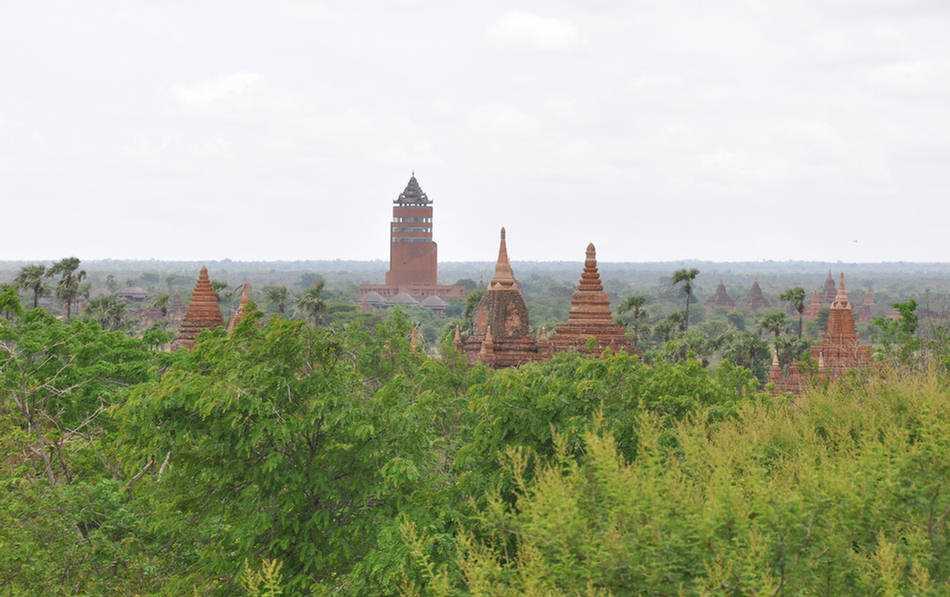

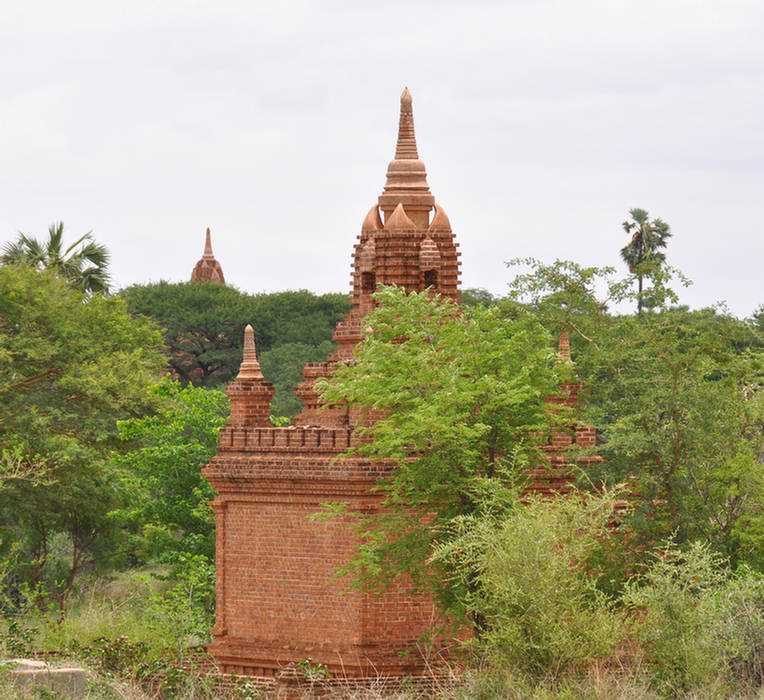
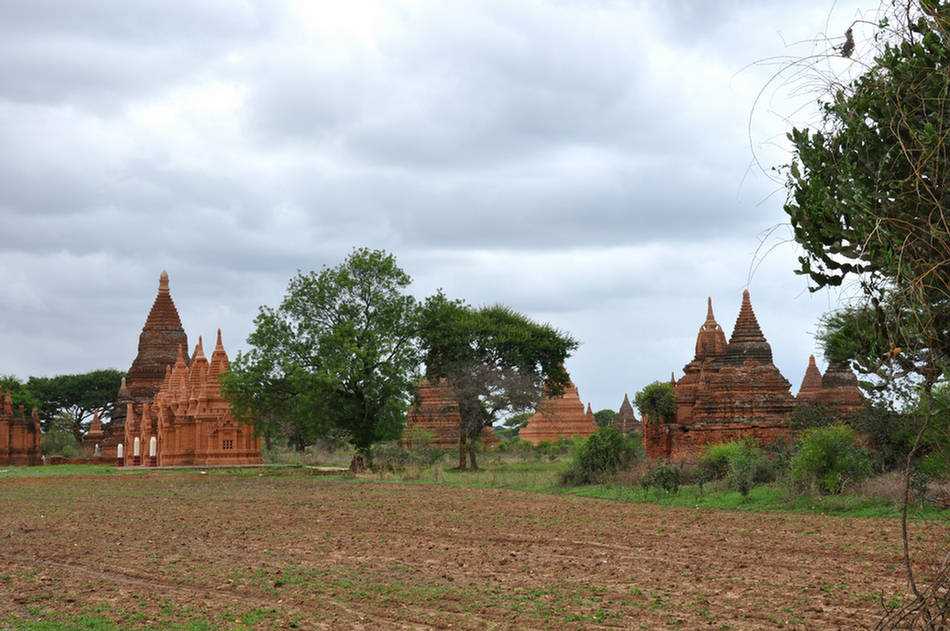
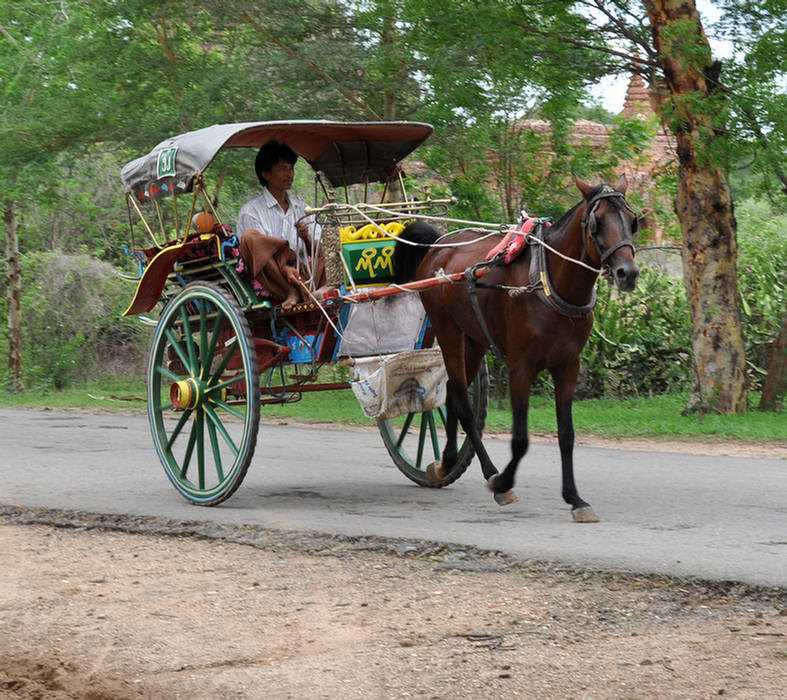
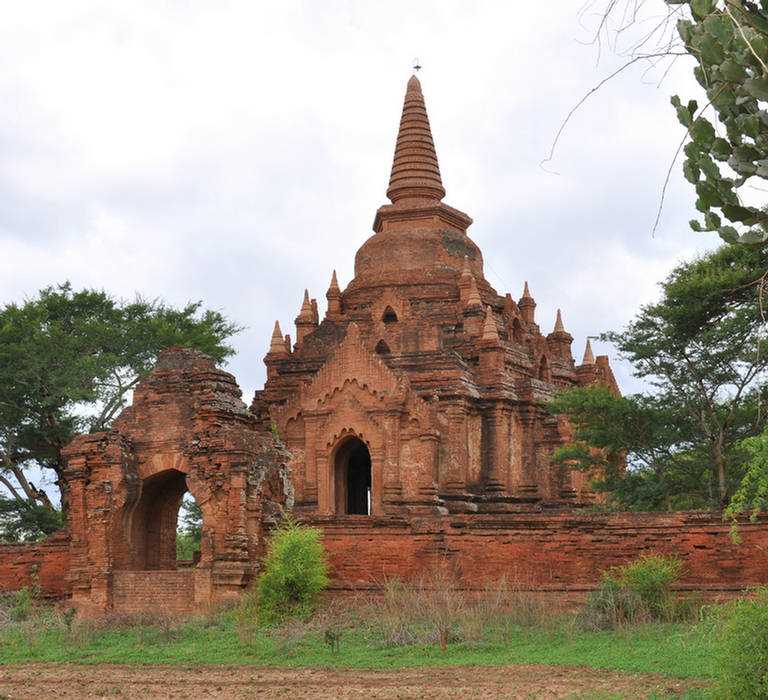
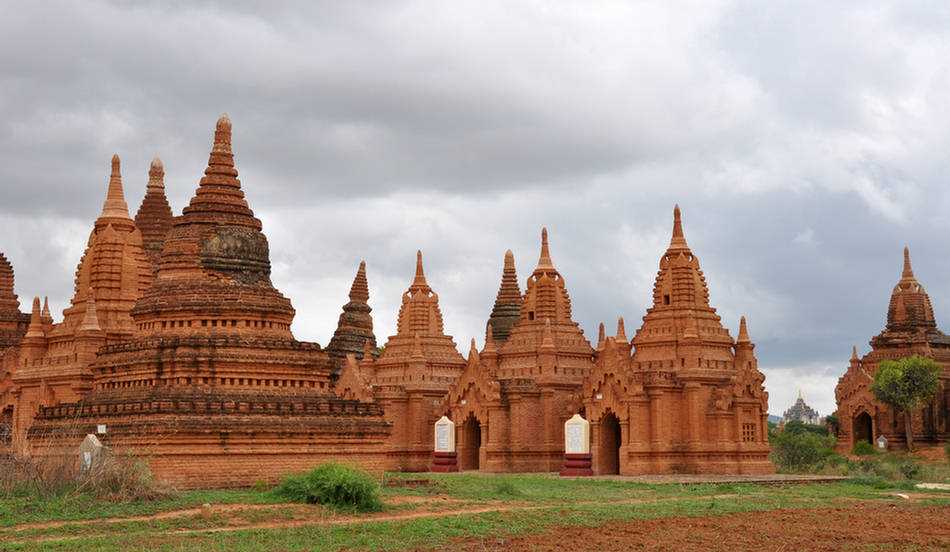

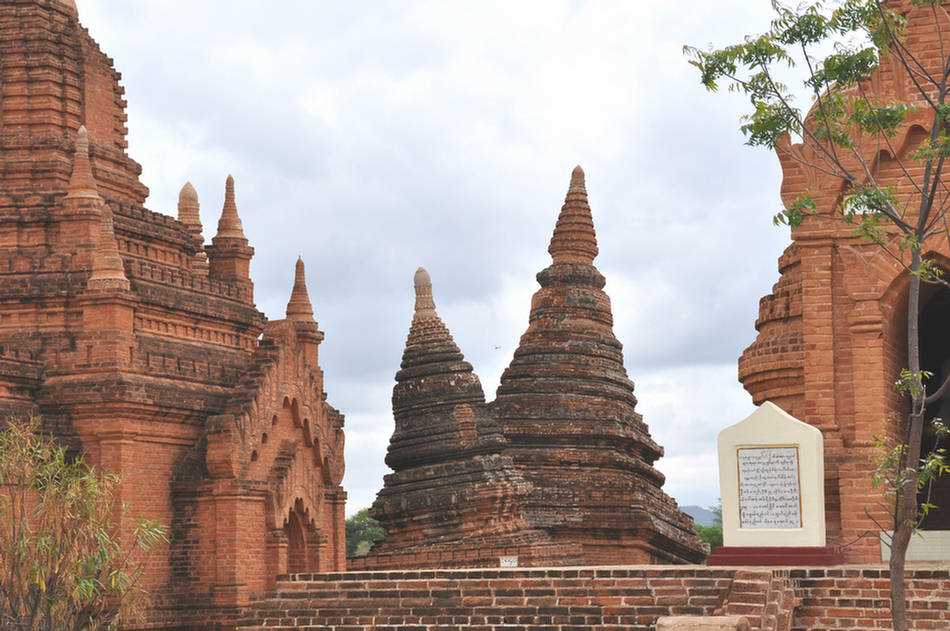
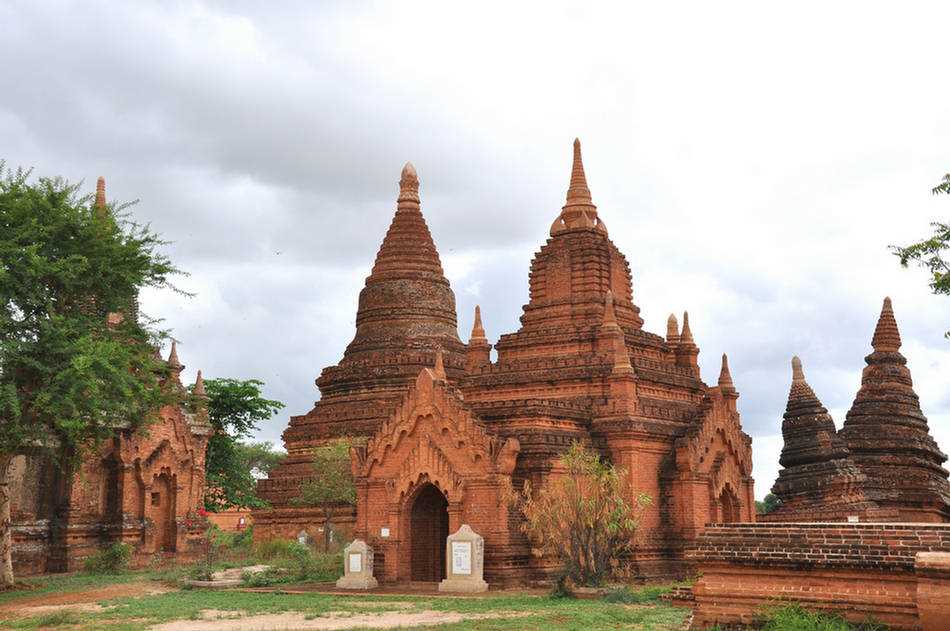

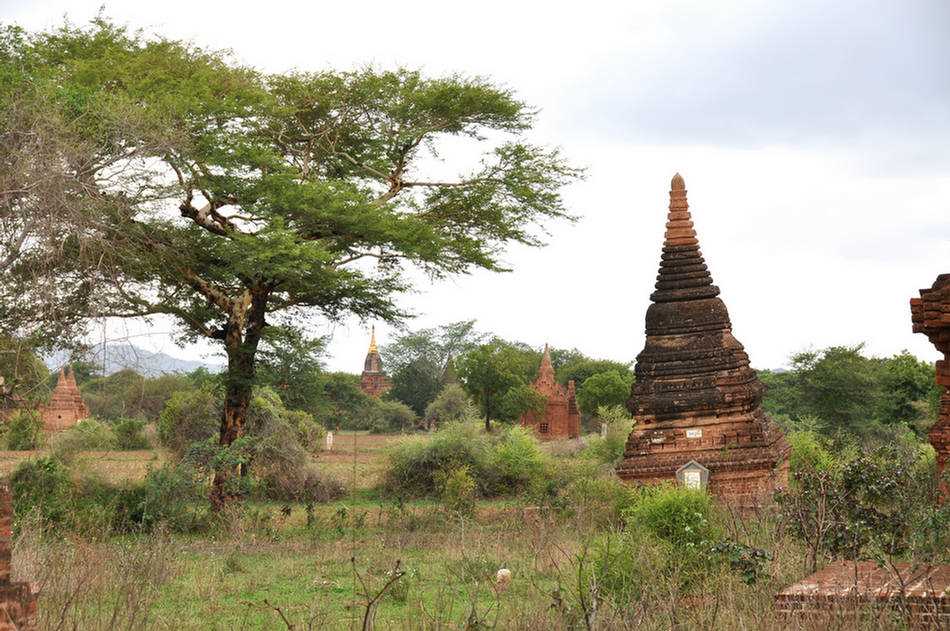
Tapestry remnants on the wall in this temple.
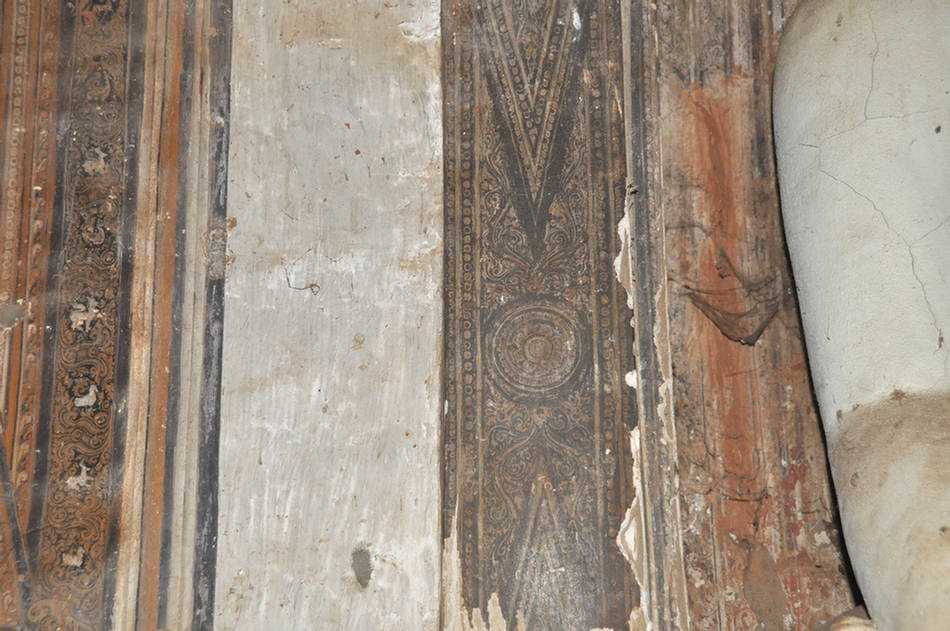
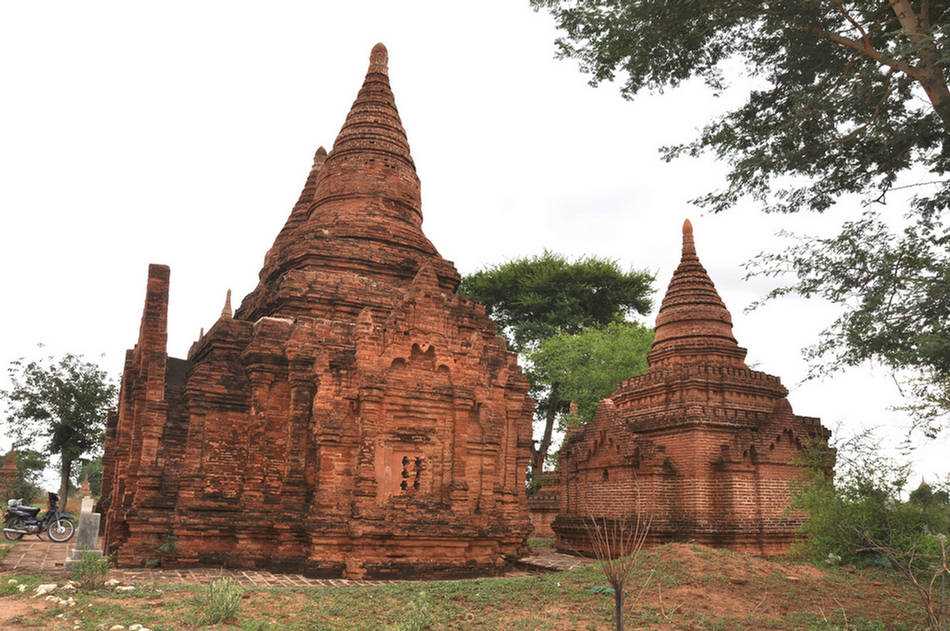
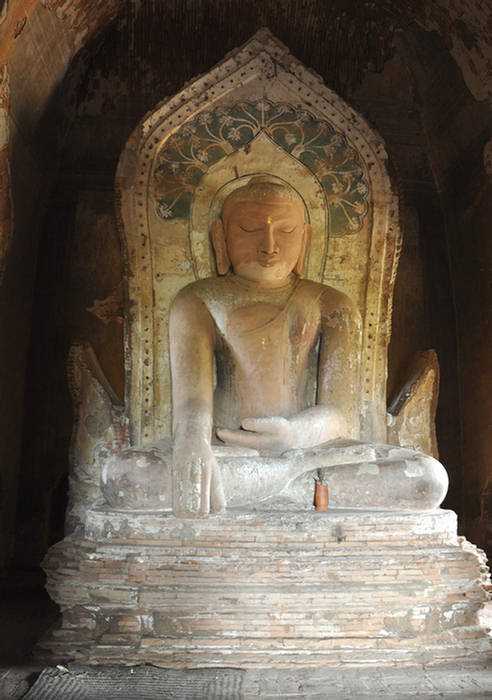

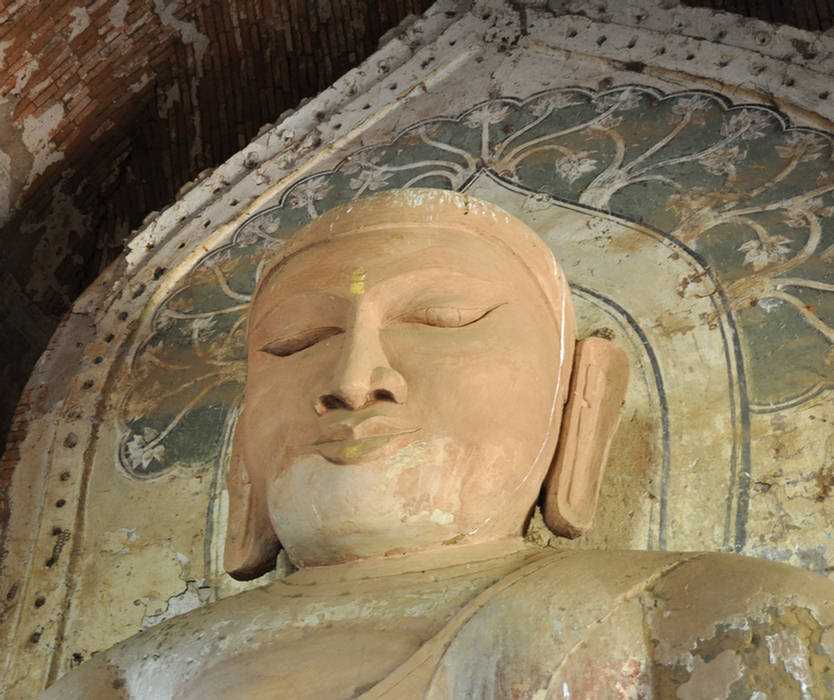



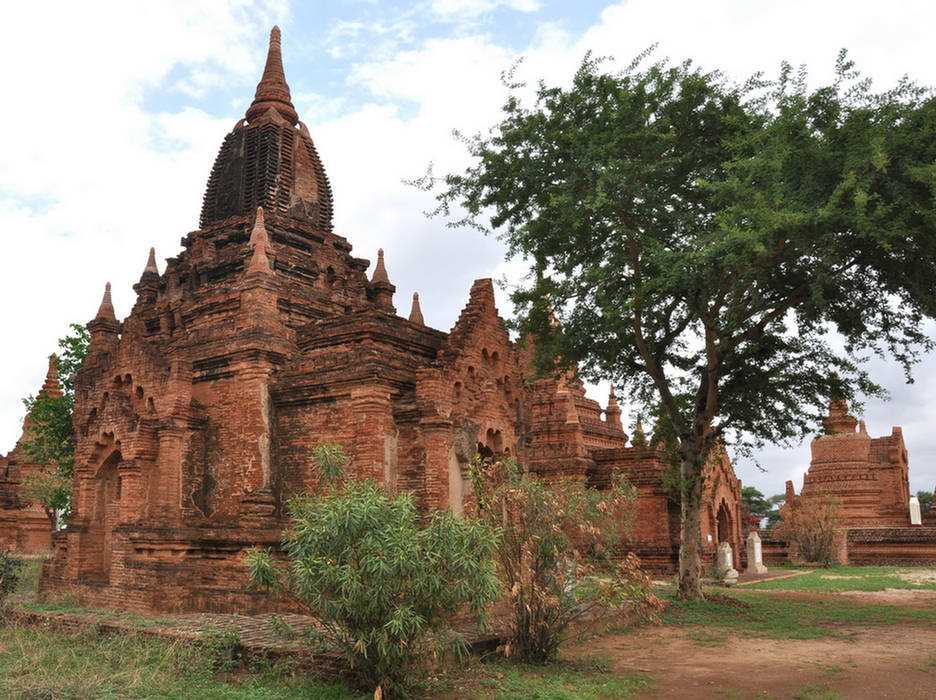
Scenes at Bagan market

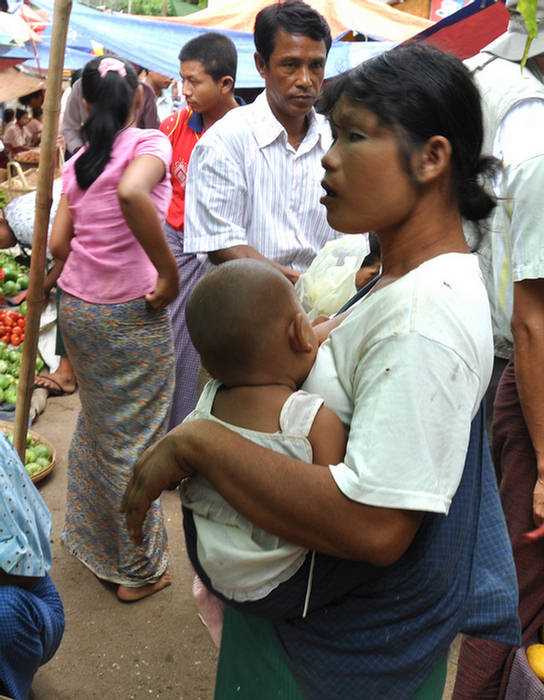
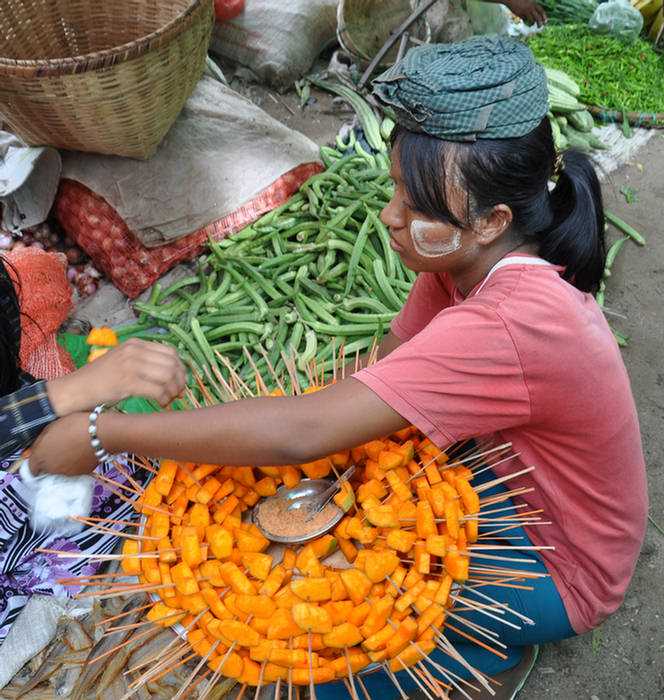
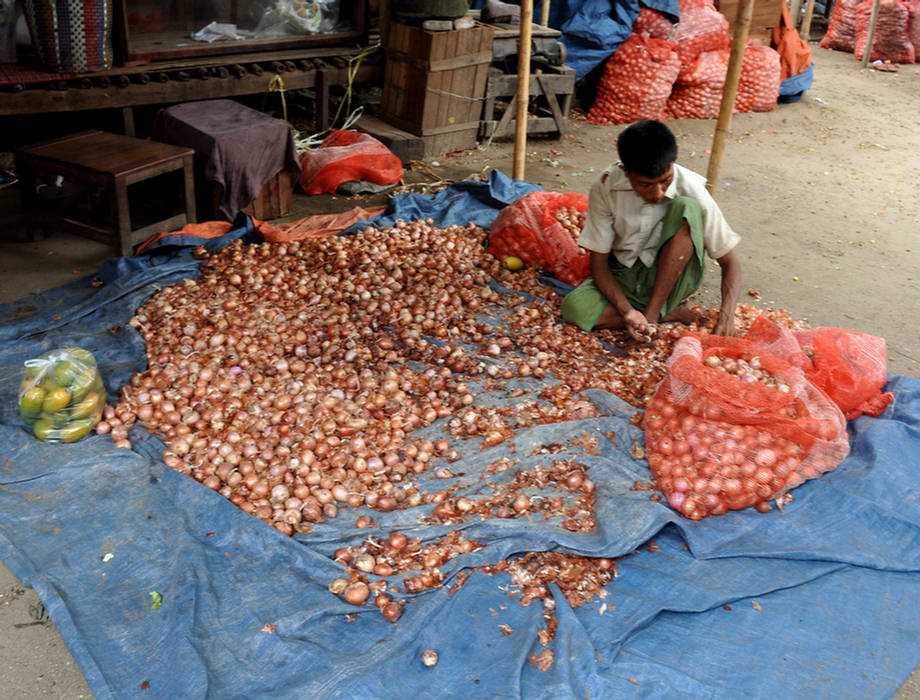

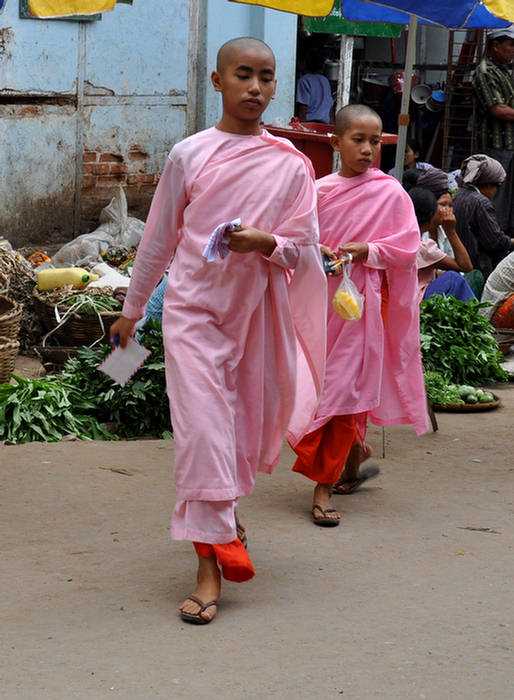



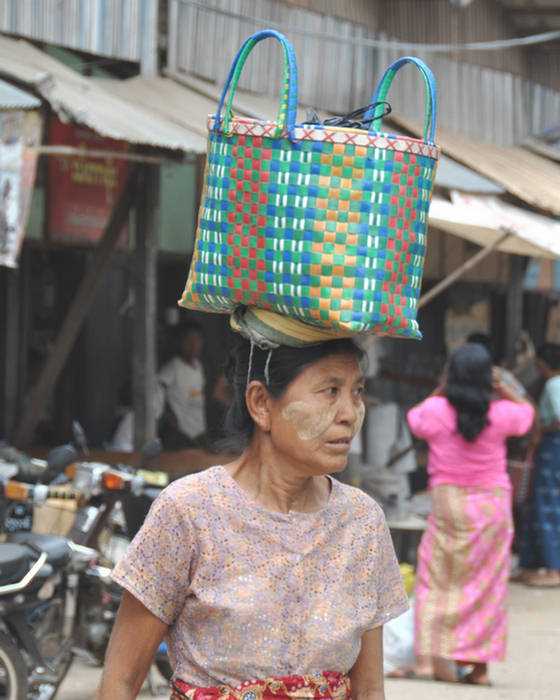
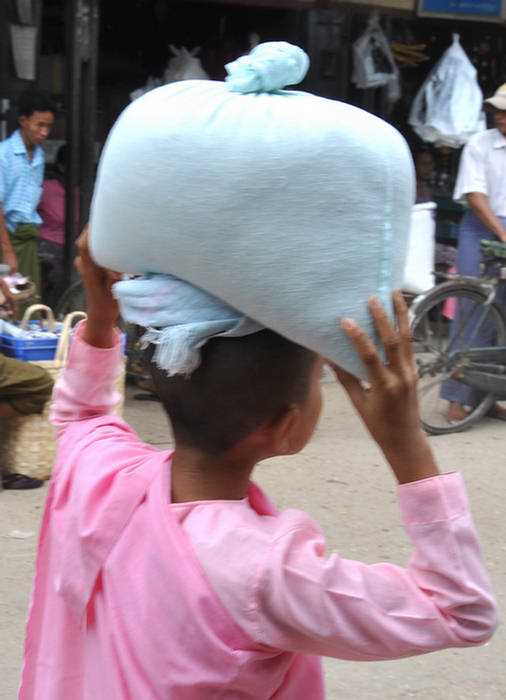
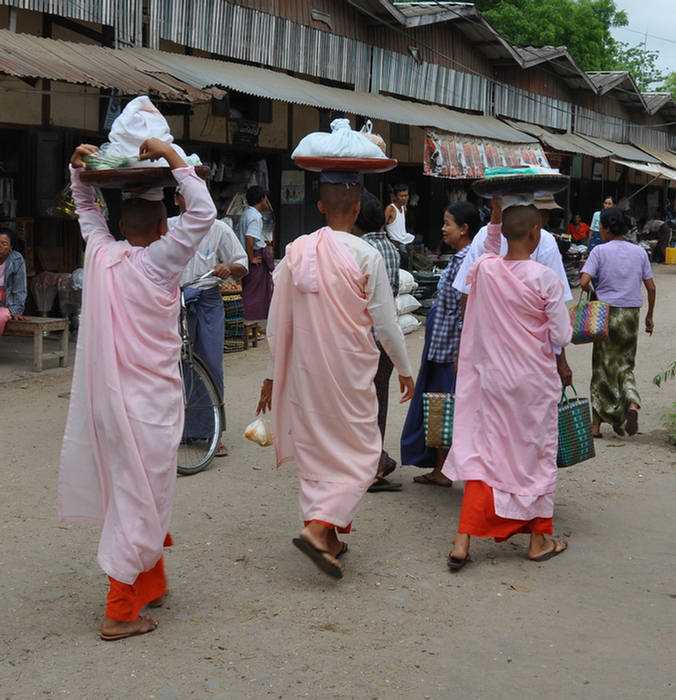

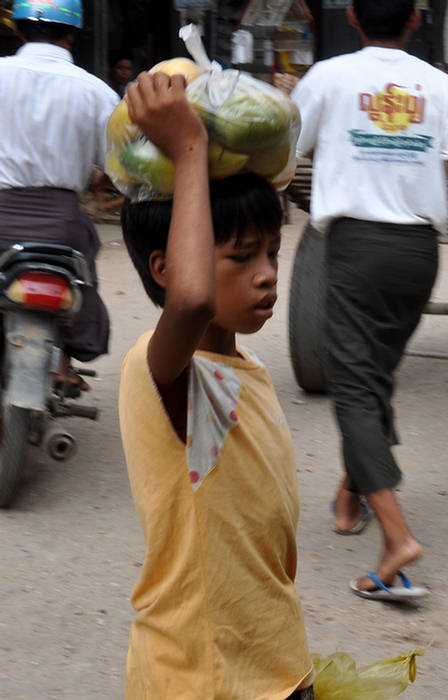
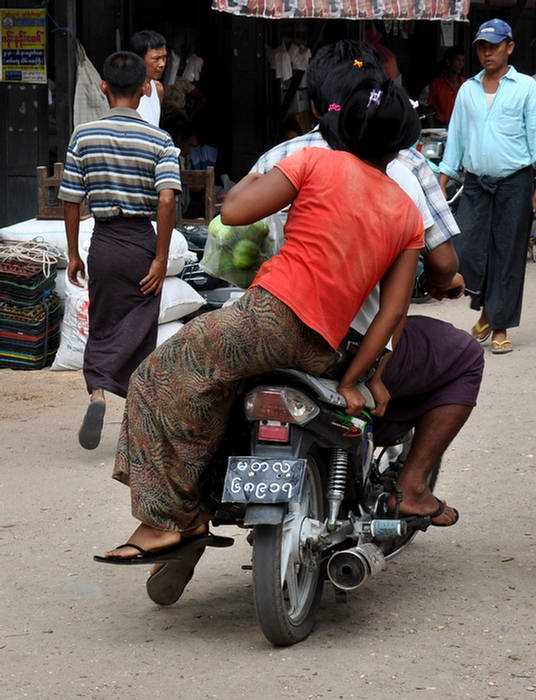
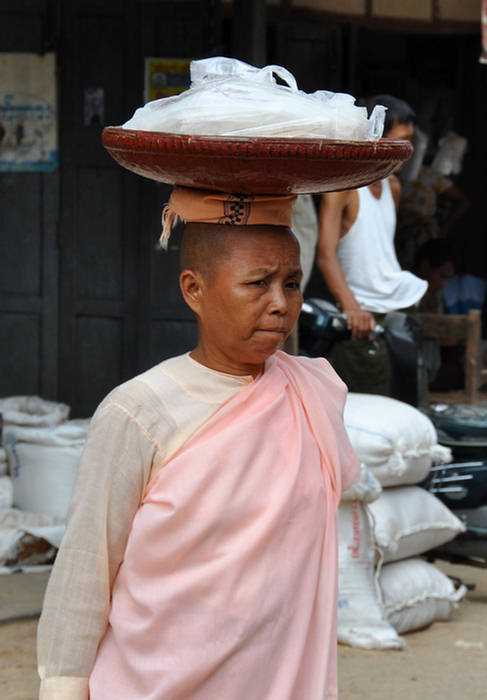


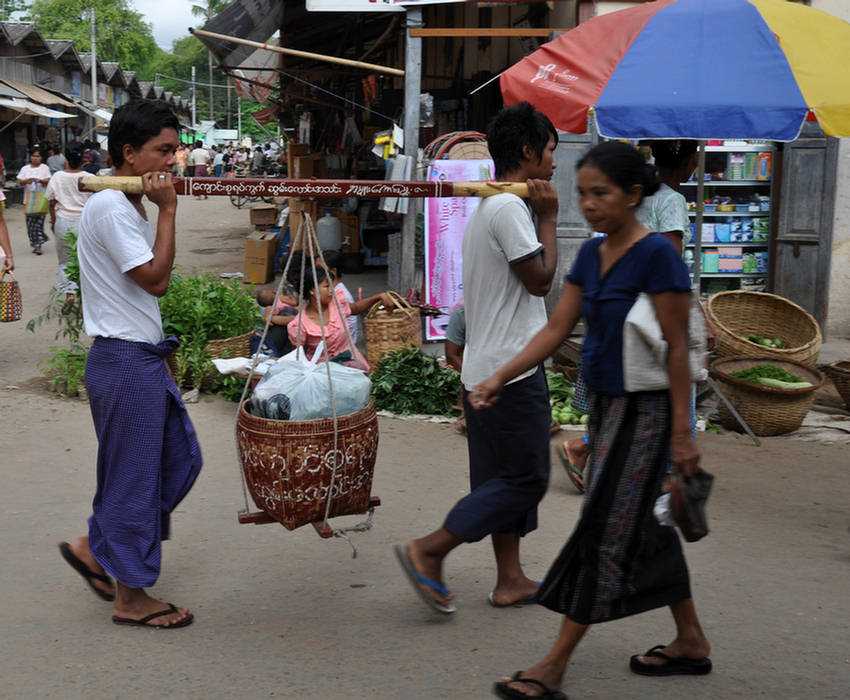
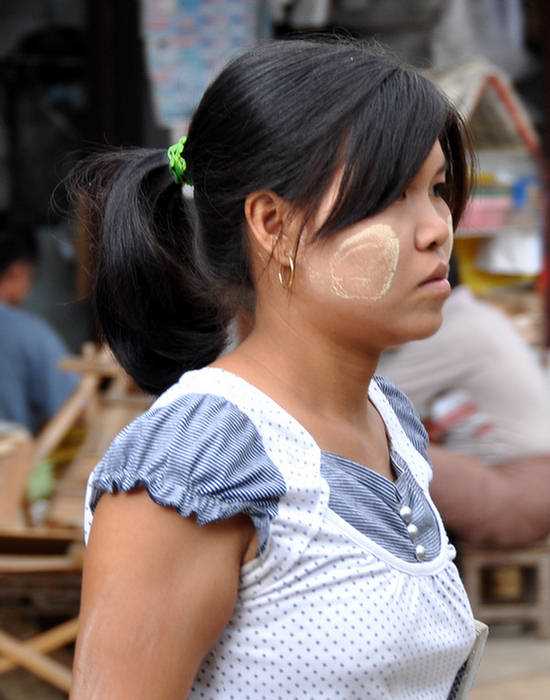
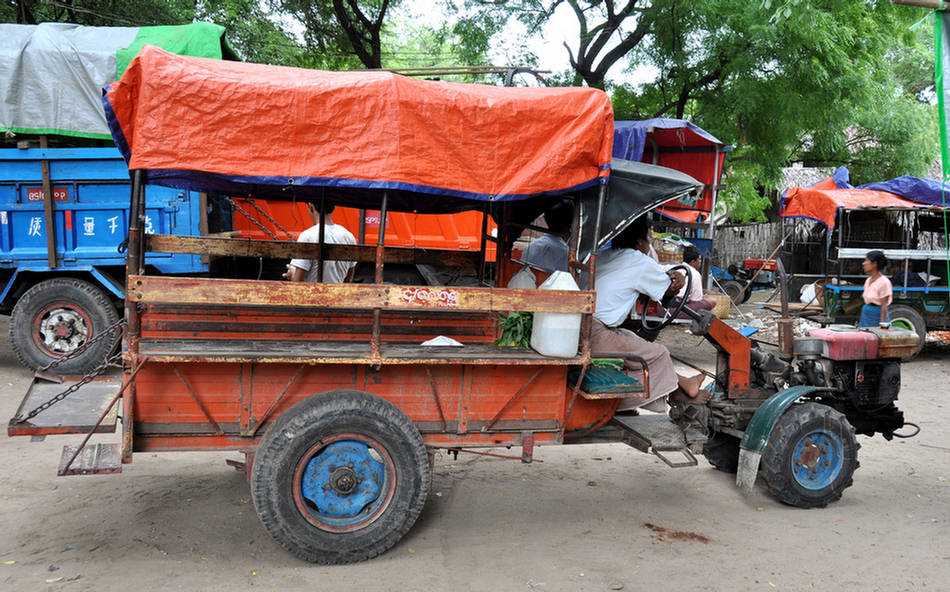
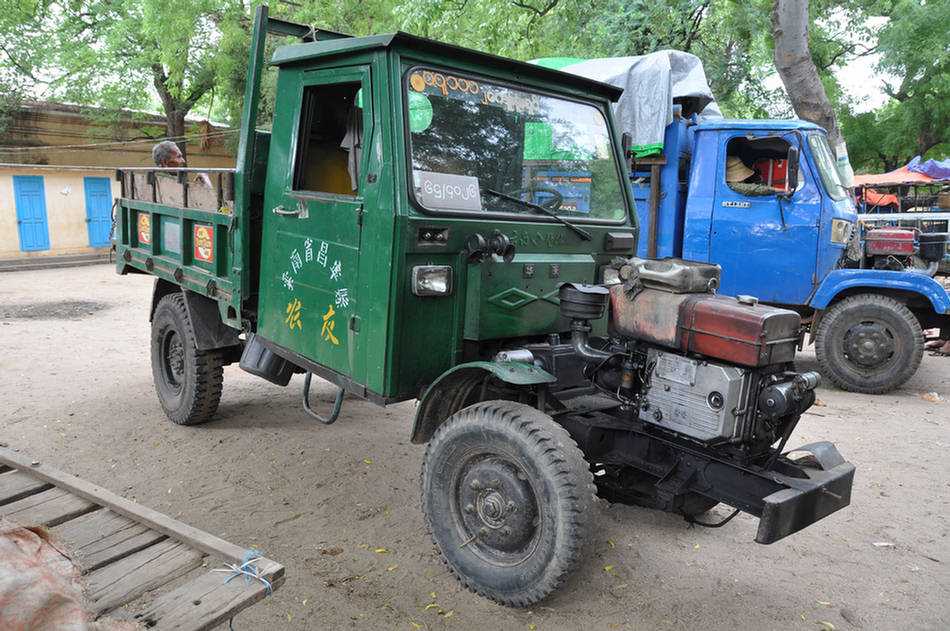
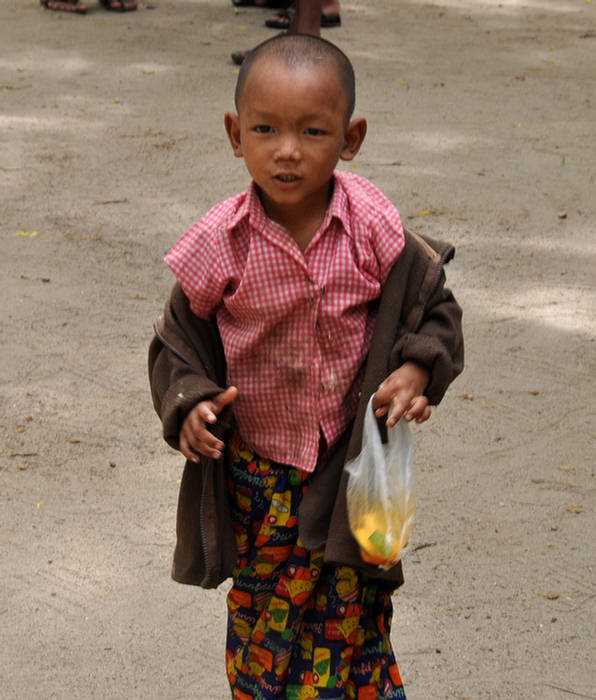
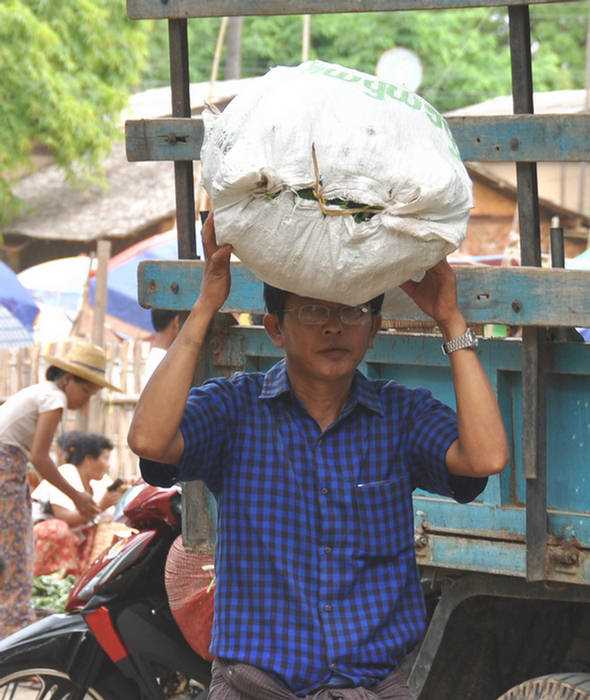
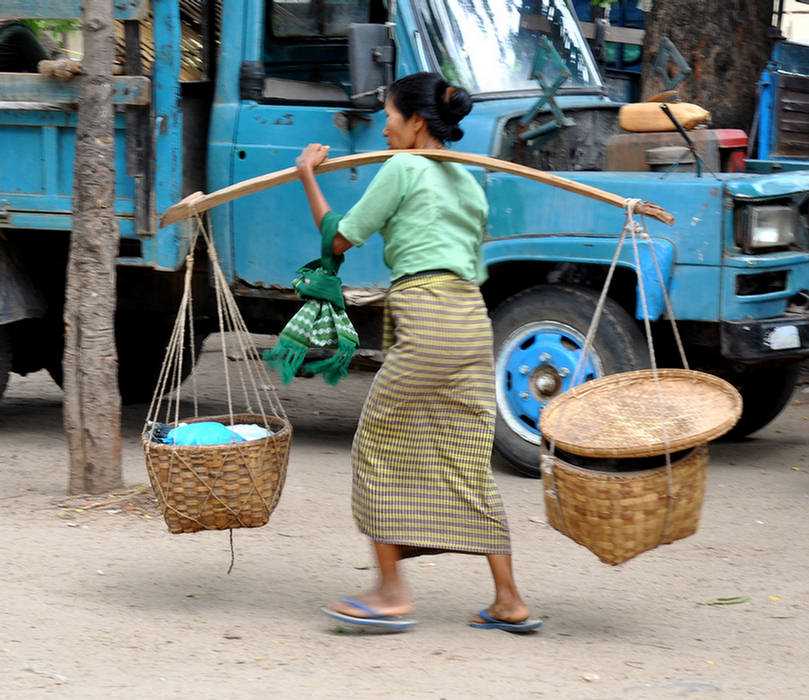
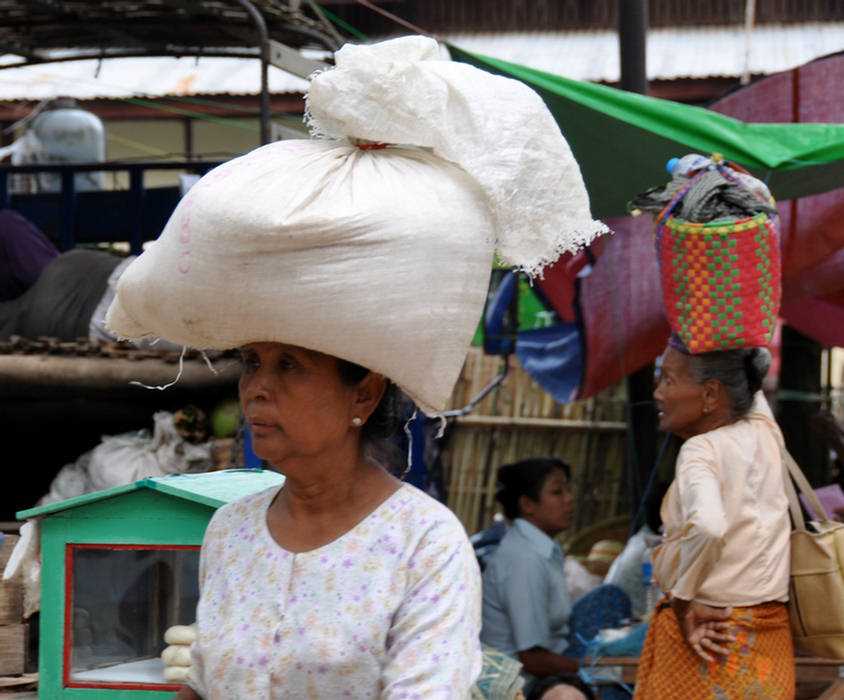
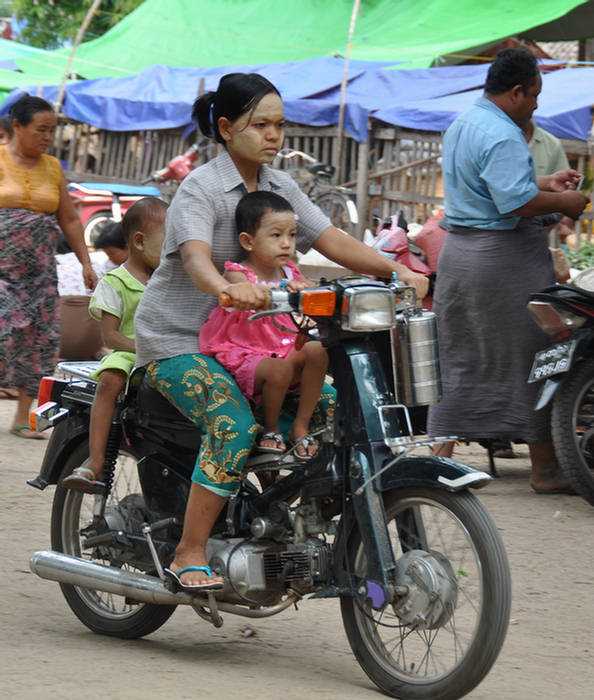
Shwezigon Pagoda
Construction of the Shwezigon Pagoda began during the reign of King Anawratha
and was completed during the reign of King Kyanzittha, in 1102.
The pagoda is believed to enshrine a bone and tooth of Gautama Buddha.
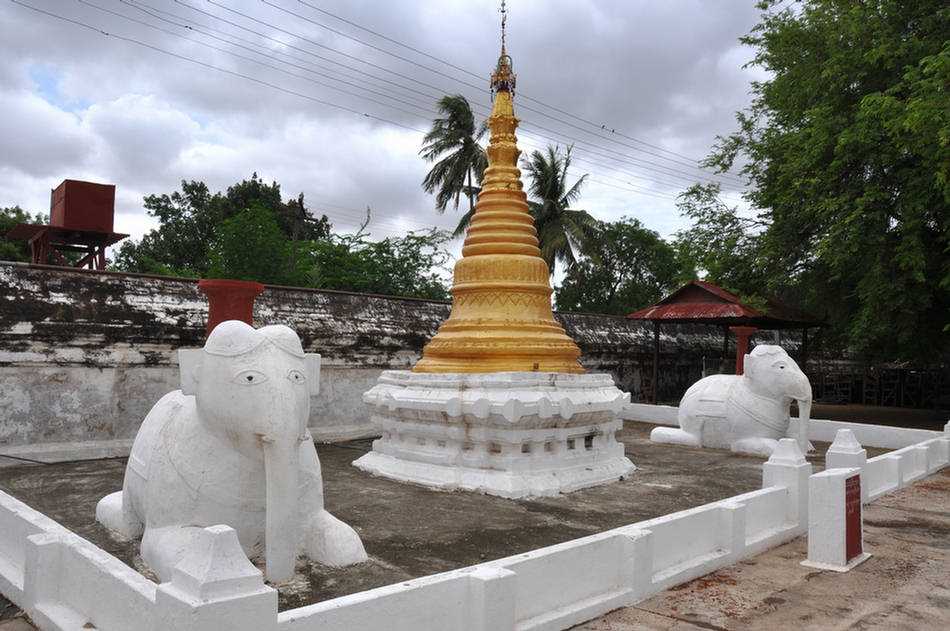

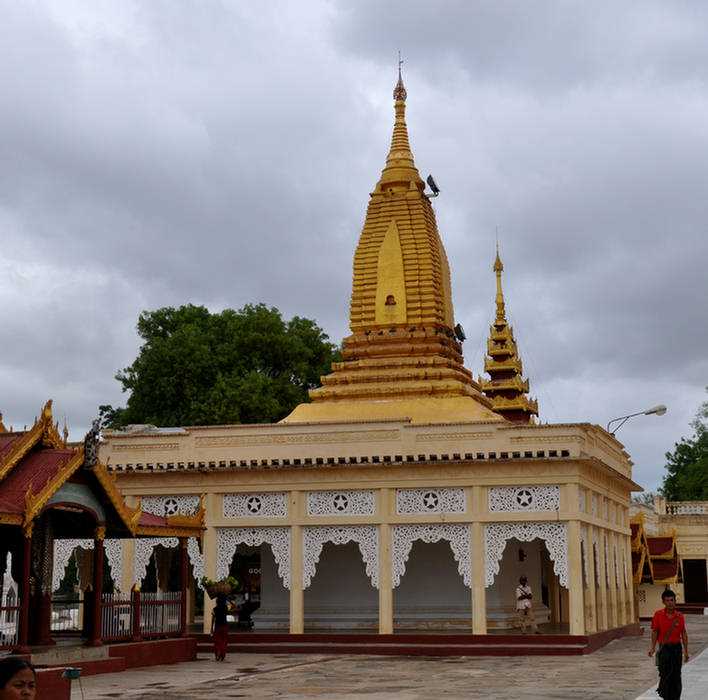

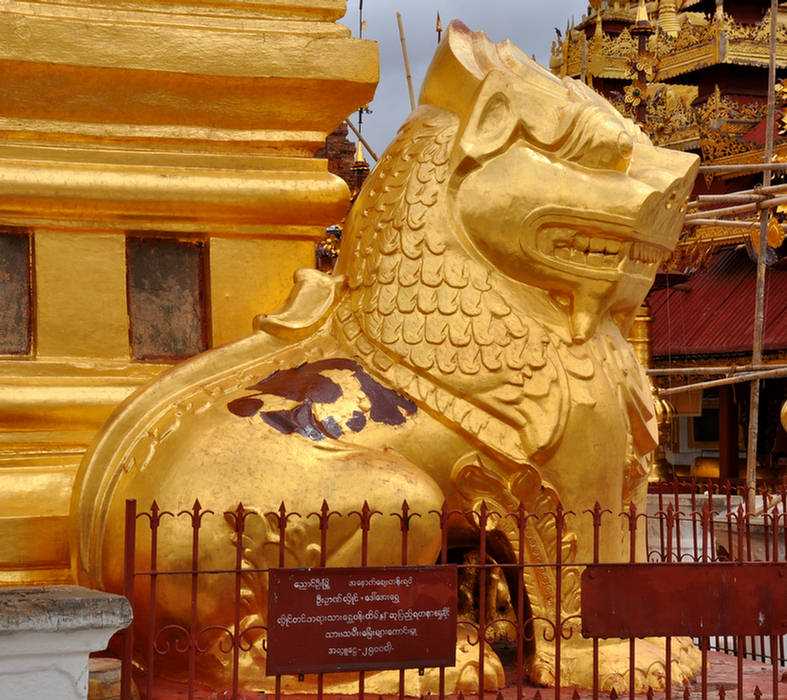
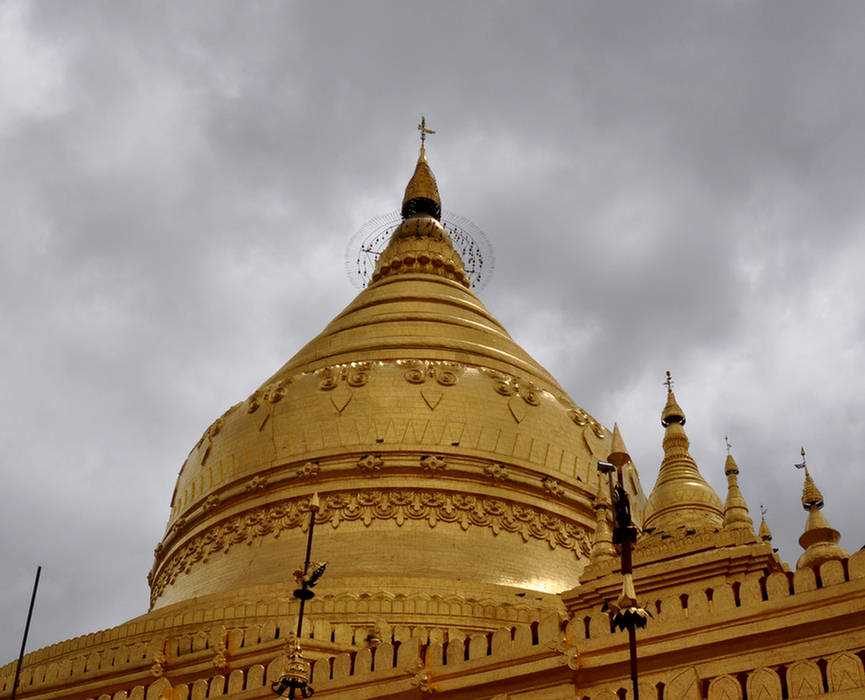
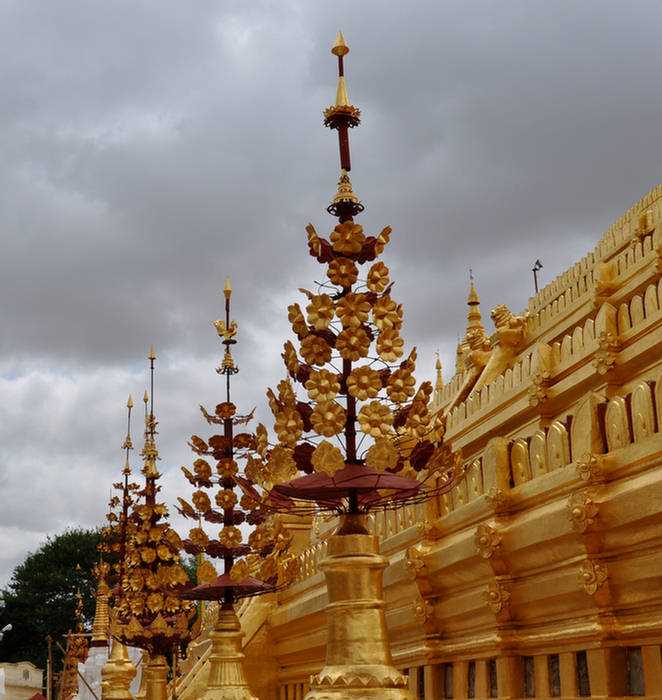





Wetkyi-in Temple, which has an Indian-style spire, was built in the early 1200s.
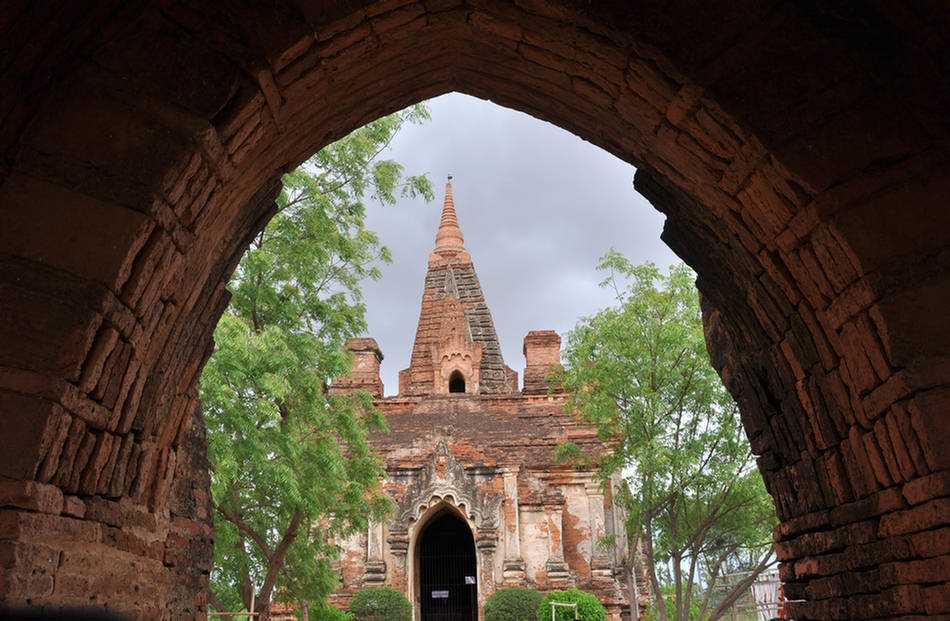
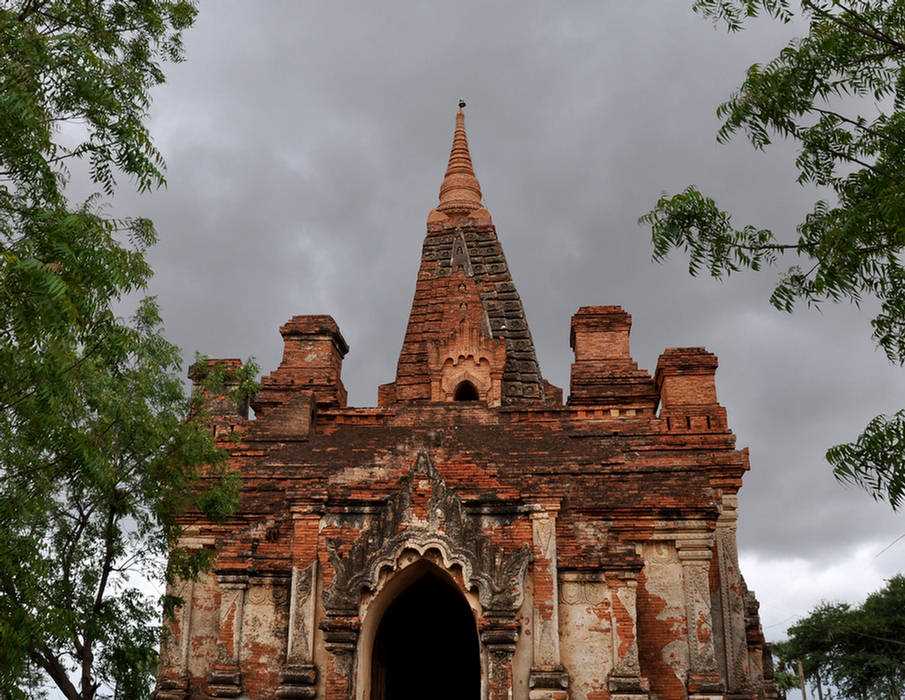
Nwar Pya Gu Temple was also built in the 1200s.
We were able to climb it for the view over the Bagan plain.


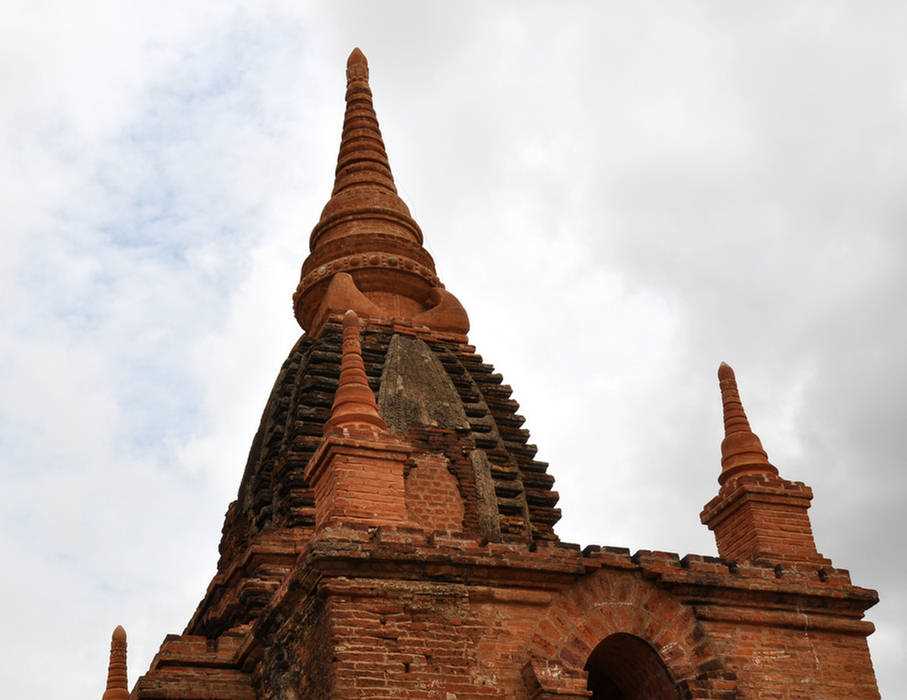
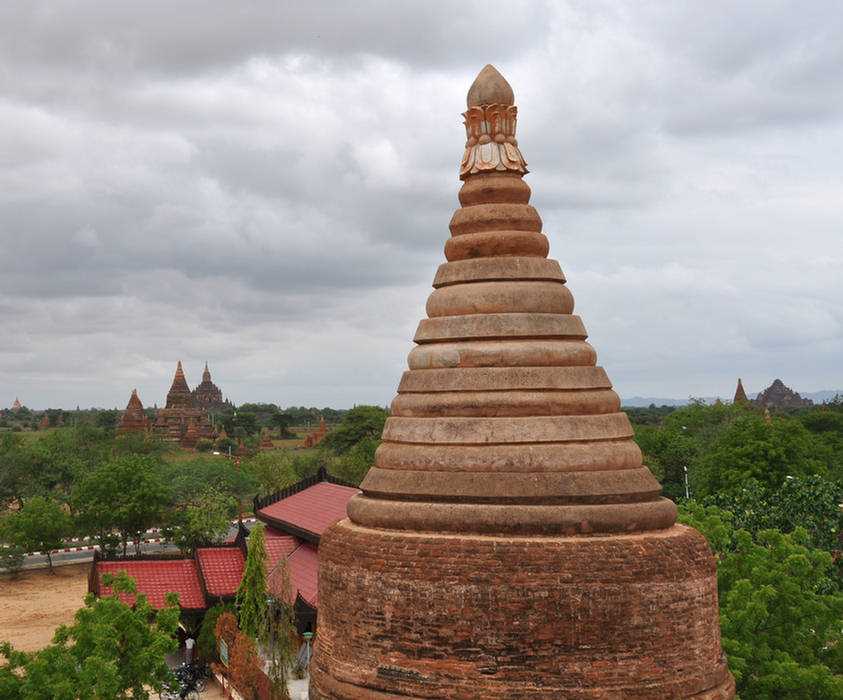




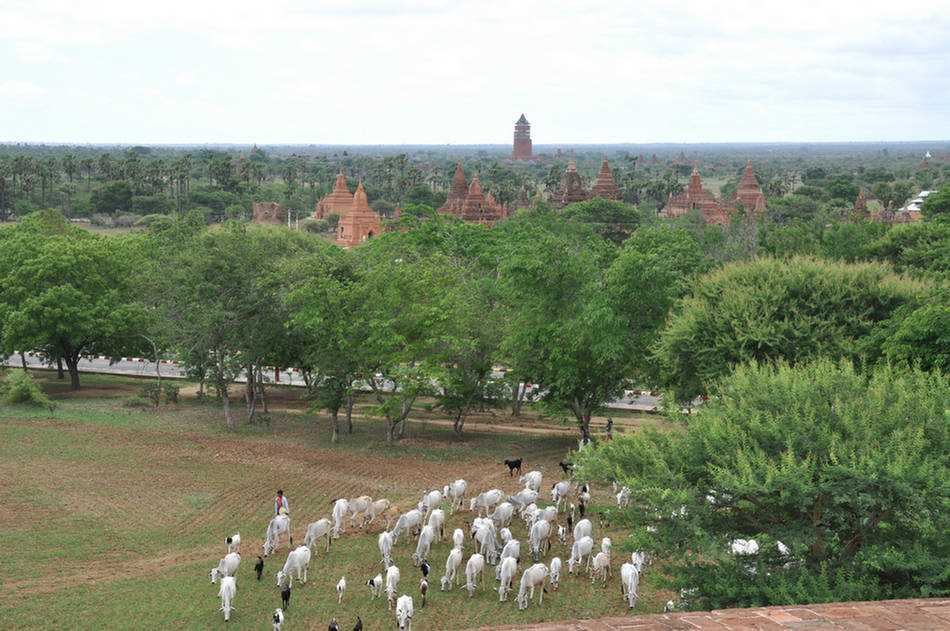

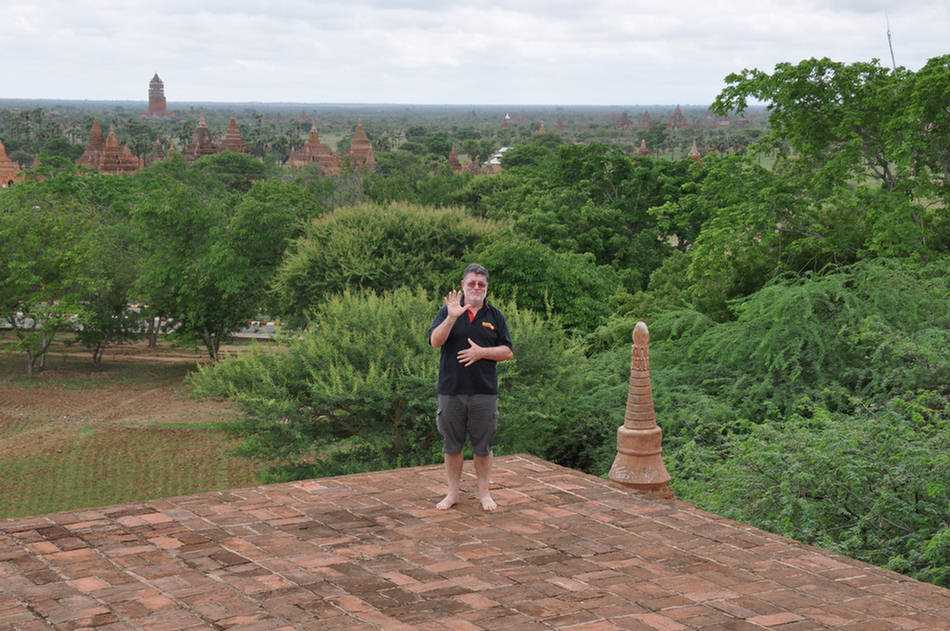



Htilo Min Lo Temple
This large temple was built by King Nantaungmya in 1218.

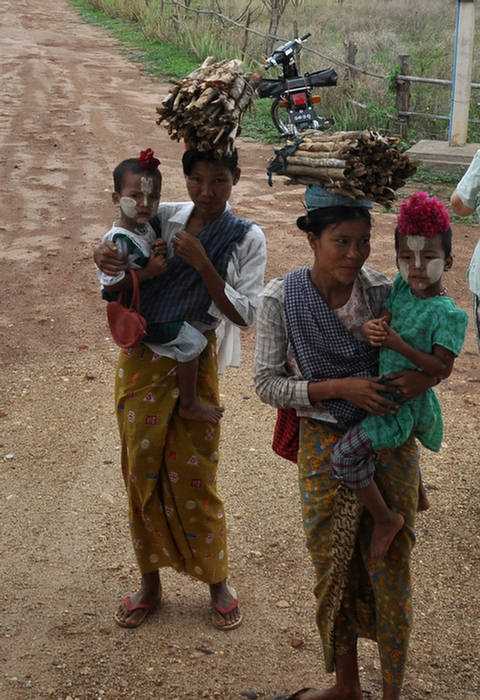


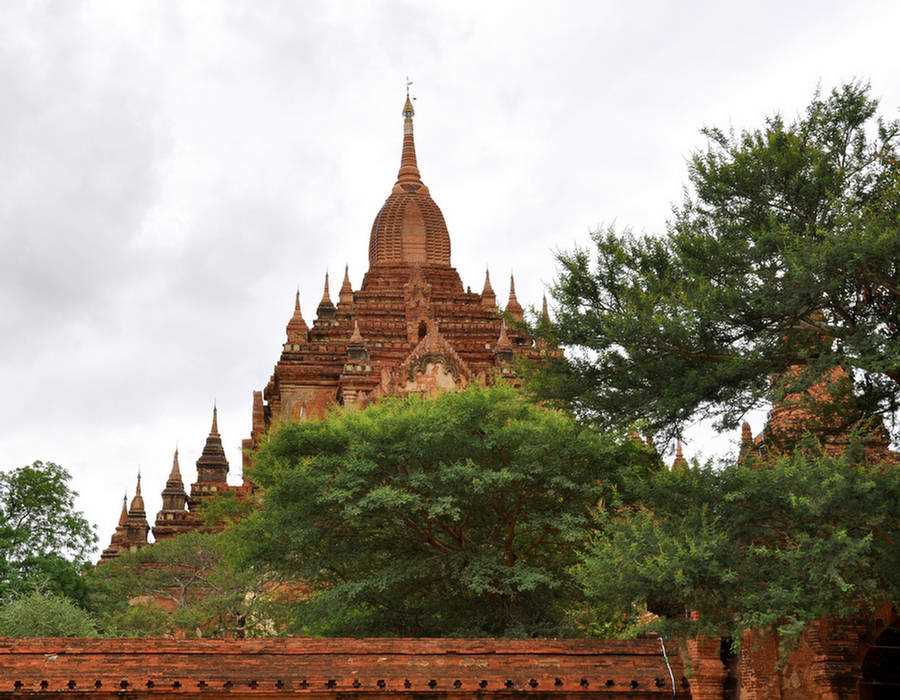
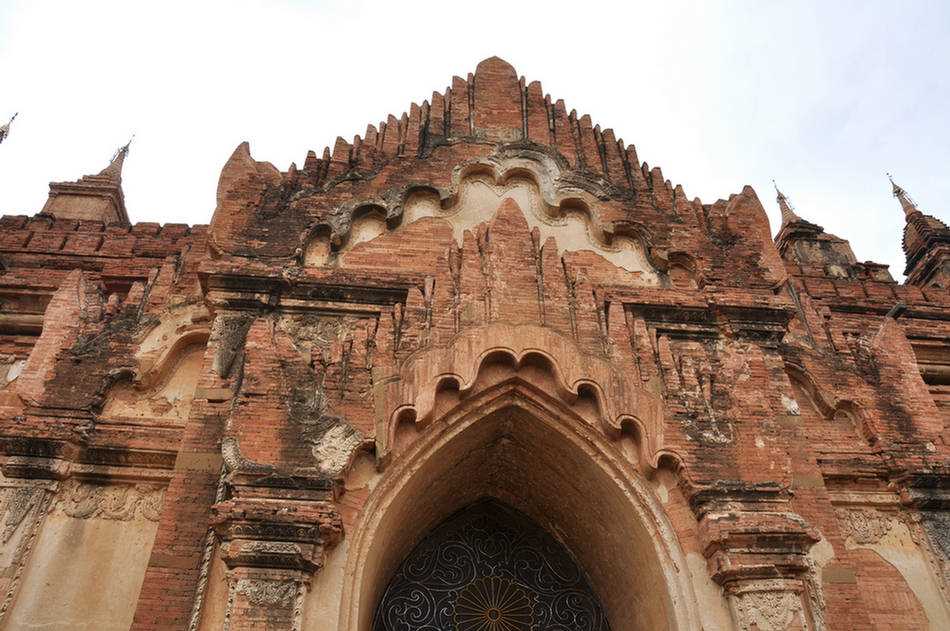
Nyi Nyi, our tour leader, pointing out a fertility Buddha.

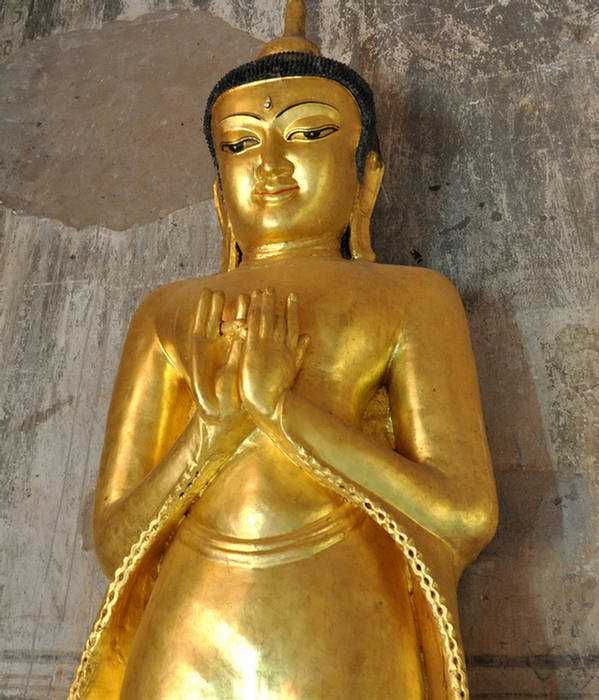
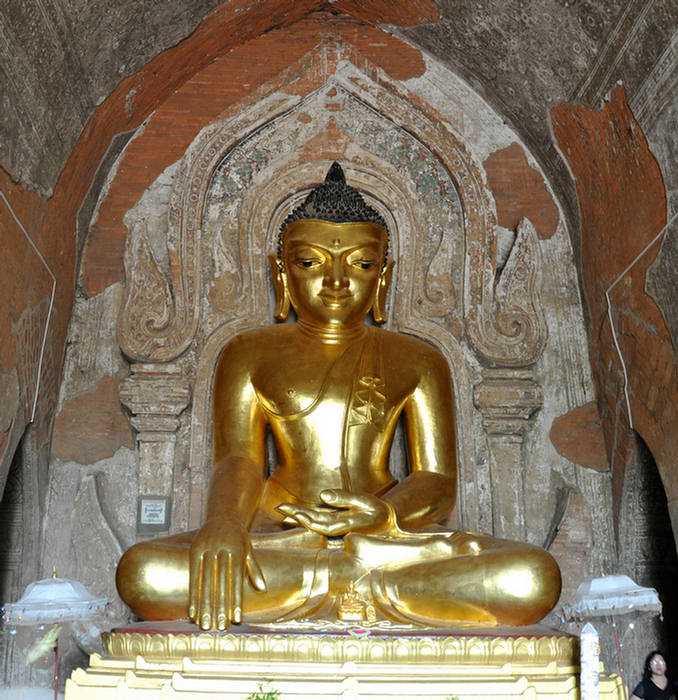
There were some intricate plaster carvings inside the temple.


As well there were inticate carvings on the exterior sandstone.
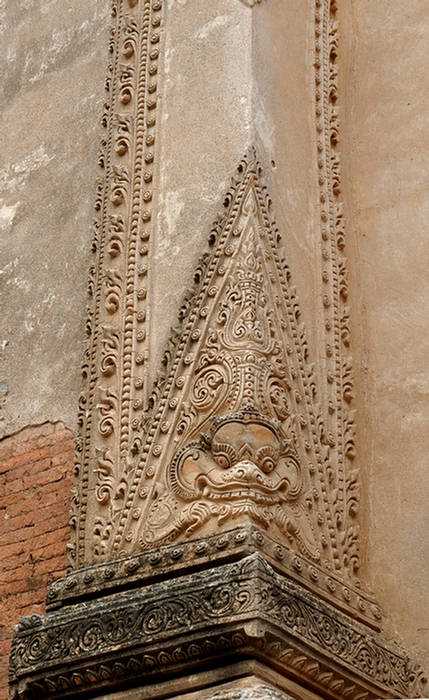

We had a pleasant lunch at a restaurant overlooking the Ayeyarwady River.



Making lacquer boxes and other gifts.
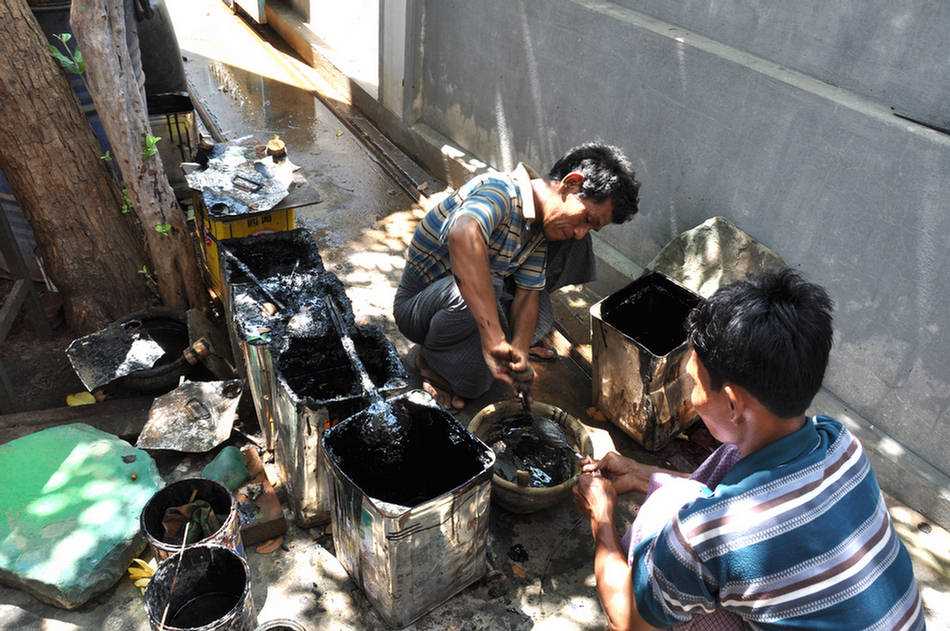



Rubies everywhere ...


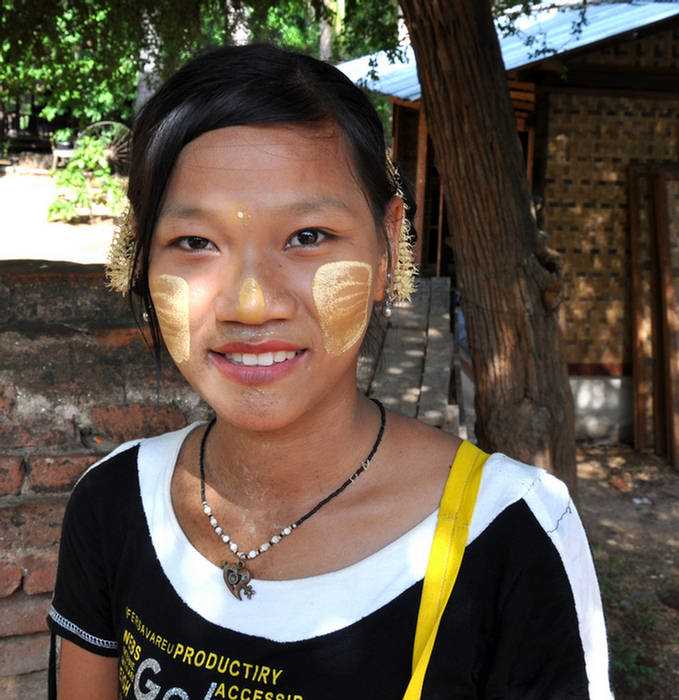
An old reprobate with some new friends in Bagan.
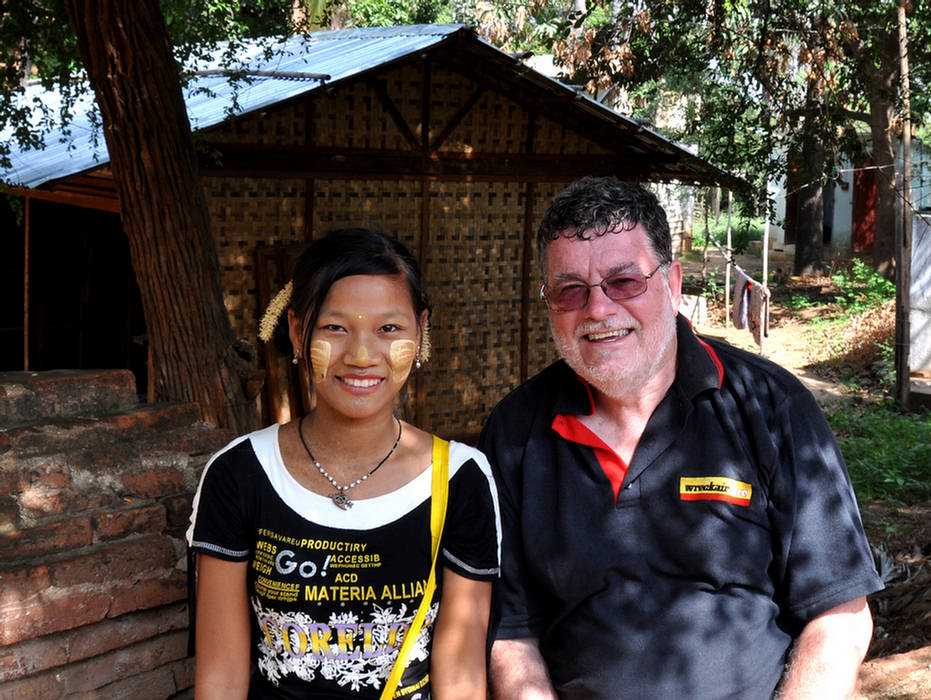
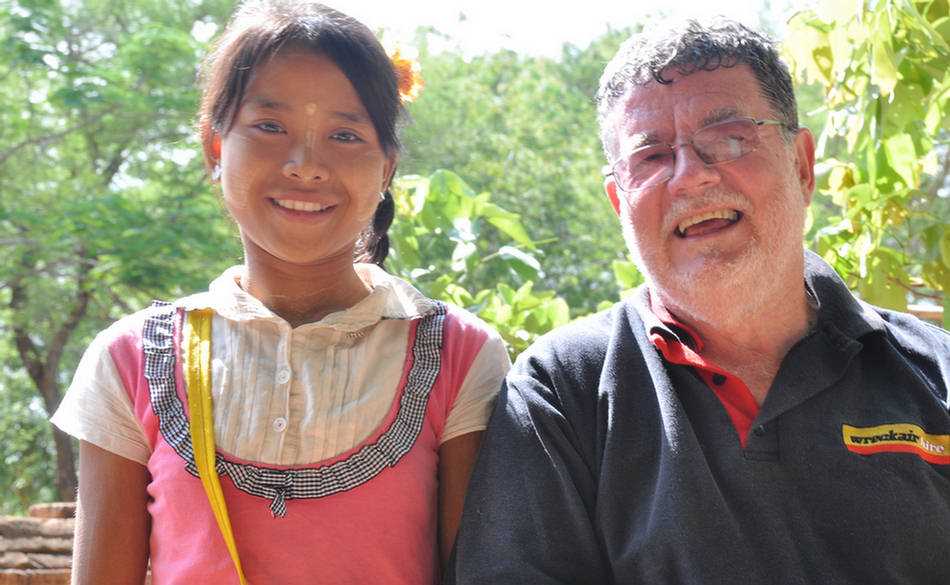

More temples, pagodas and stupas on the Bagan plain.
Temples are hollow usually with Buddhas inside.
Pagodas are solid structures with terraces.
Stupas are pagodas without terraces.
Manuha Temple.
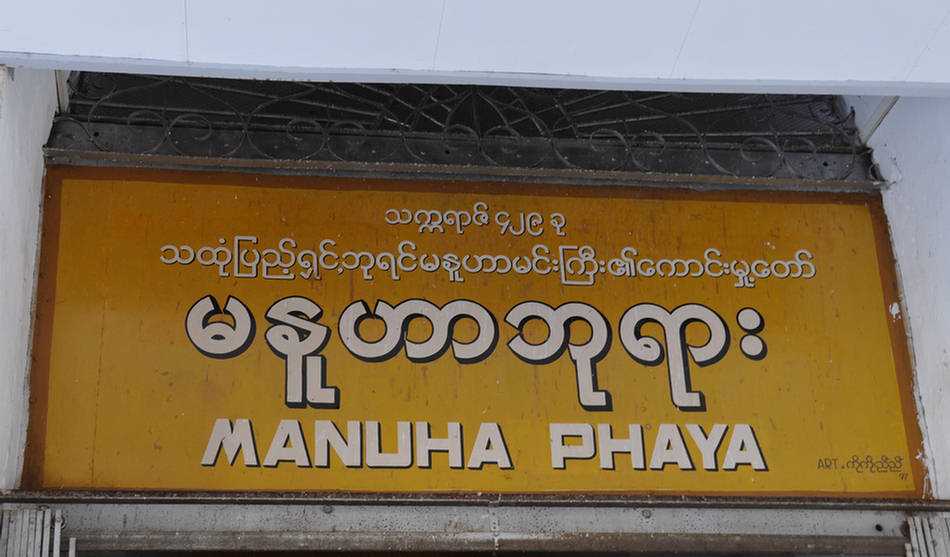

This temple was built in 1059 by a Mon king named Manuha, who had been defeated
and brought to Bagan as a captive by Anawrahta.
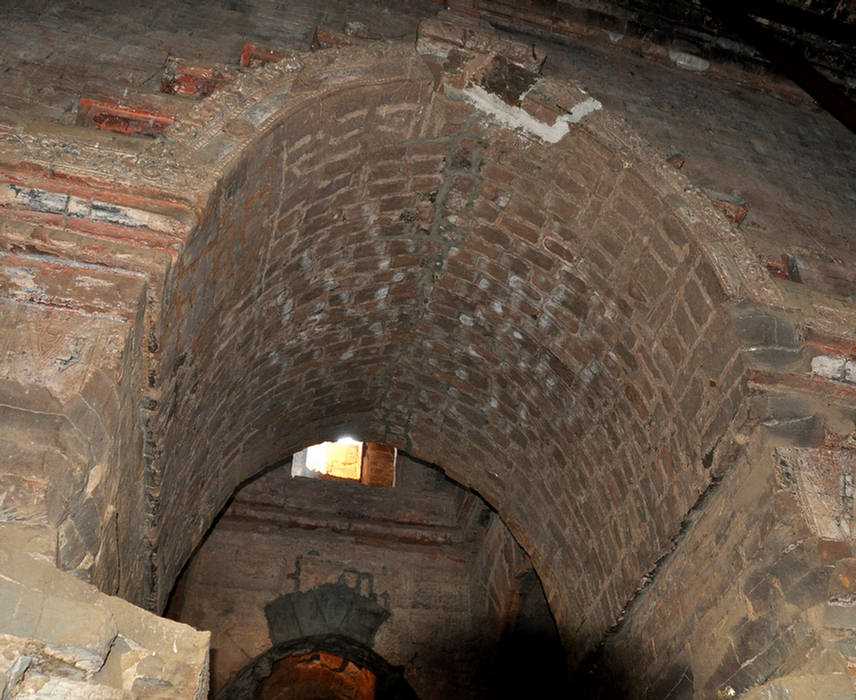
Legend has it that Manuka constructed this temple to represent his displeasure at captivity.
There are bronze Buddhas on the pillars.

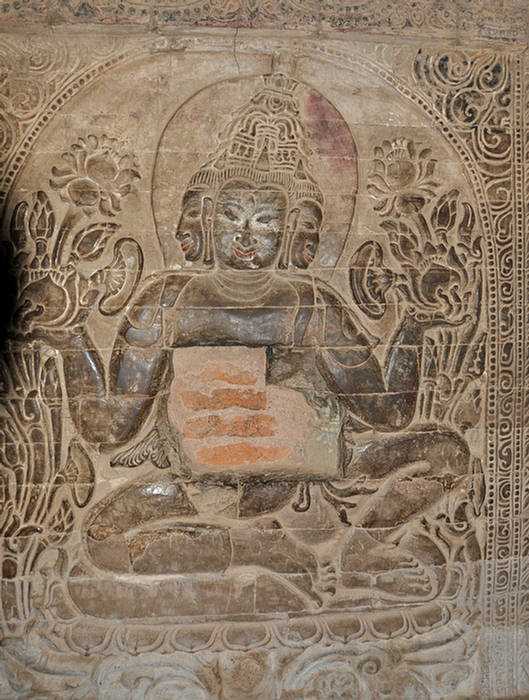
There is a huge reclining Buddha which seems too large for its enclosure
and said to represent the distress of the captive king.
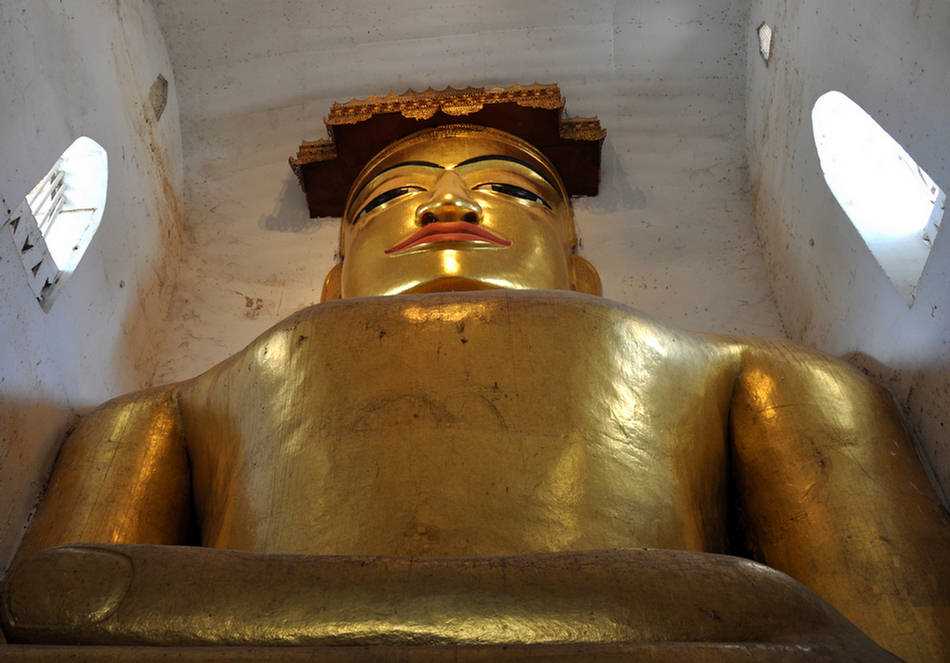
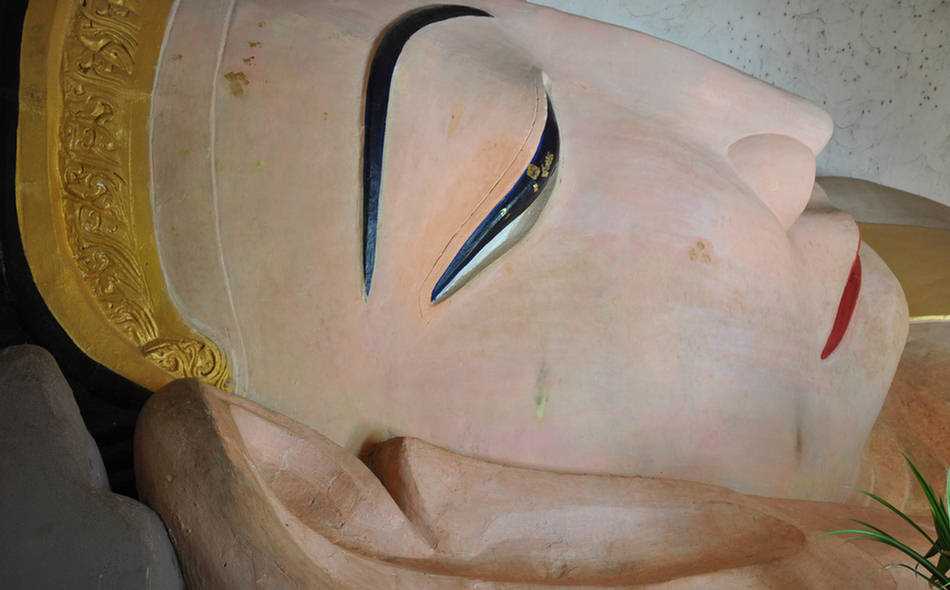
It is said that the reclining Buddha, in the act of entering Nivana has a smile on its face,
showing that for Manuka, only death was a release from his suffering.


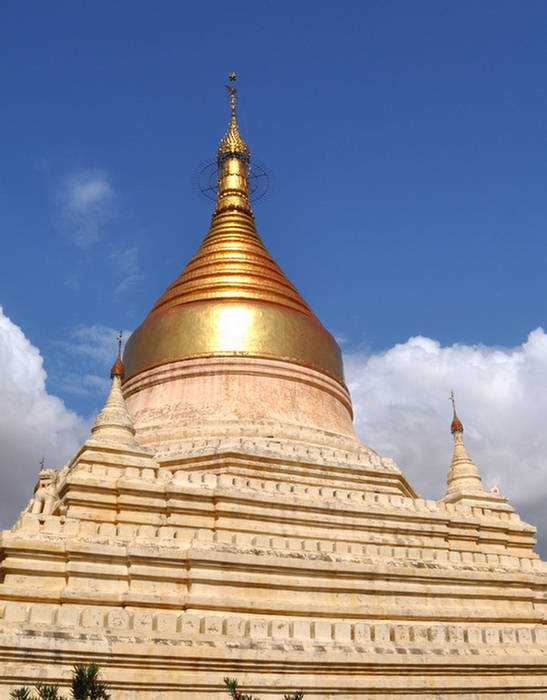
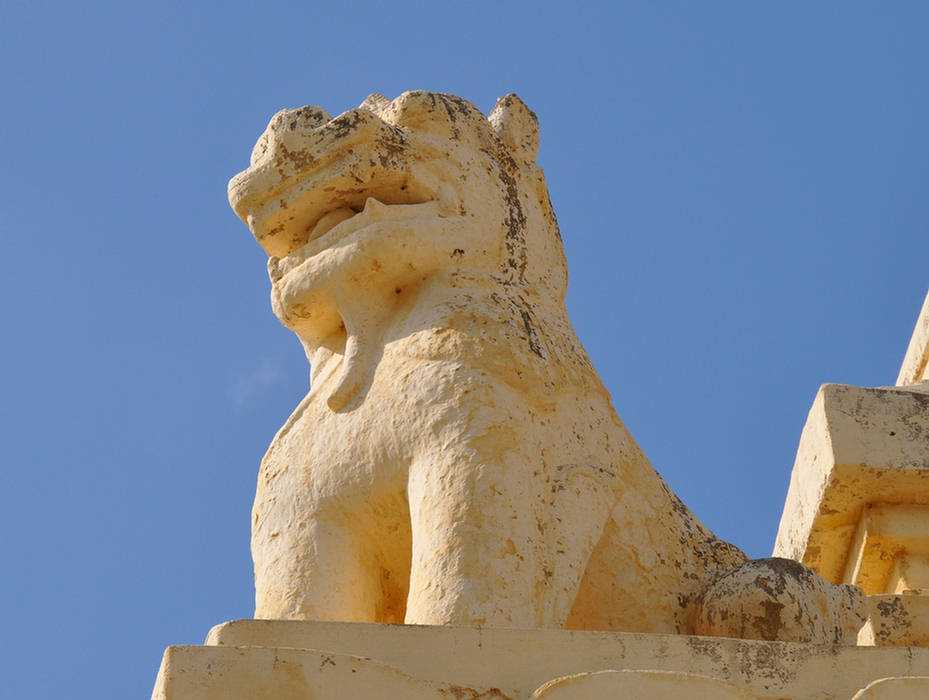

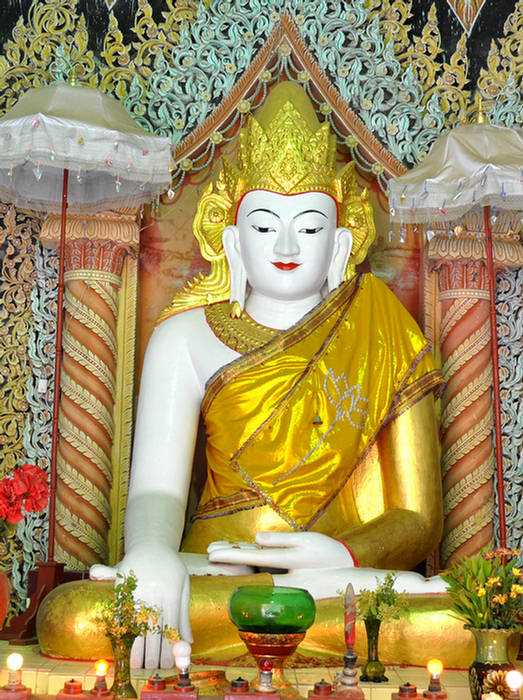
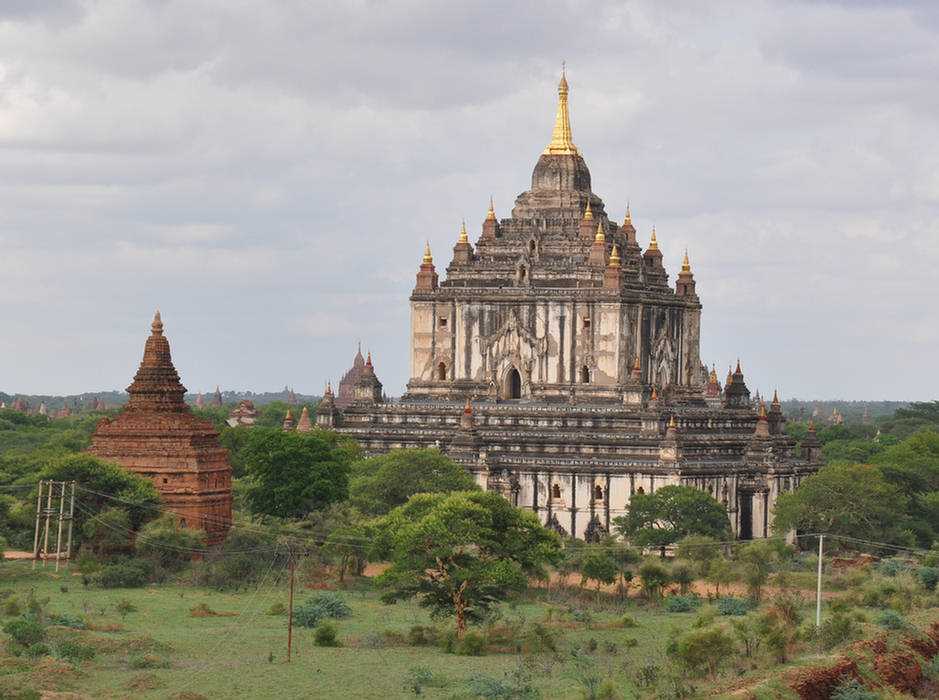


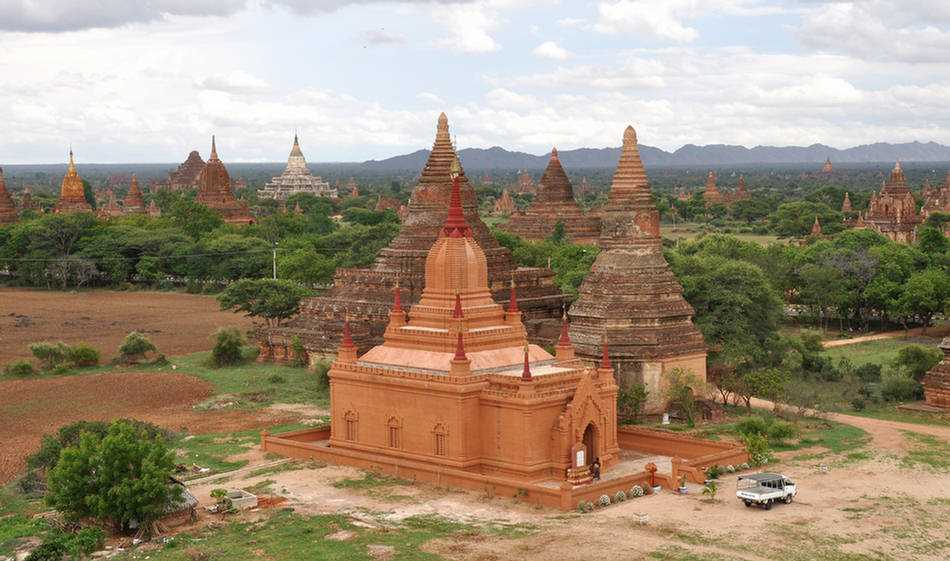
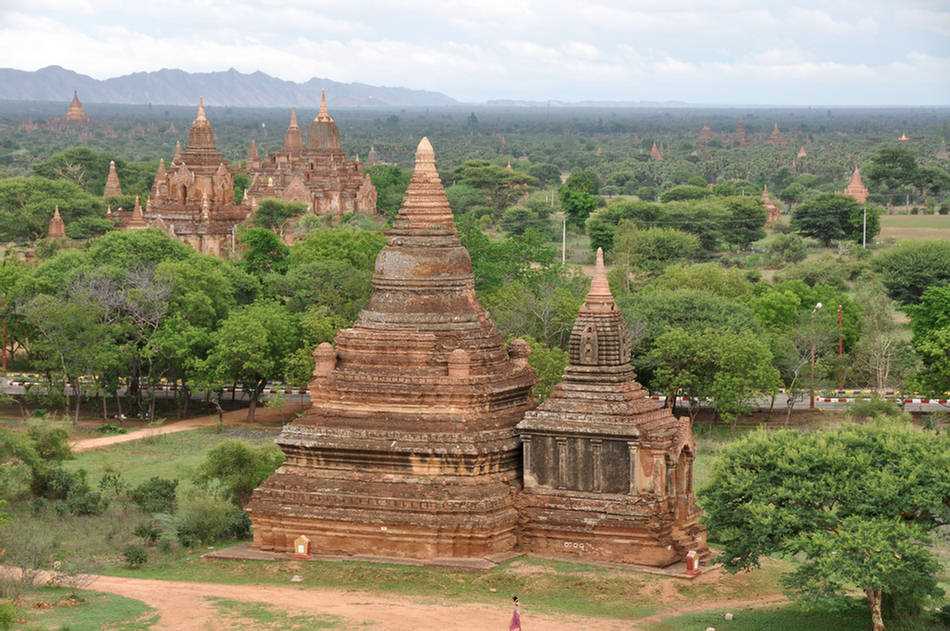
We climbed Myazedi Temple for a another great view of the Bagan plain.

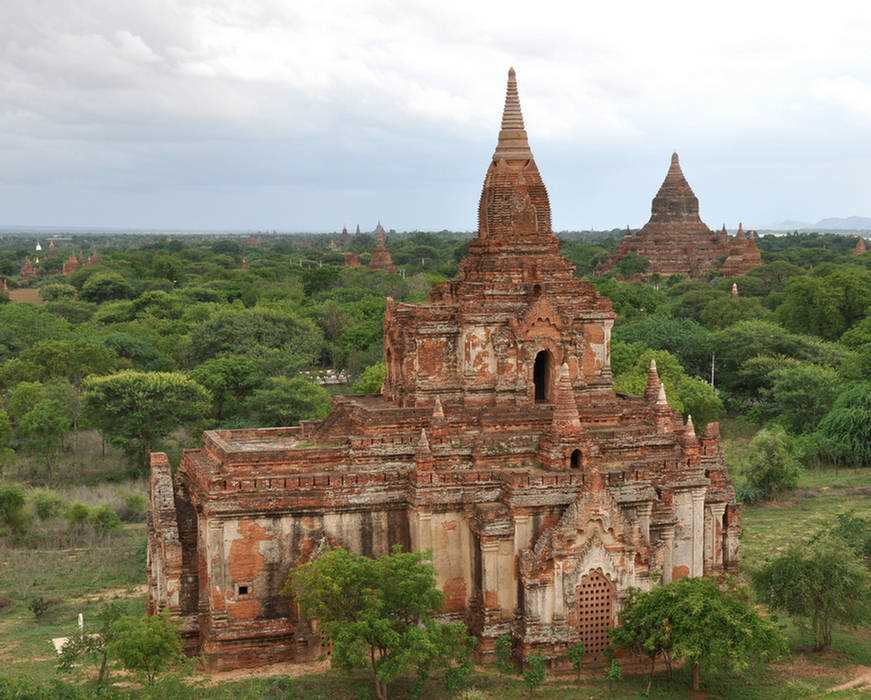
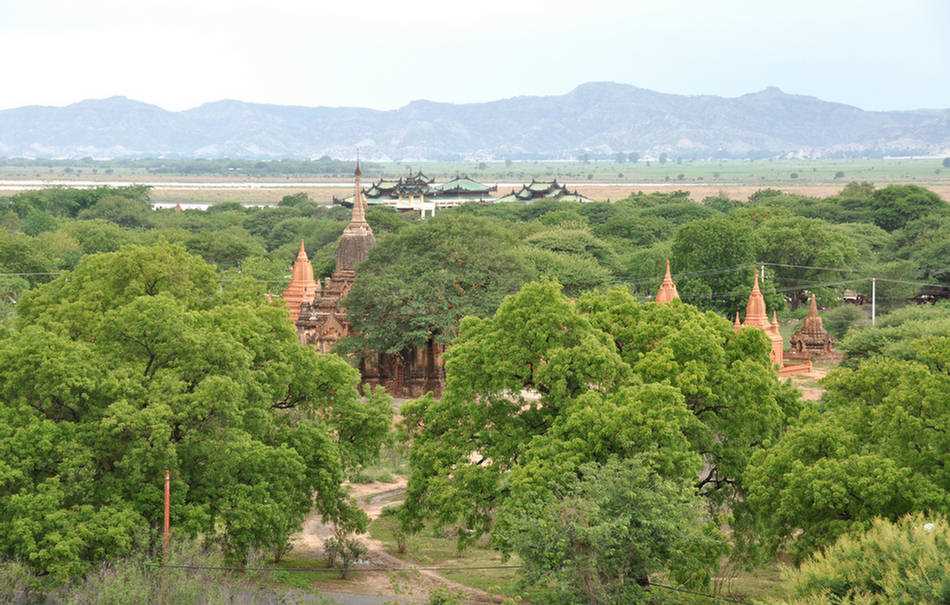

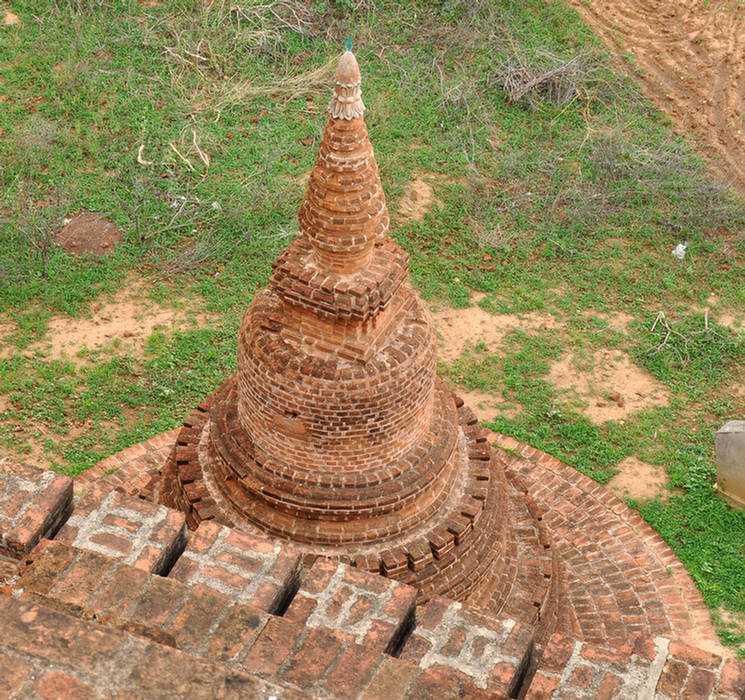
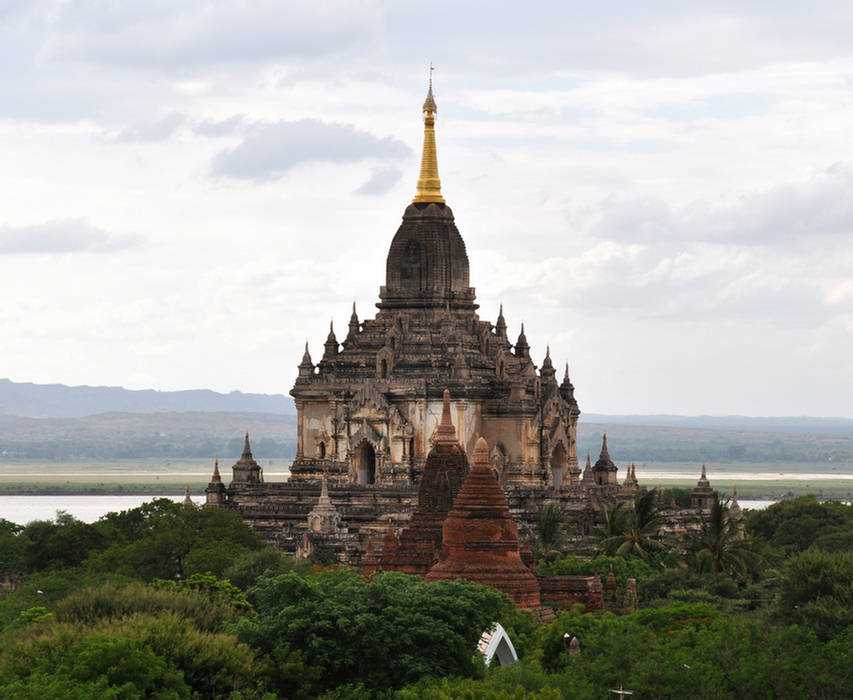
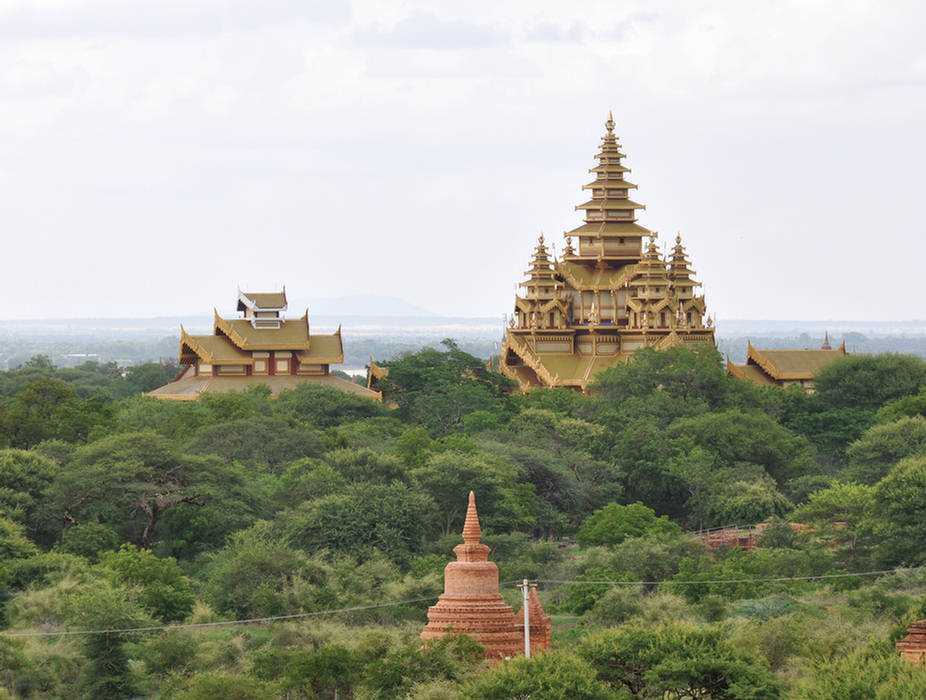

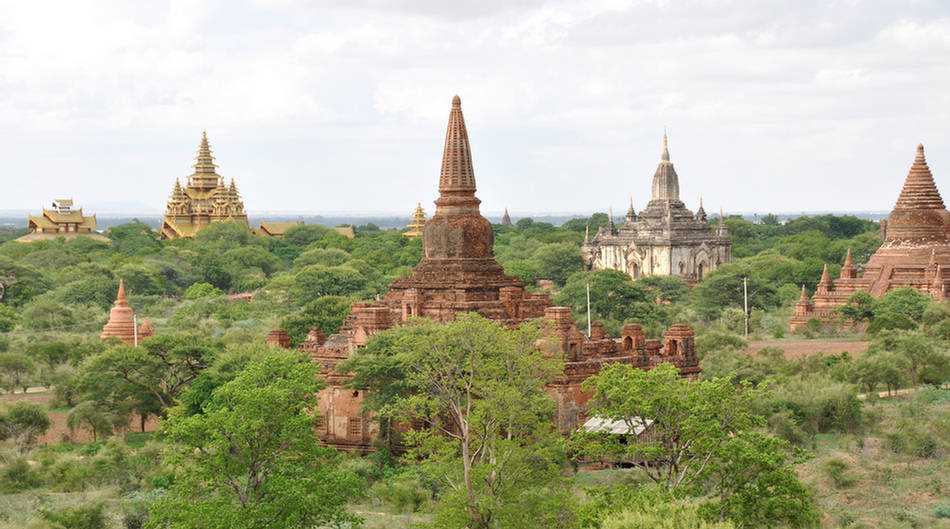
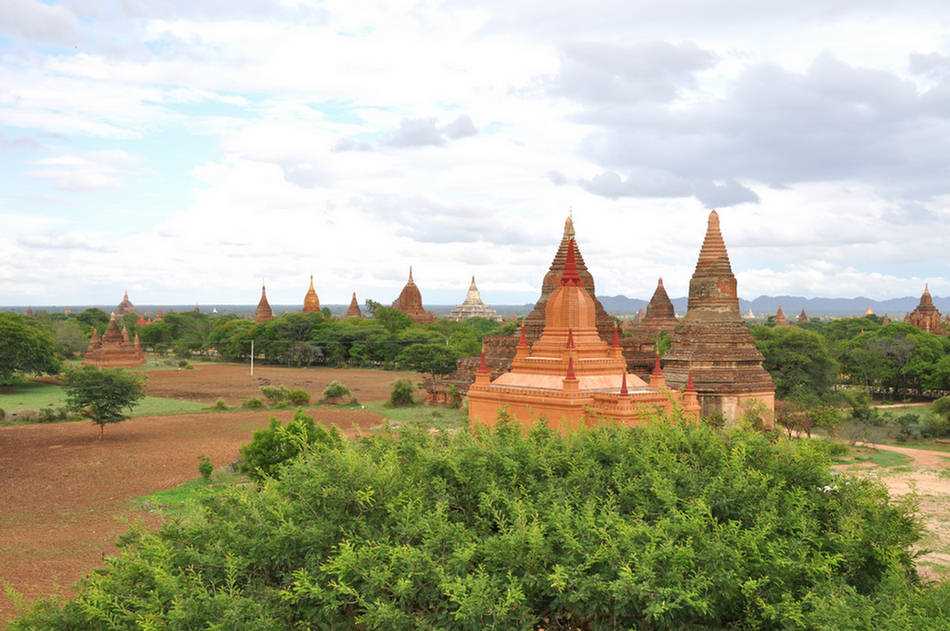
Ananda Phaya
Ananda Phaya is one of the finest, largest, best preserved and most revered of the Bagan temples.
It suffered considerable damage in the 1975 earthquake but has been totally restored.
It is thought to have been built around 1105 by King Kyanzittha.
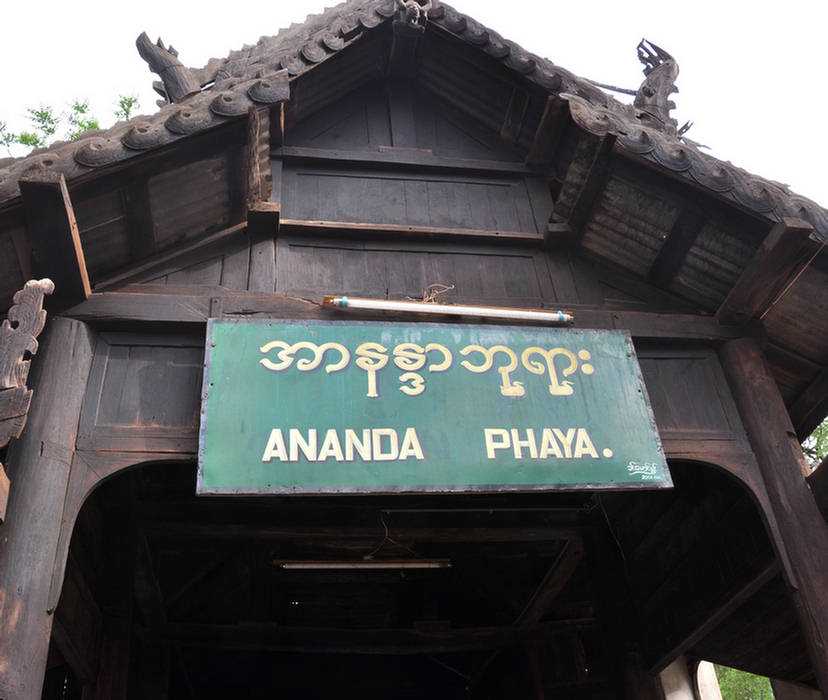
The ground plan of the temple and its entrance ways makes a perfect Greek cross.
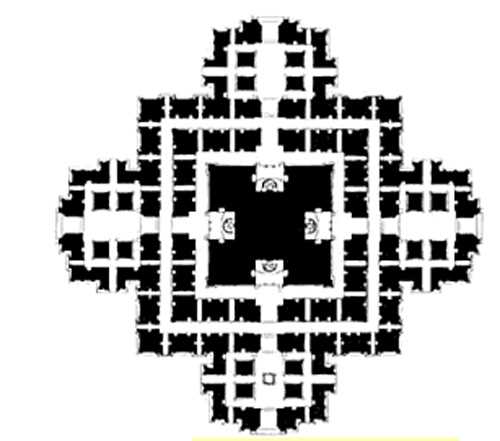
Amongst more than 4000 Buddhas inside there are 4 large Buddhas.
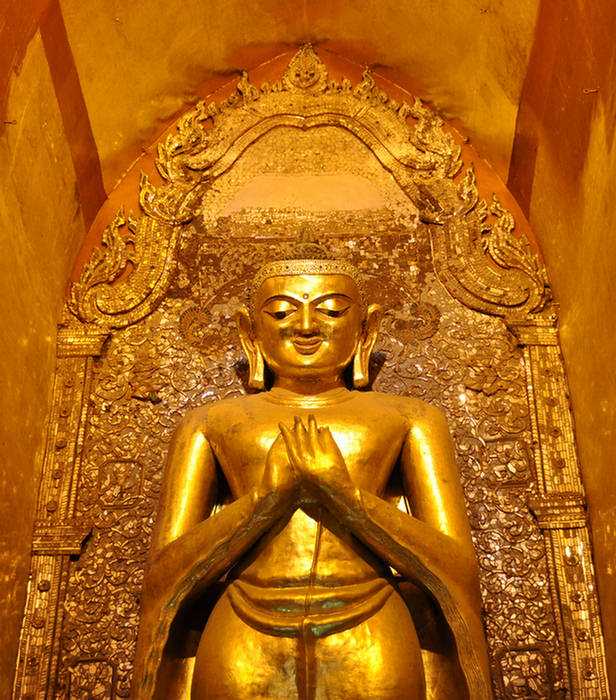


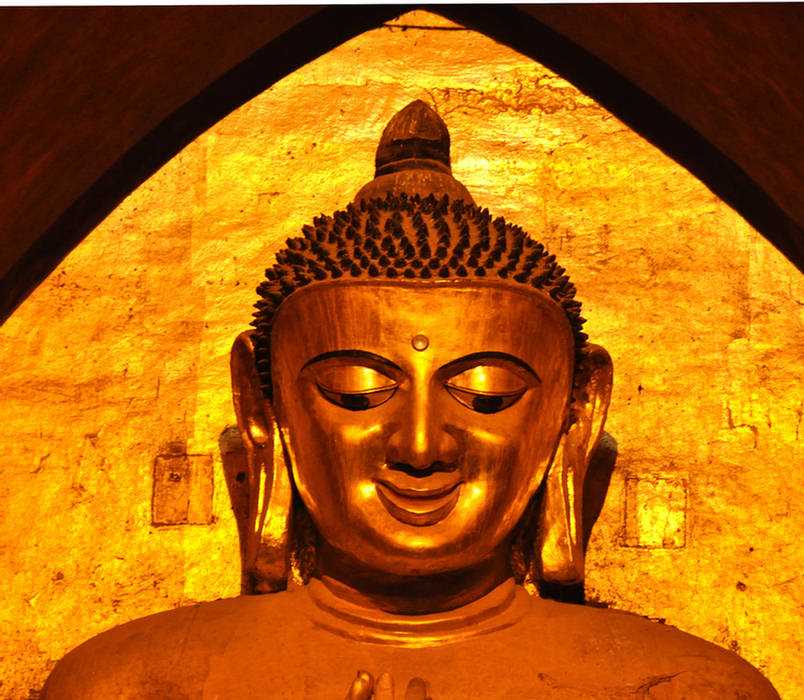
A small fertility Buddha has been polished by many hands.
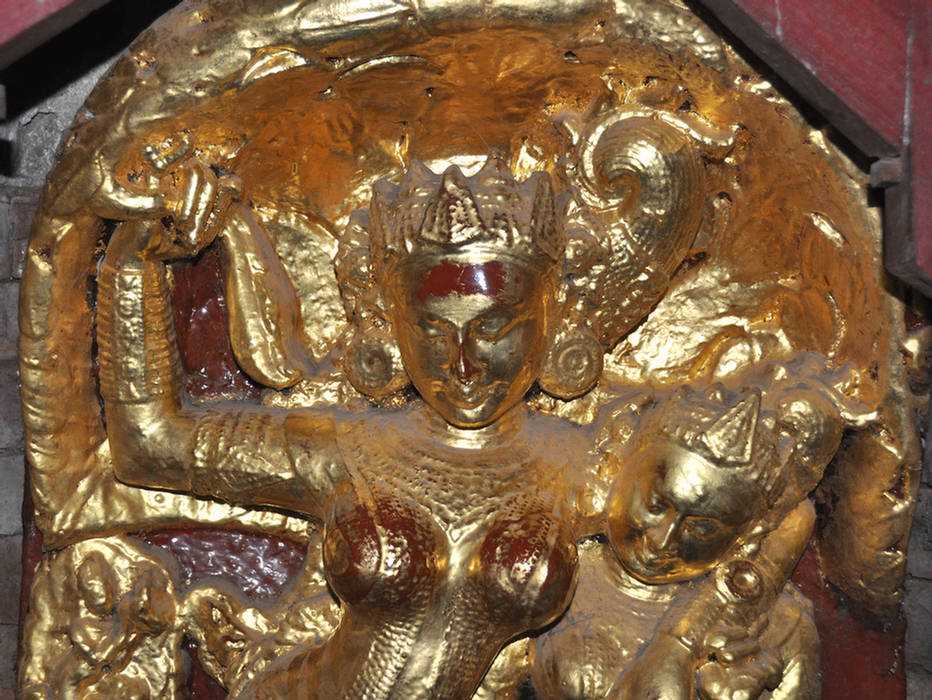
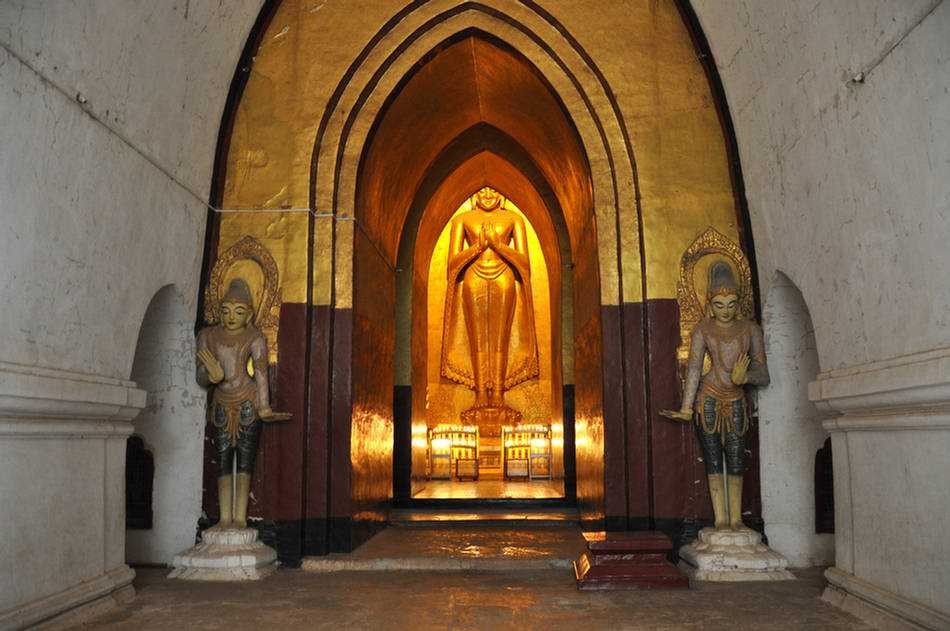




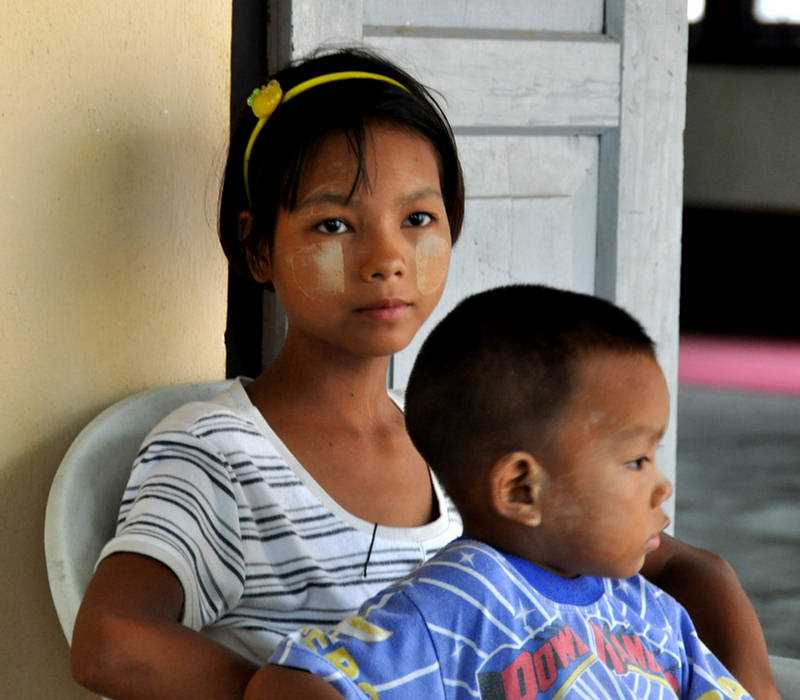
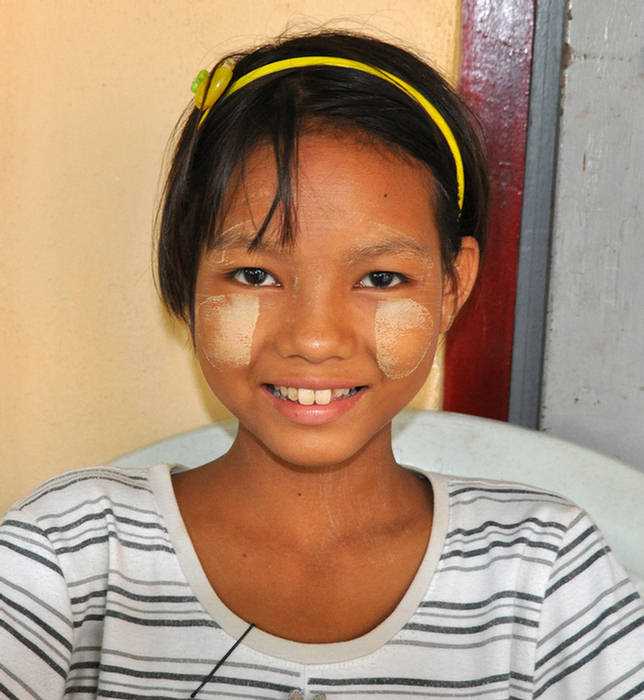

More temples on the Bagan plain.

Our last pagoda for the day was She San Daw Paya which we climbed to view the sun setting over the Bagan plain.
Shwe san Daw was built in 1057 by King Anawwrahta.
It was a steep climb to the top.

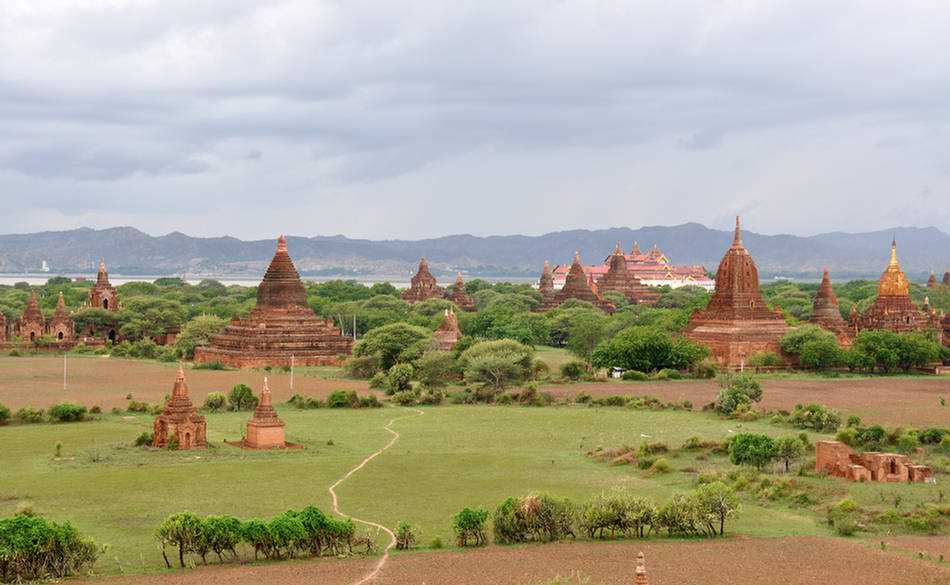
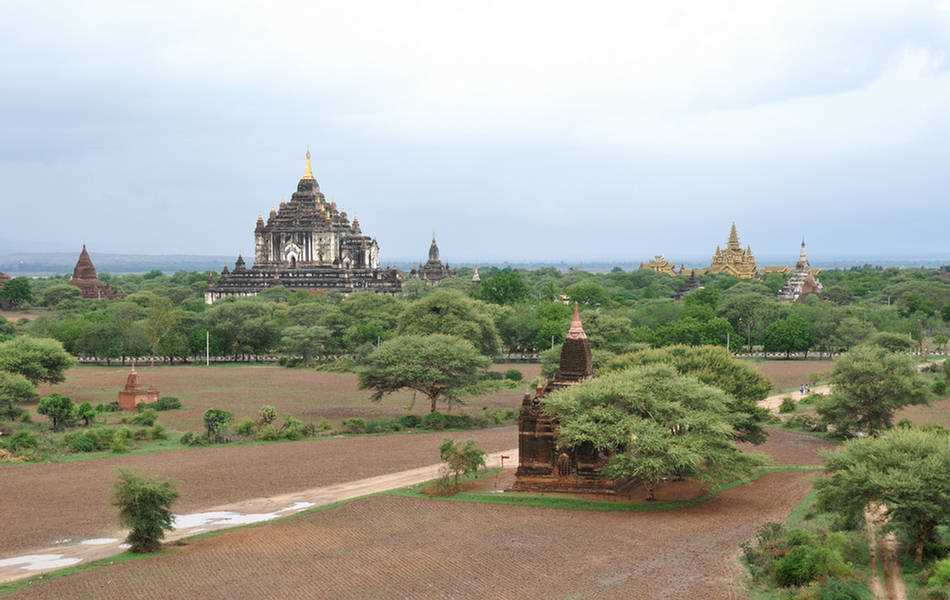

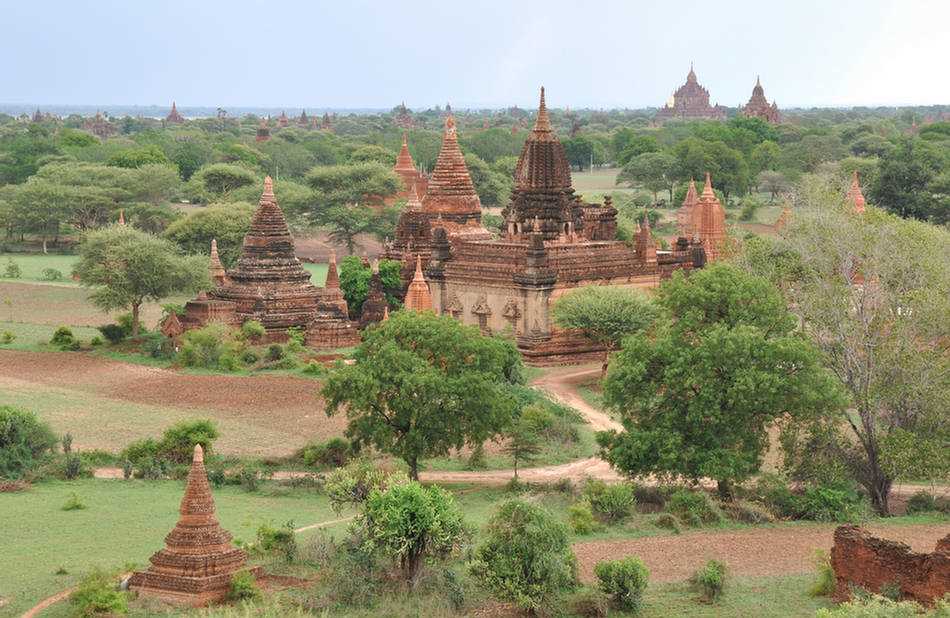
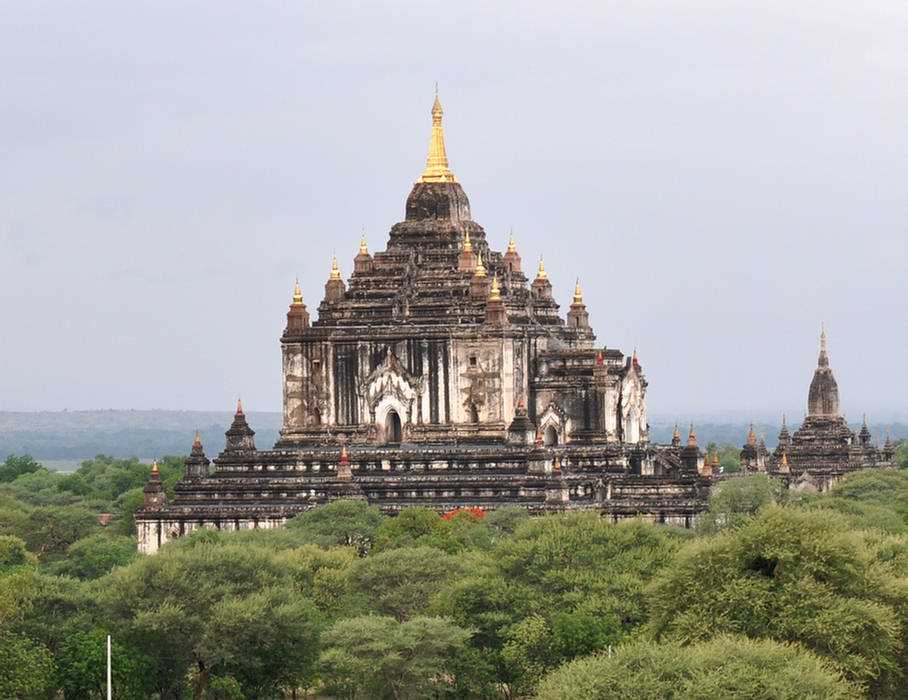
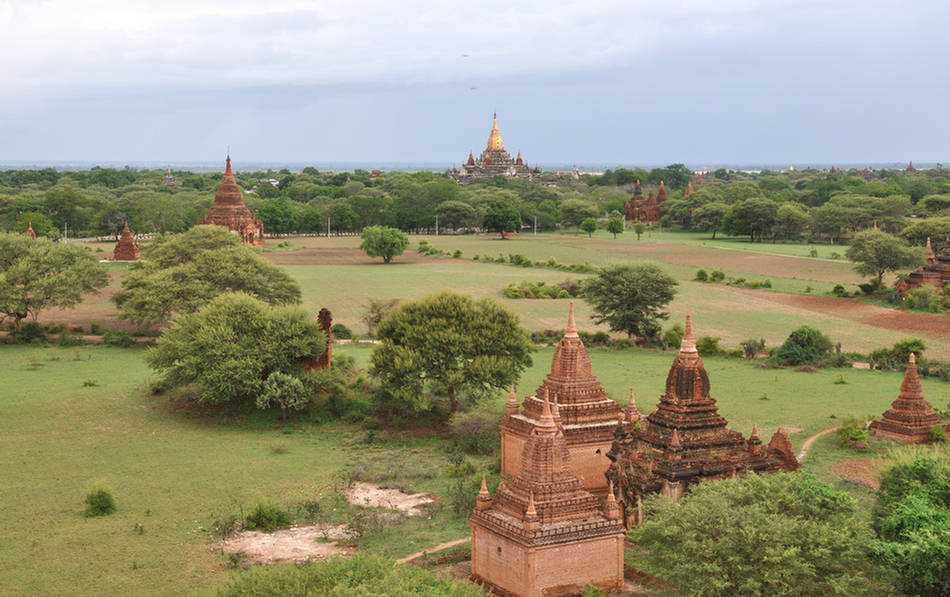


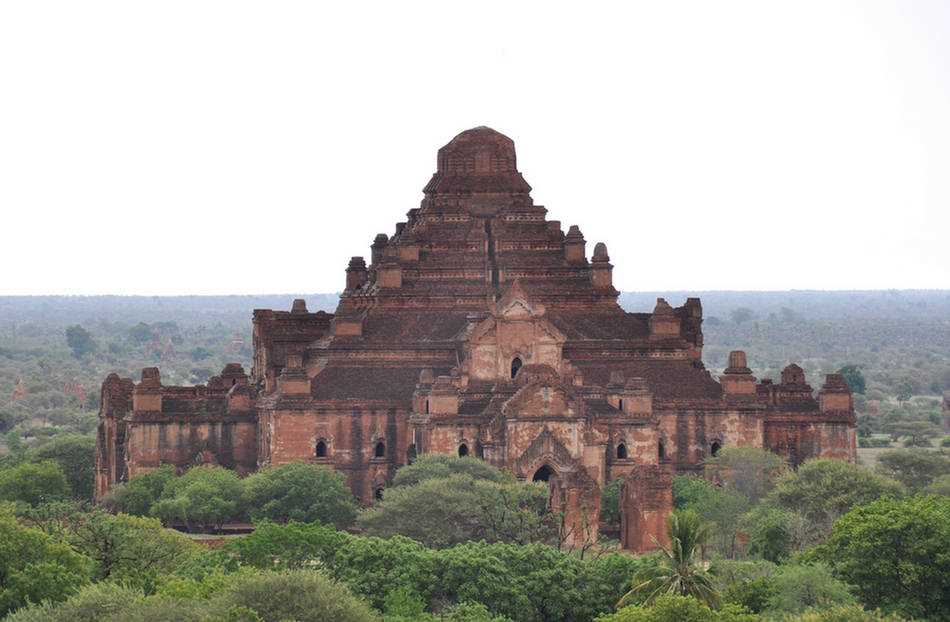
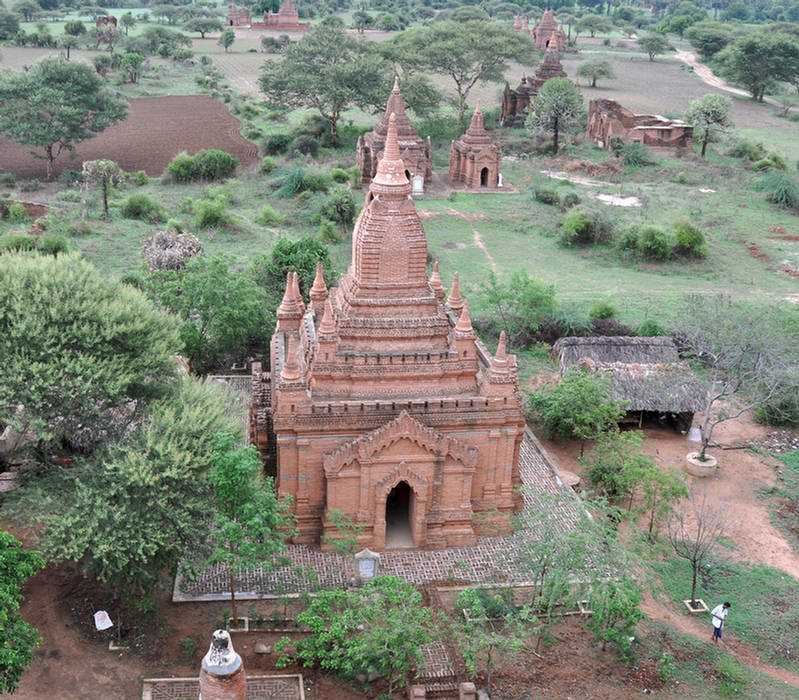

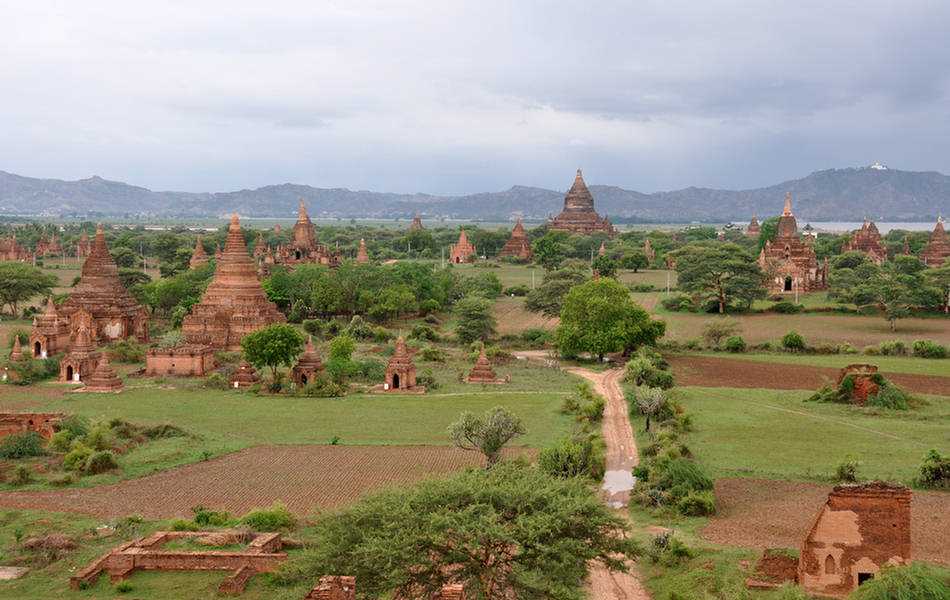

During the day we had been followed by some very pretty teenagers trying to sell us souvenirs.
They were friendly and loved having their photos taken.
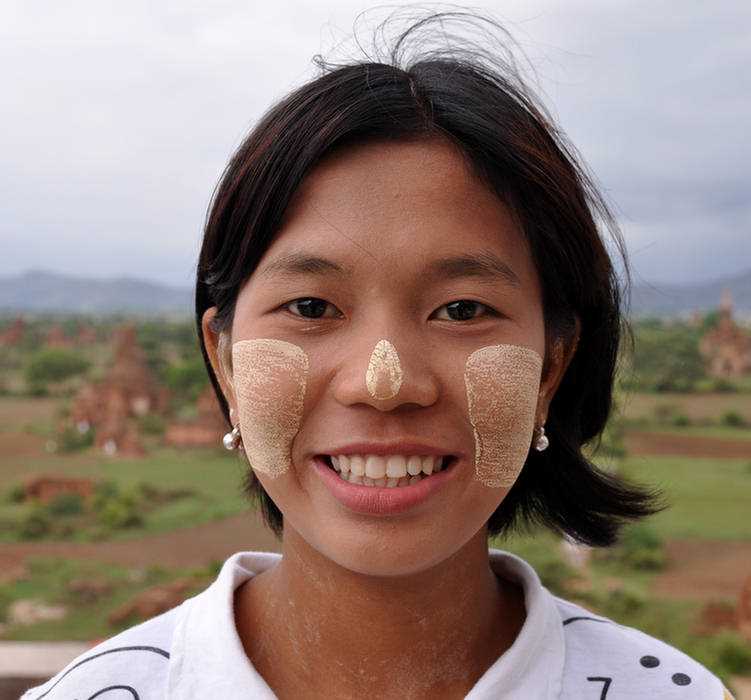
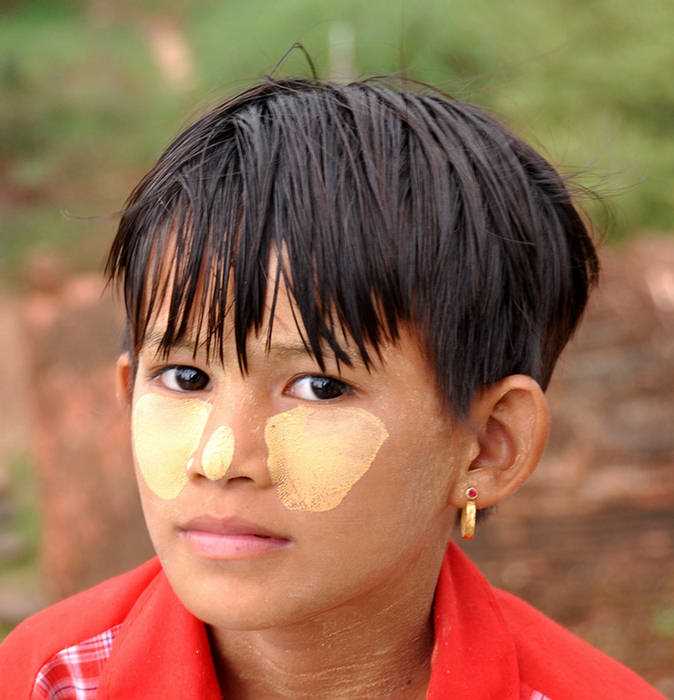

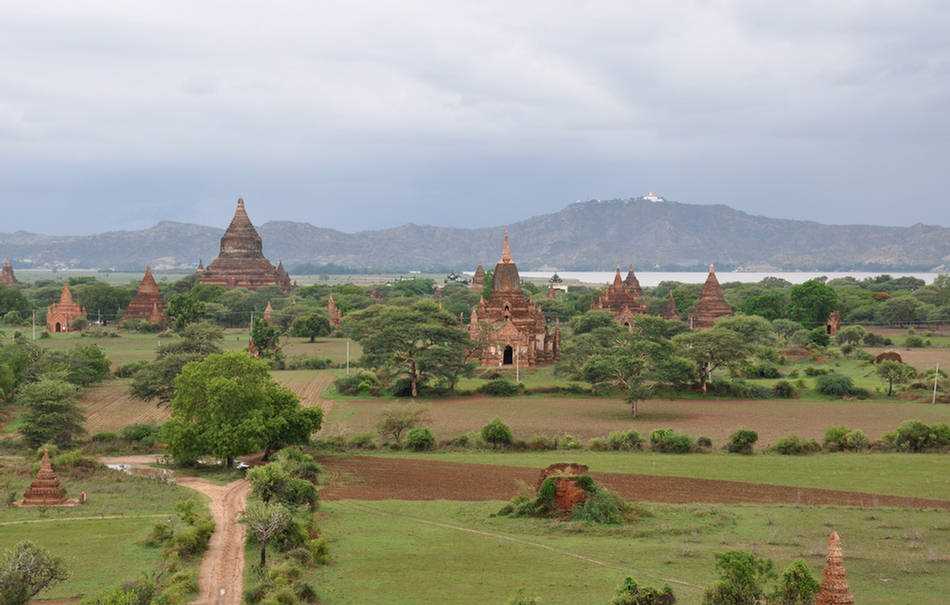




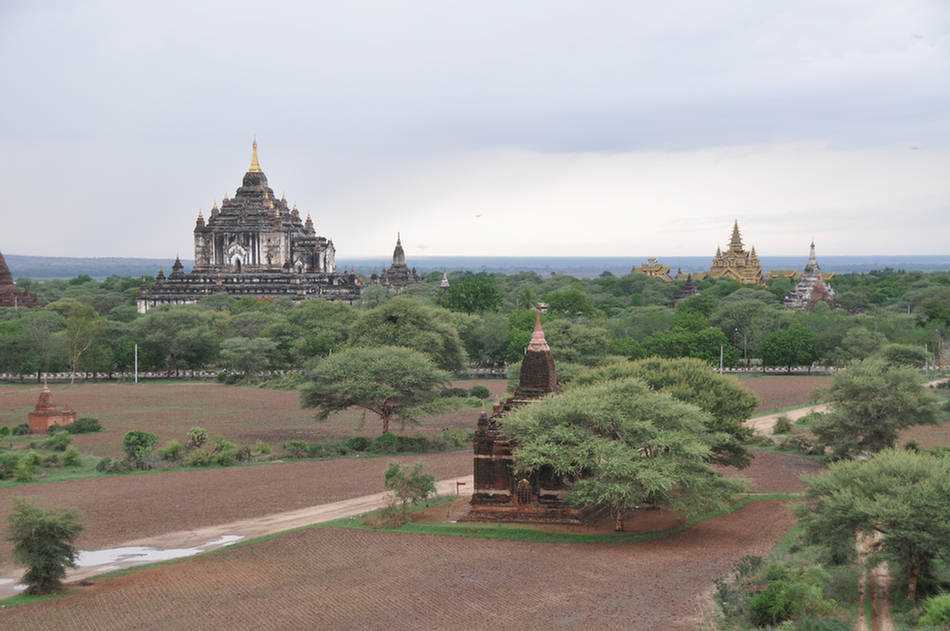

The end of a great day on the Bagan plain ... many, many temples!
Palm sugar, wine, spirits and face cream are some of the products made from the palm tree.
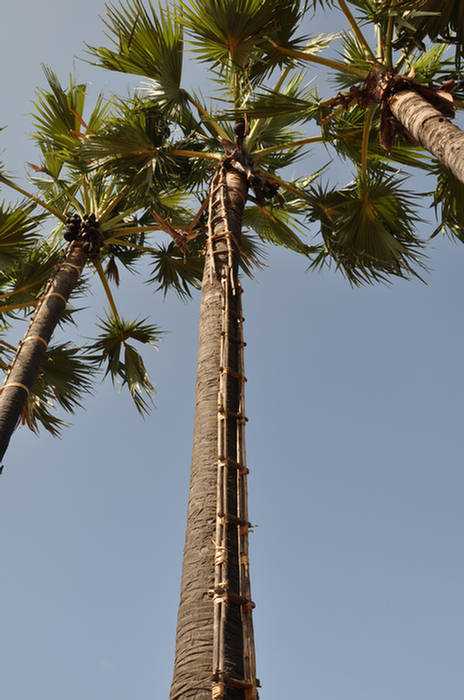
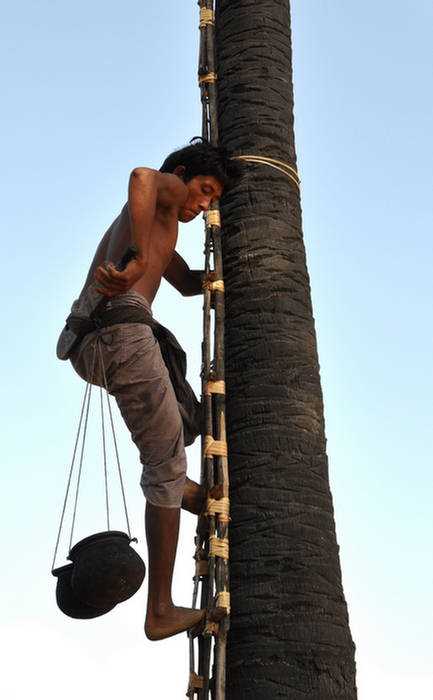
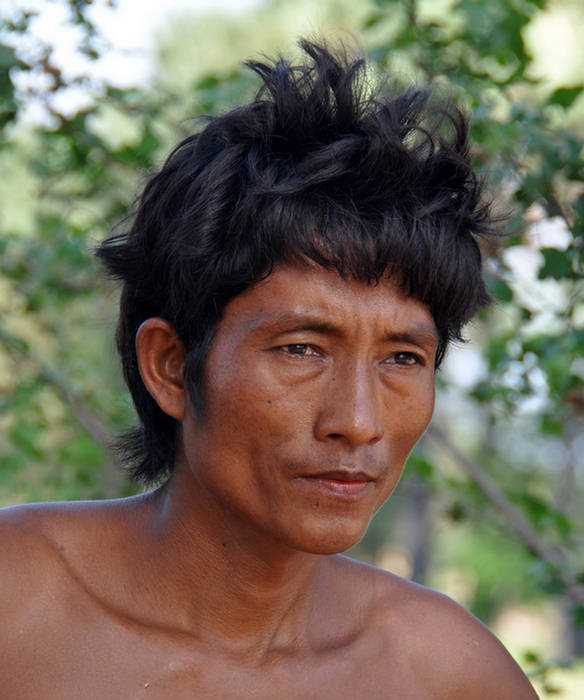
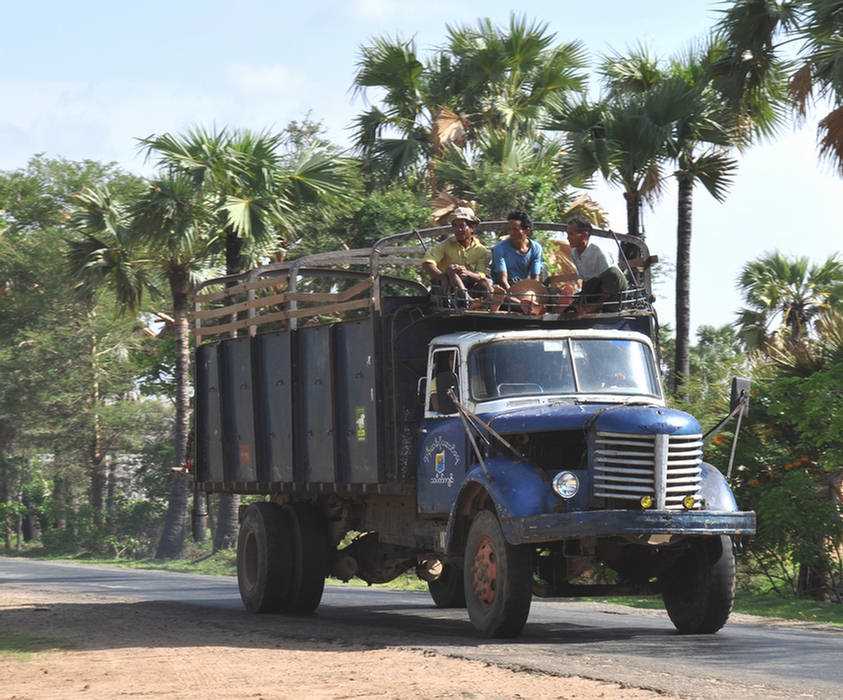

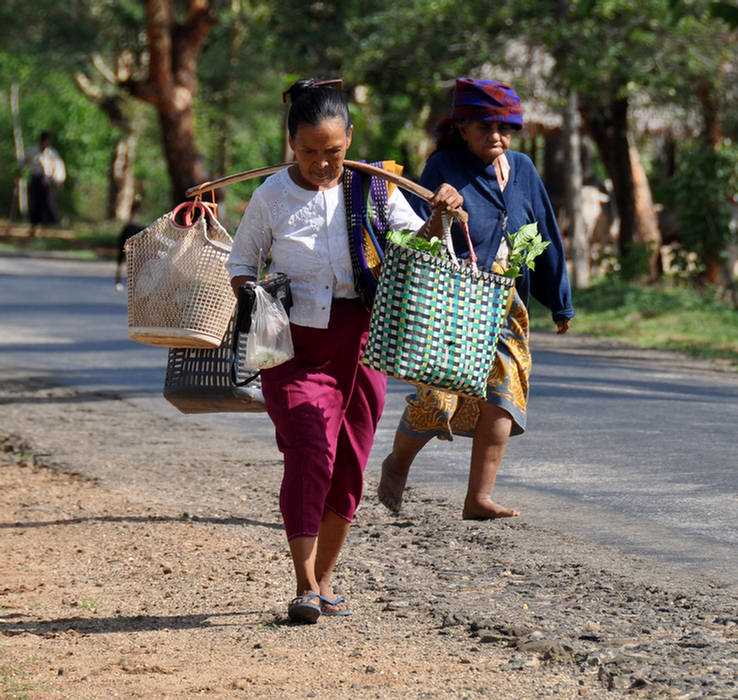

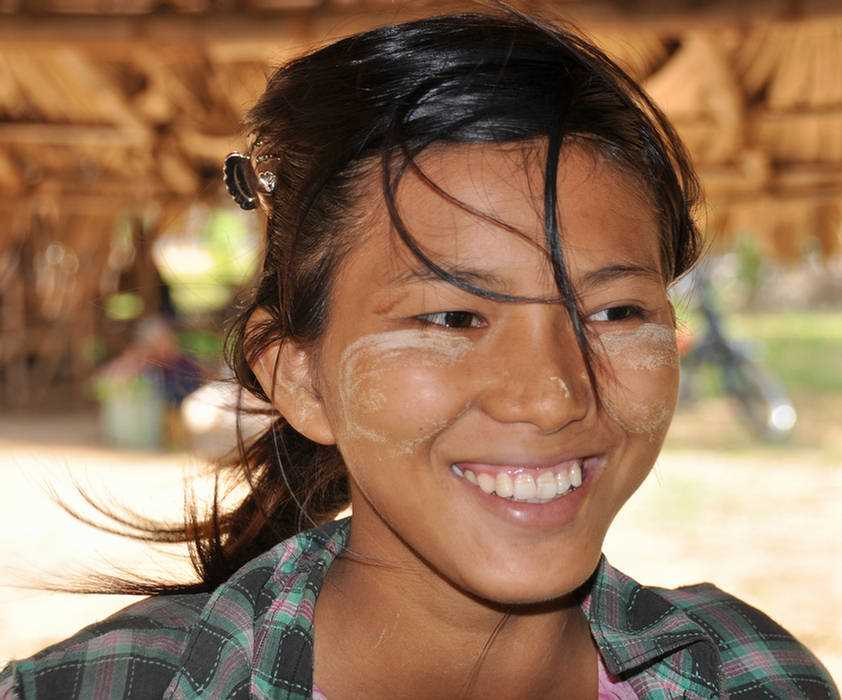
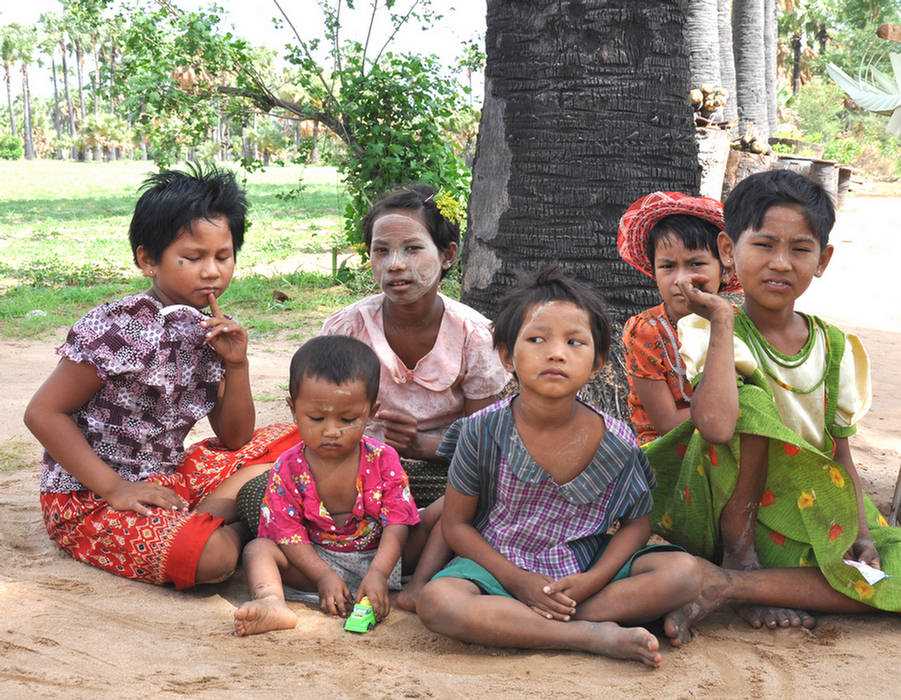
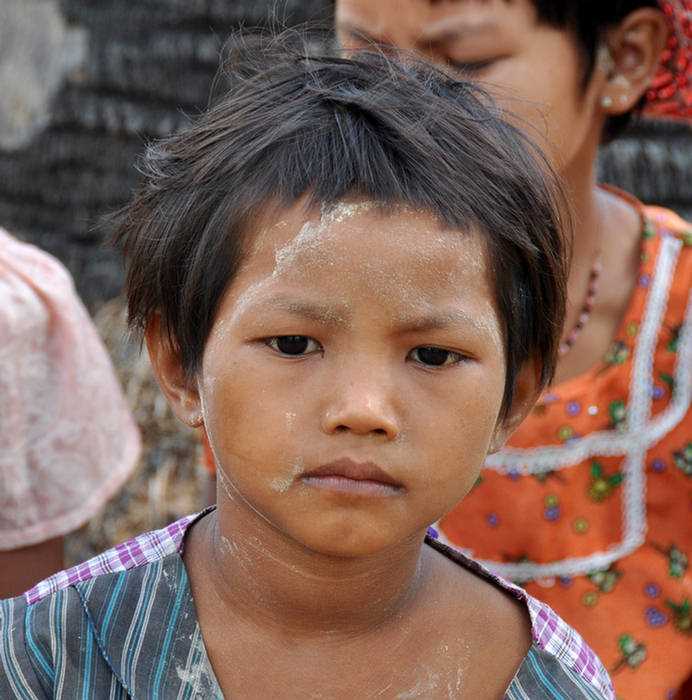
The cream is used for make-up as well as a sunscreen.

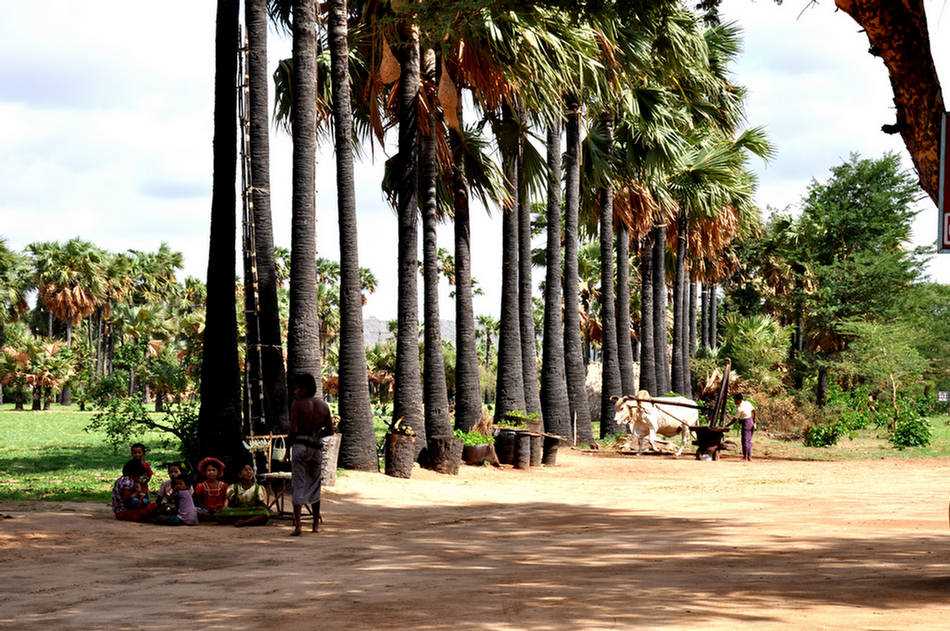
Grinding seeds into sesame oil.

Mt. Popa
At Mt. Popa there is a Buddhist monastery on the summit of a rocky crag.
The outcrop is a volcanic plug.
The name Popa is believed to come from the Sanskrit word "popa" meaning flower.

There were 777 steps along a covered walkway to the top.

Nats are spirits worshipped in Myanmar in conjunction with (and pre-date) Buddhism.
Much like sainthood, nats can be designated for a variety of reasons, including those only known in certain regions.
Nat worship is less common in urban areas than in rural areas.


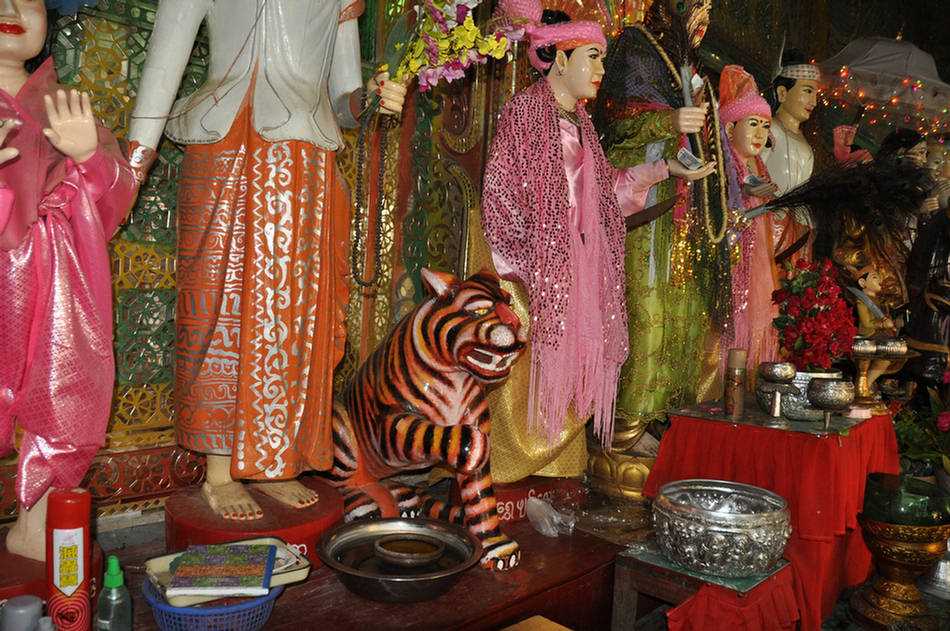

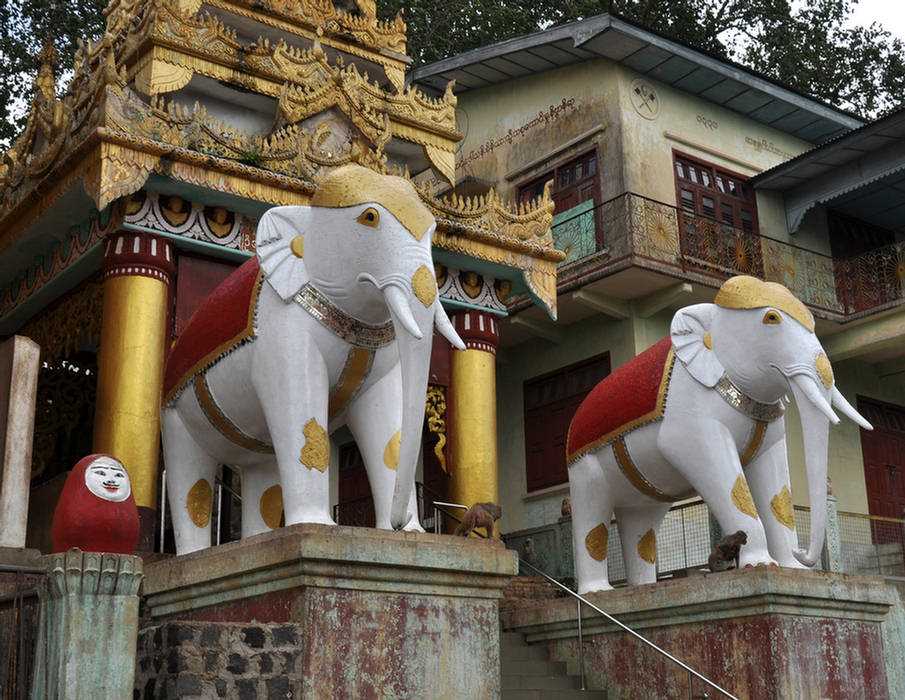
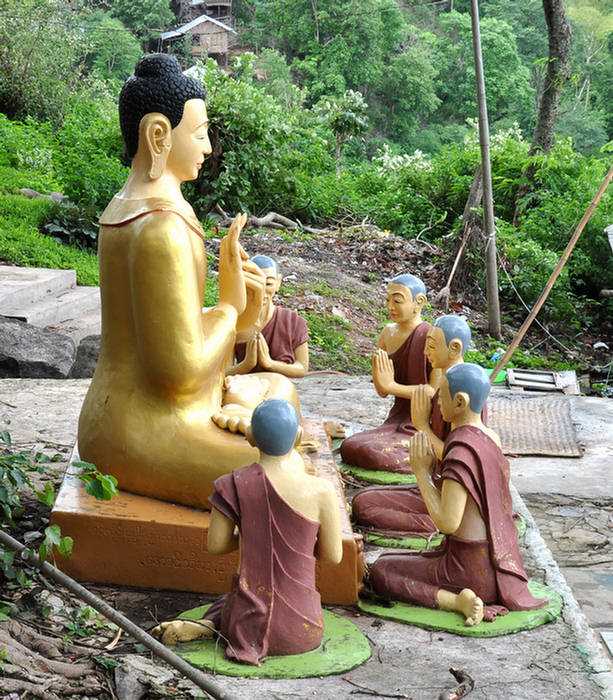

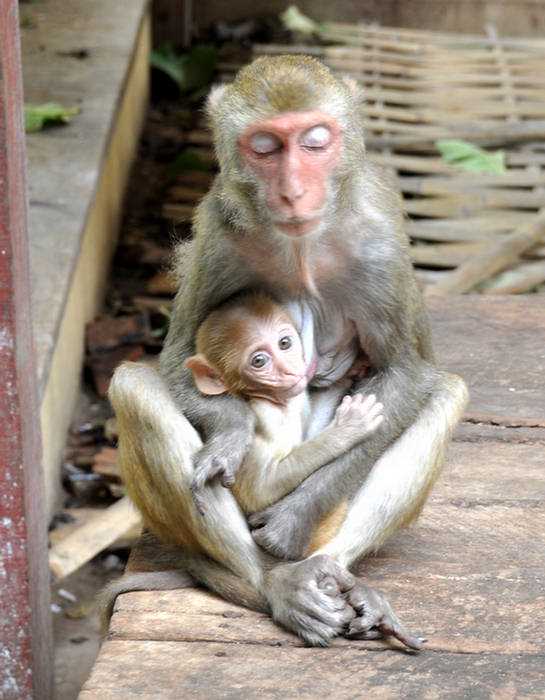

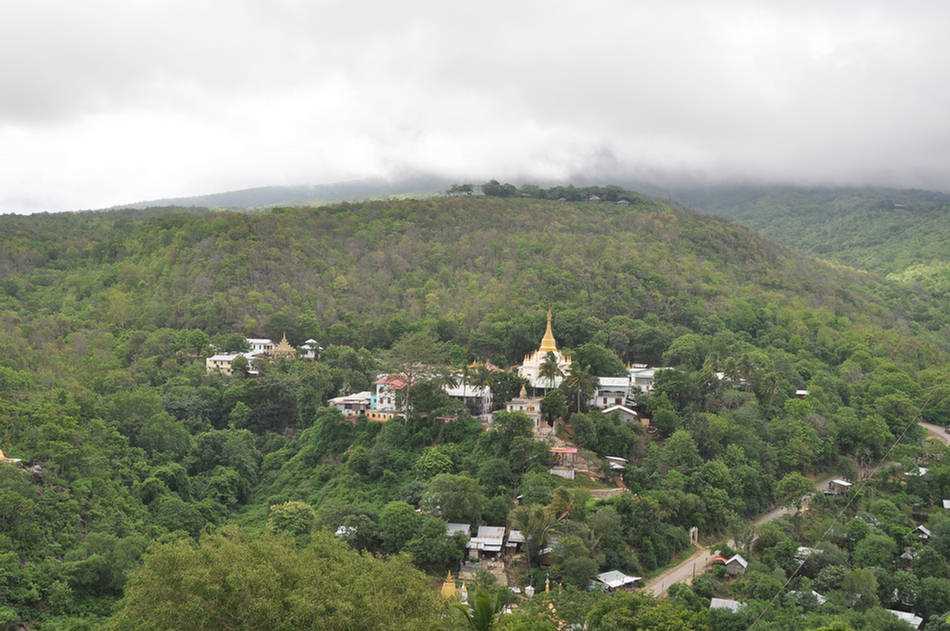
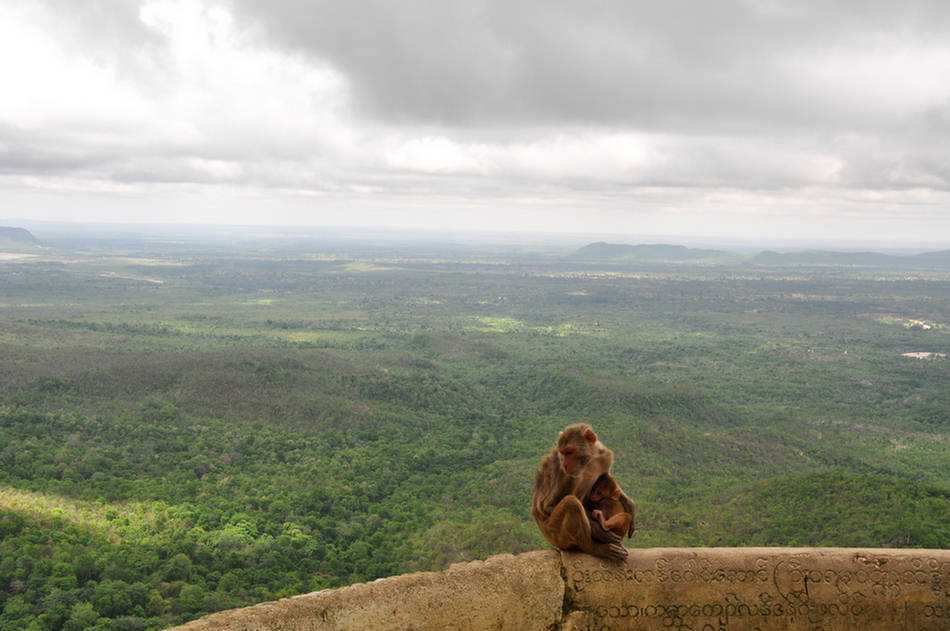
Which one is the monkey?
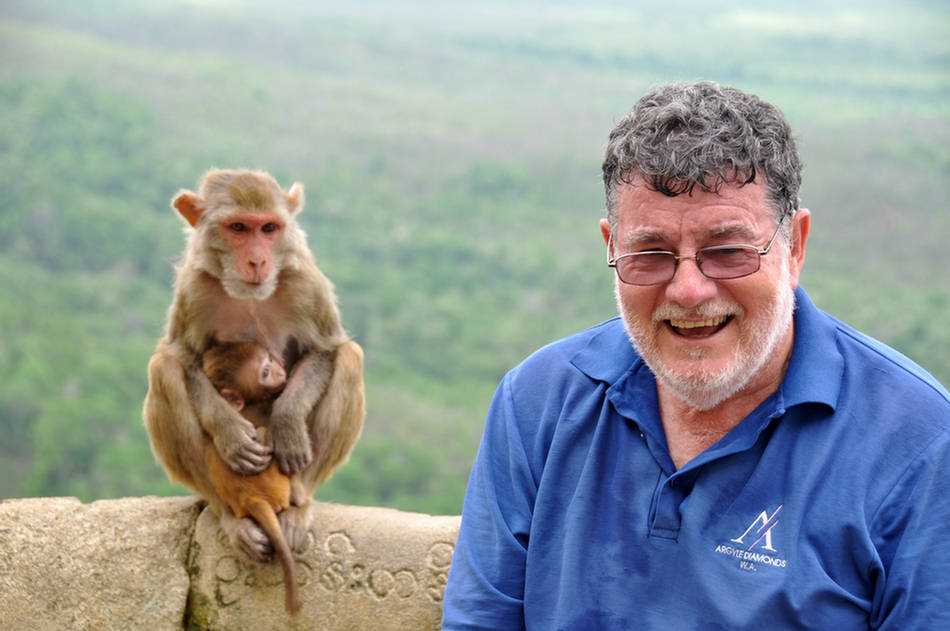


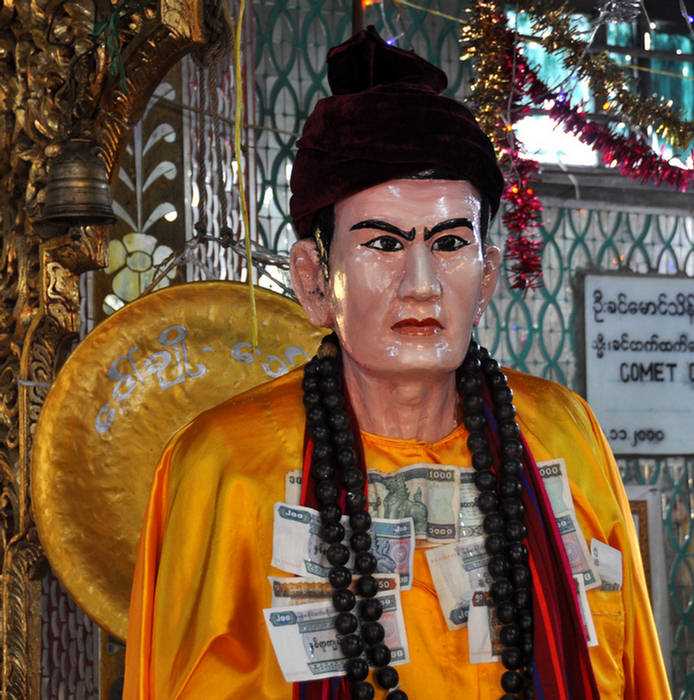
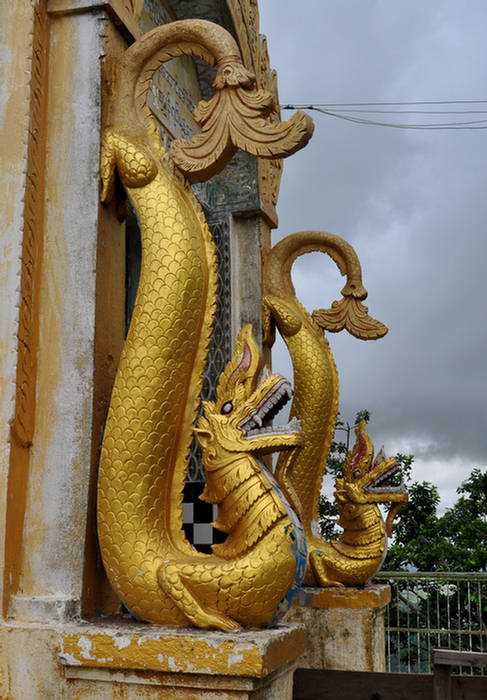
Yes, I saw lots of temples and rice paddies in Myanmar,
but the highlight of the trip for me was walking through the villages.
Particularly, this village near Bagan.
We were met by genuinely friendly, smiling children and adults.
They were pleased to see us and did not have their hands out asking for anything.
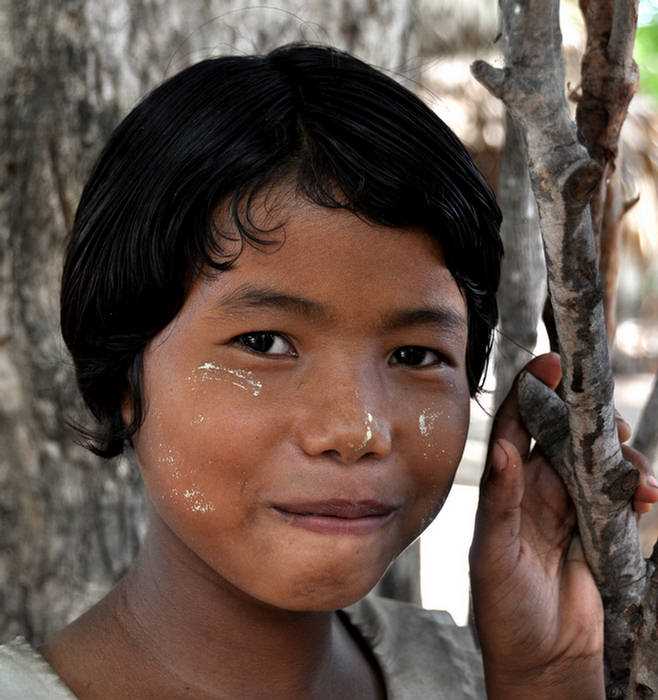
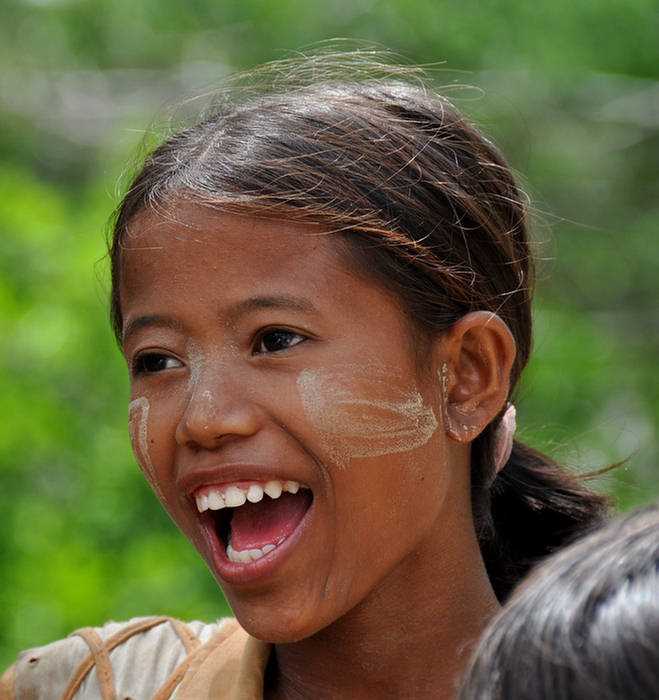

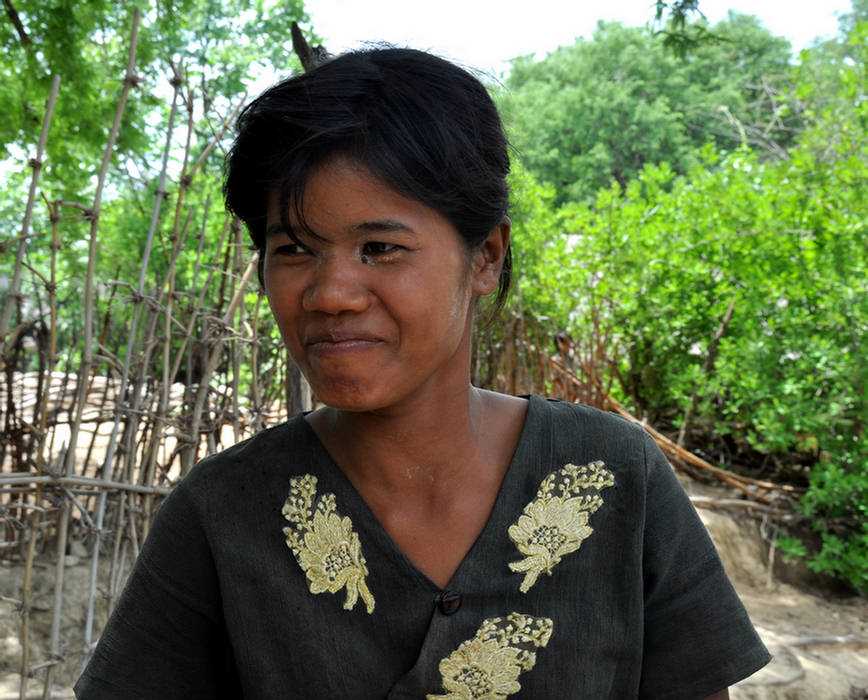

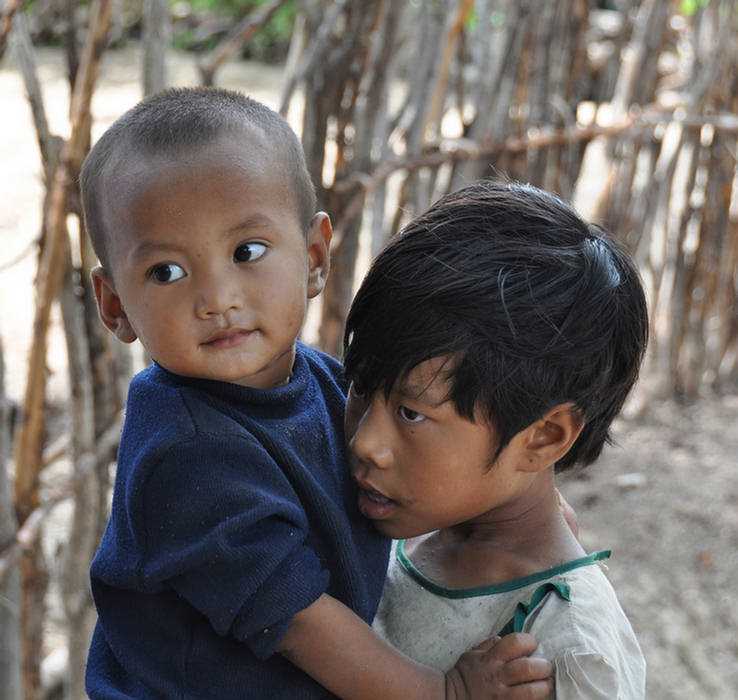

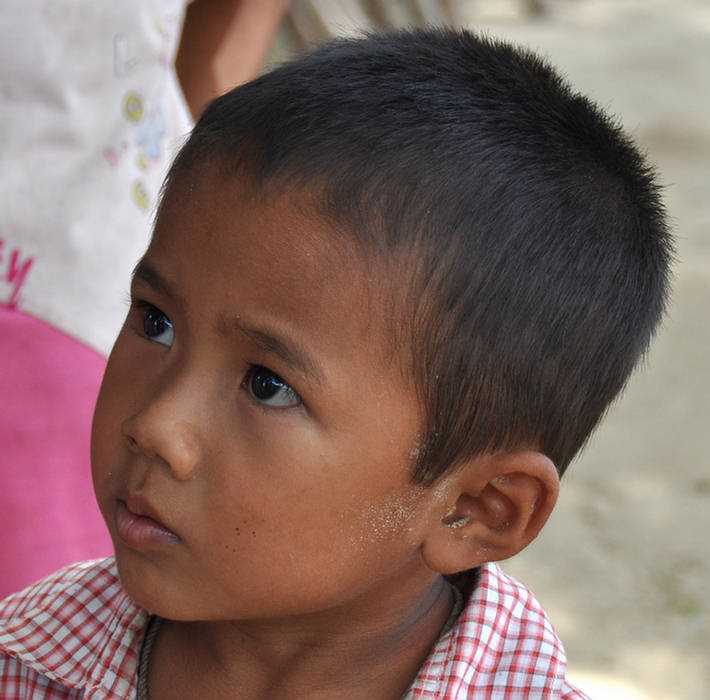
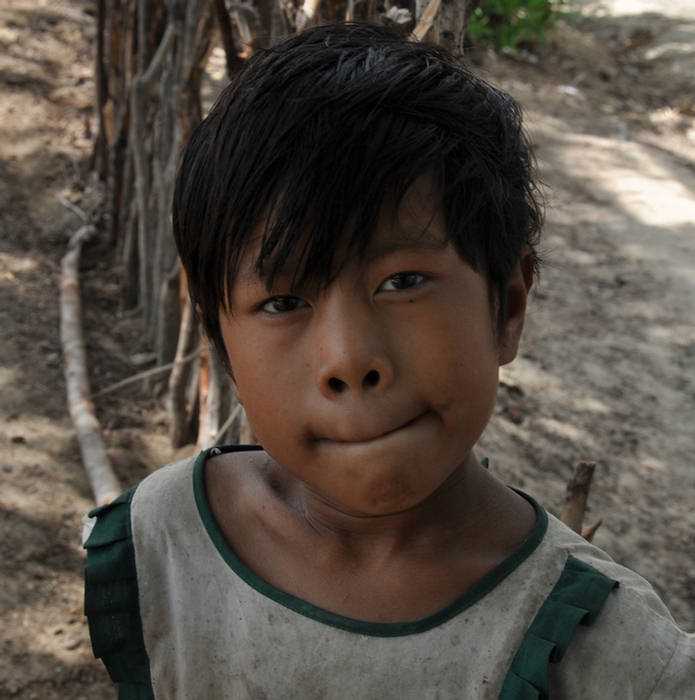


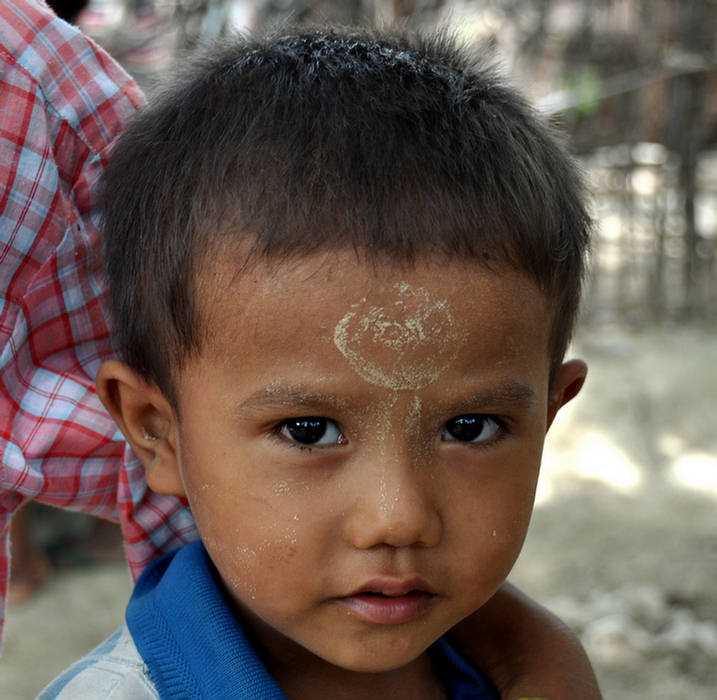
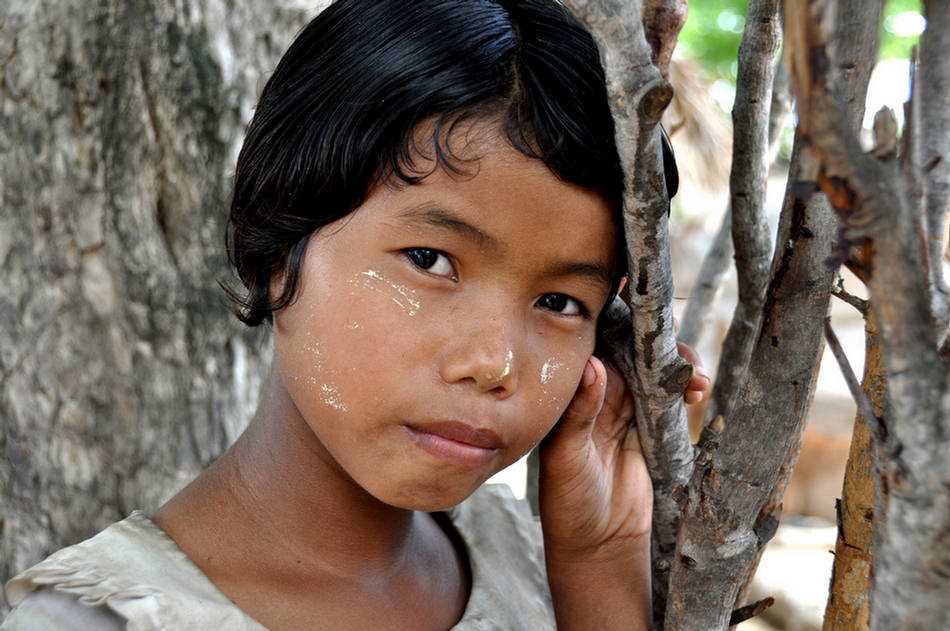
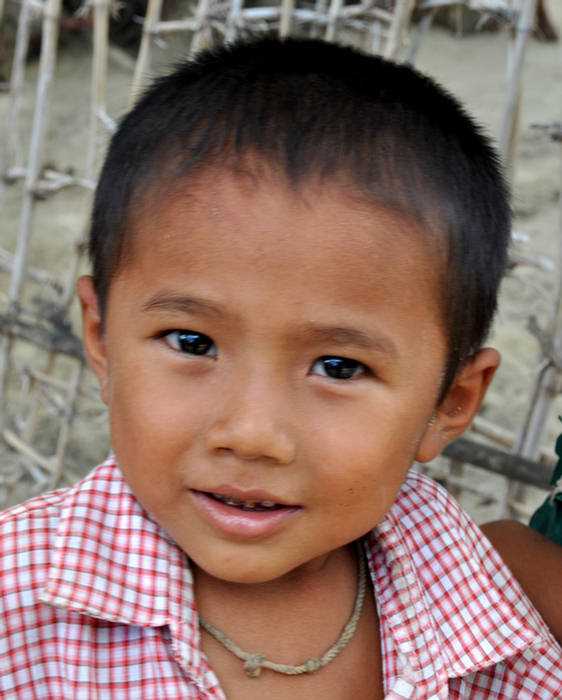
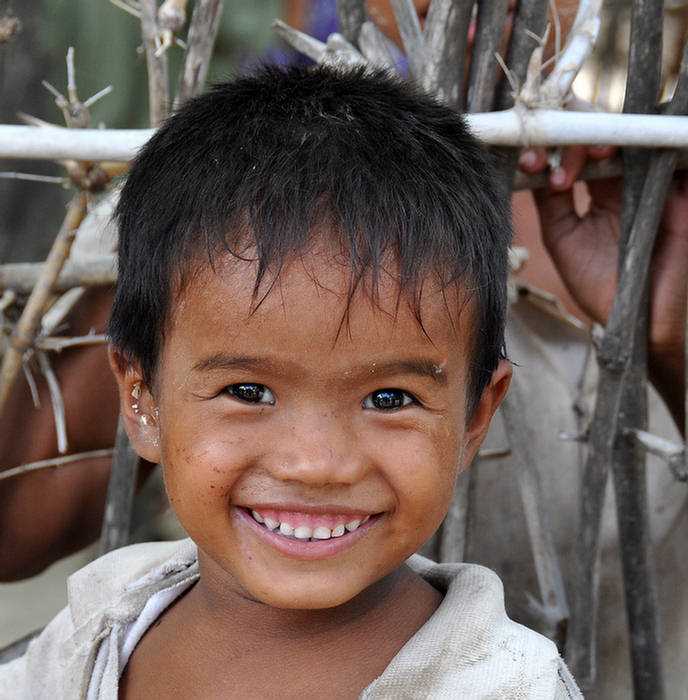
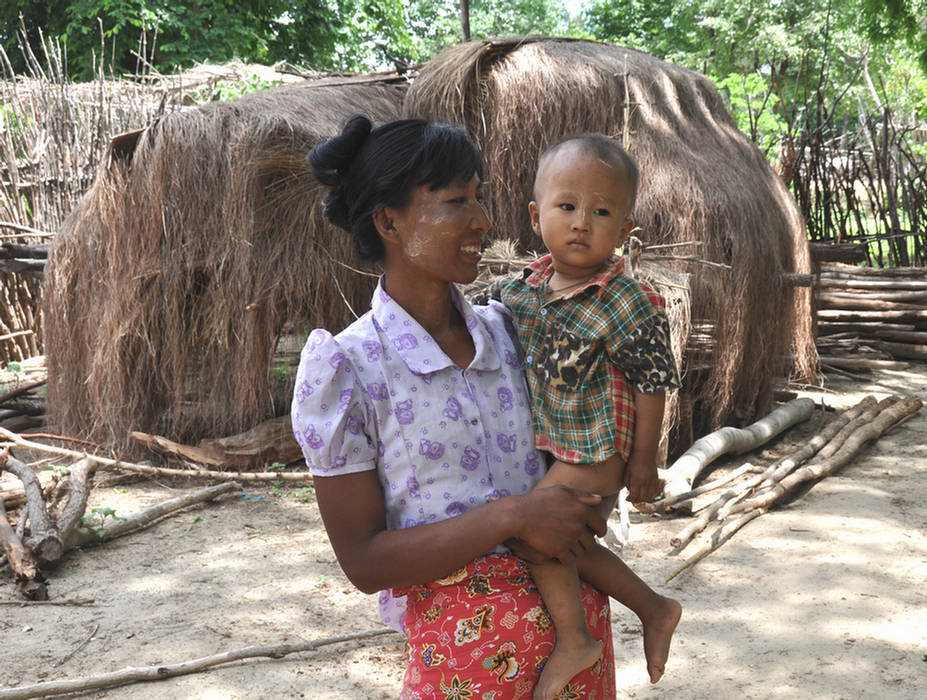
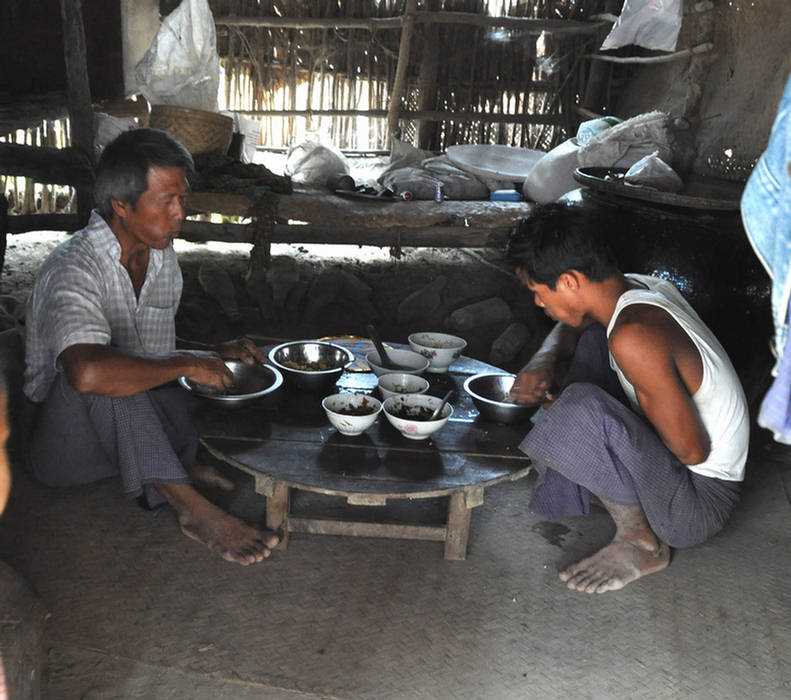
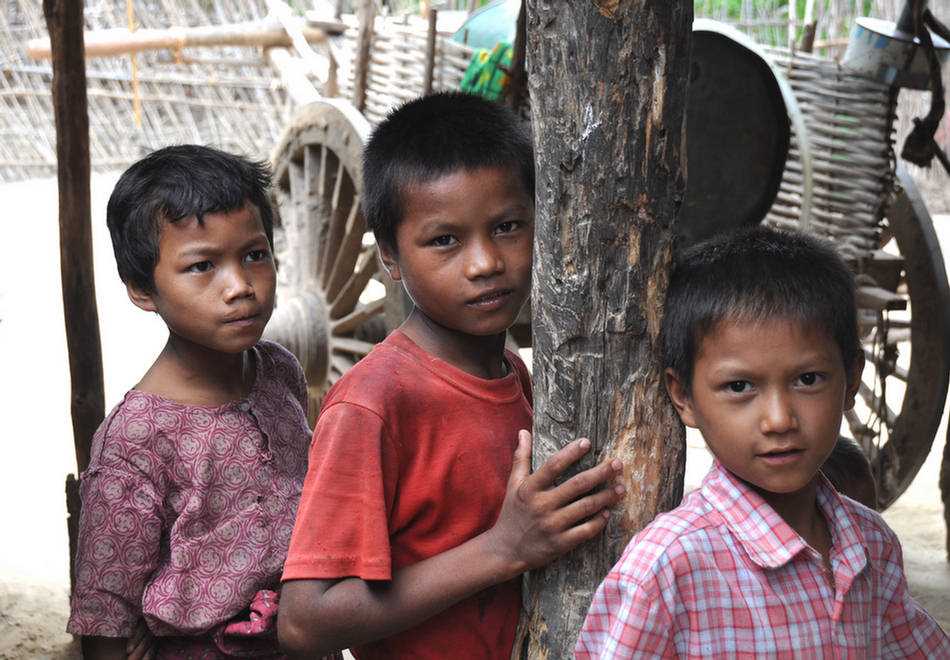
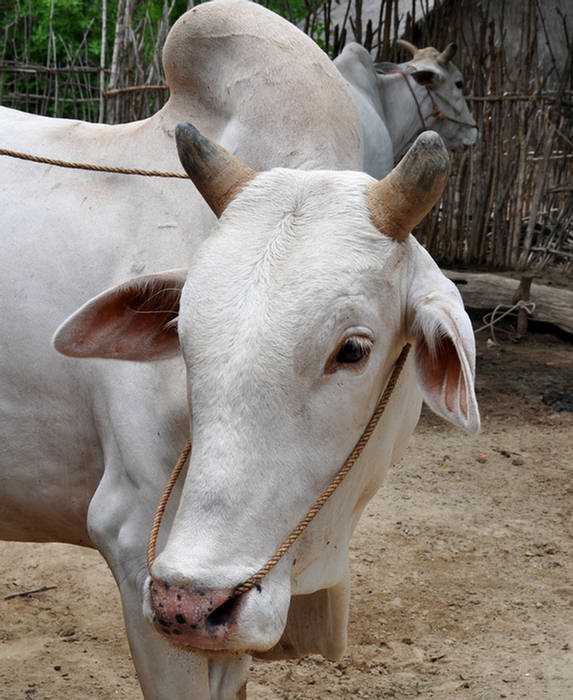


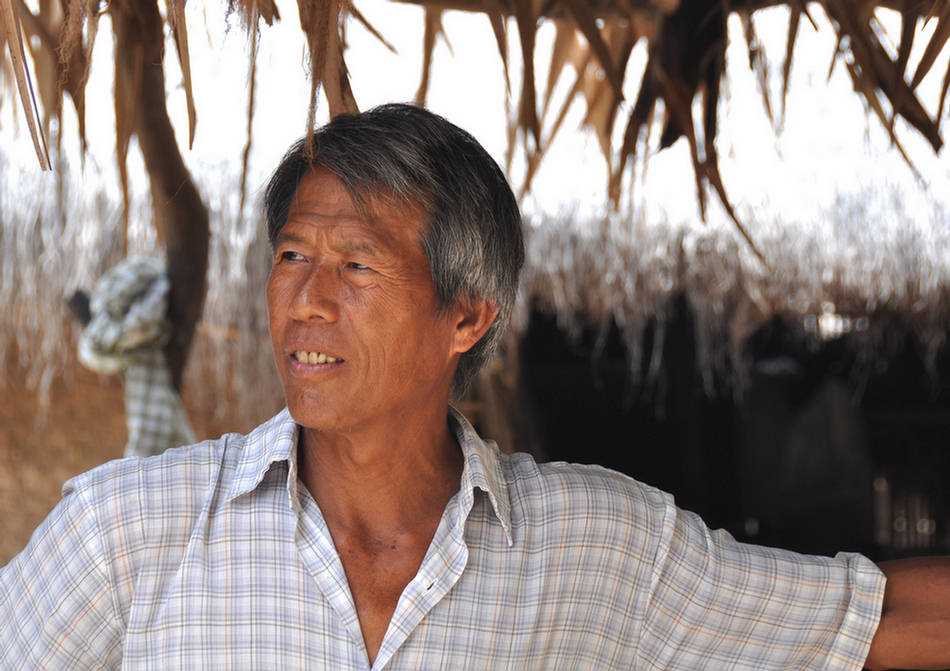
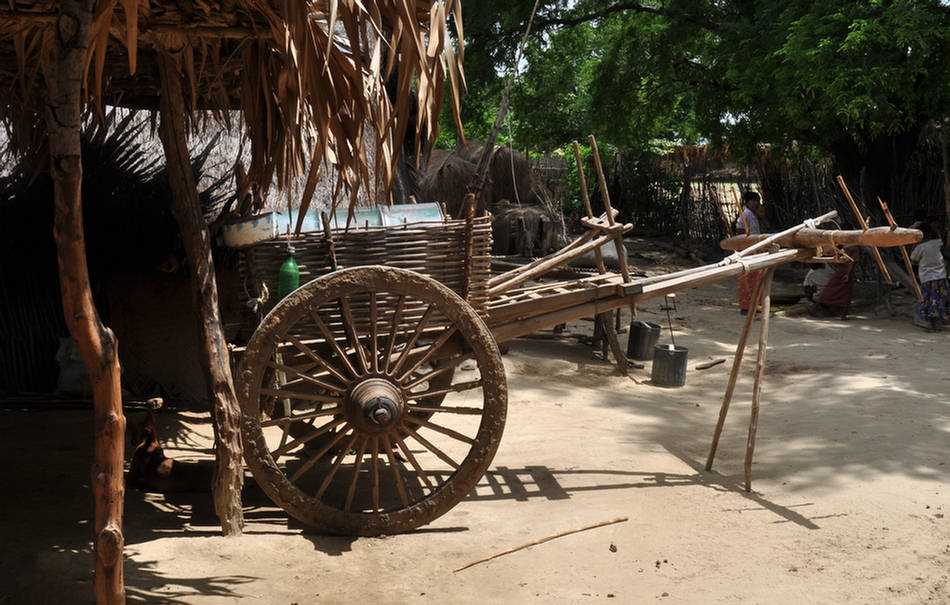


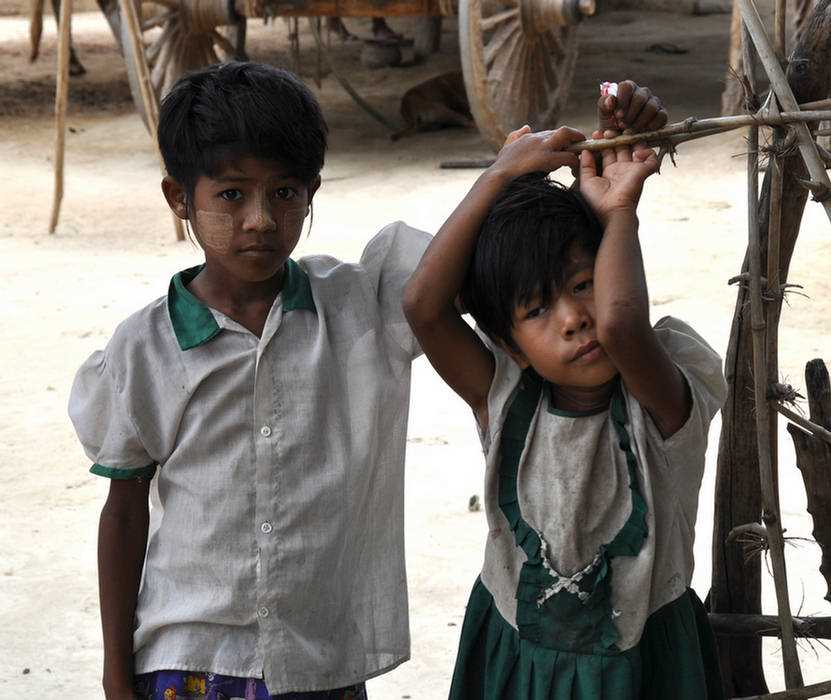
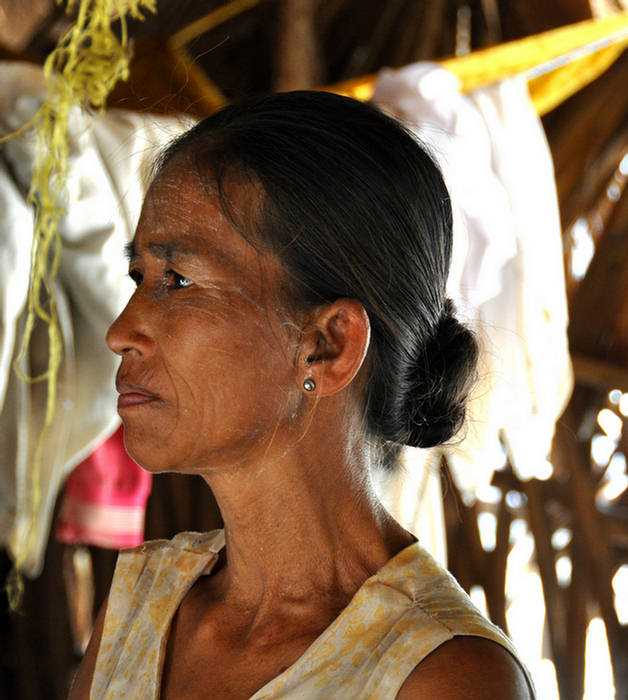
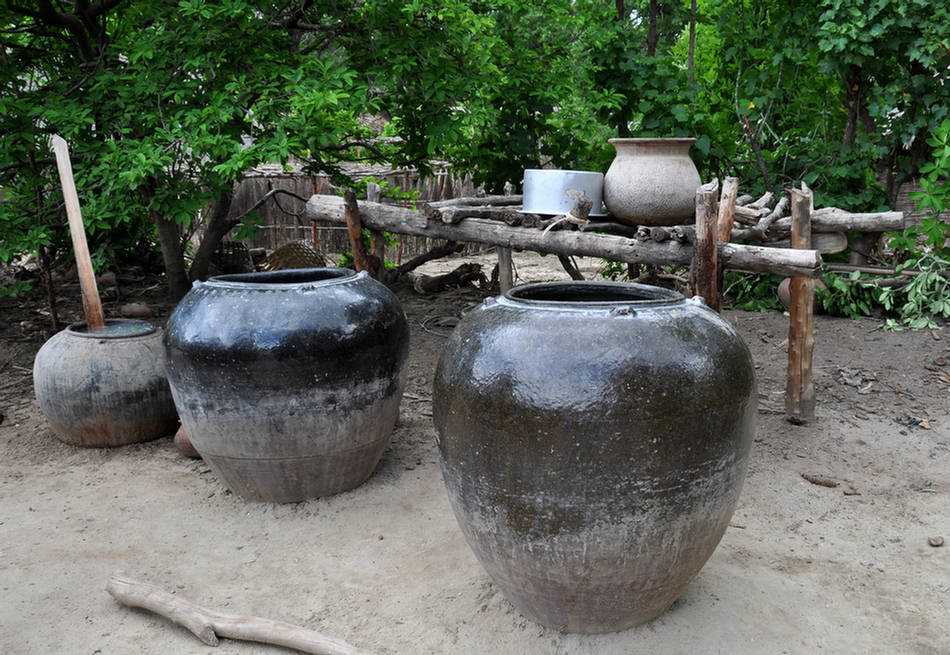
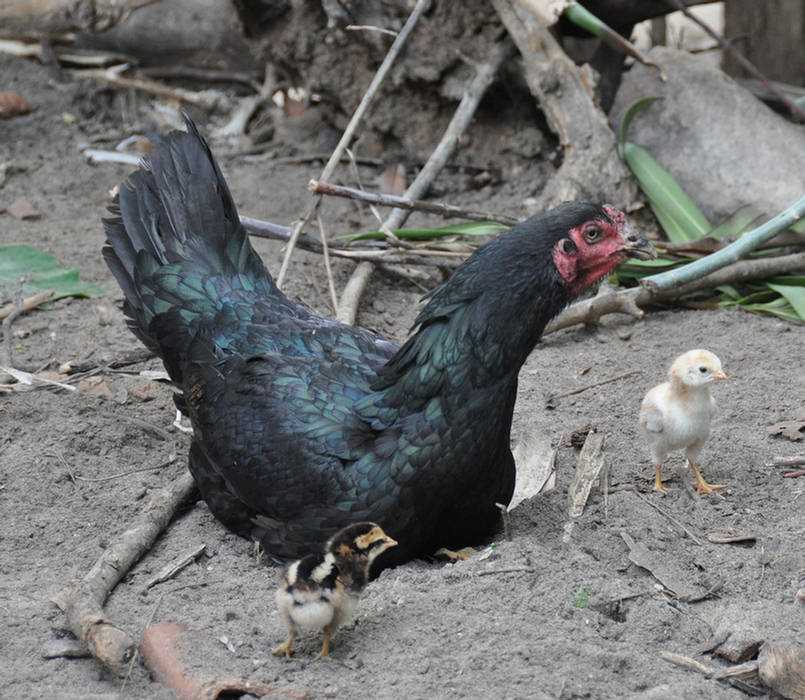
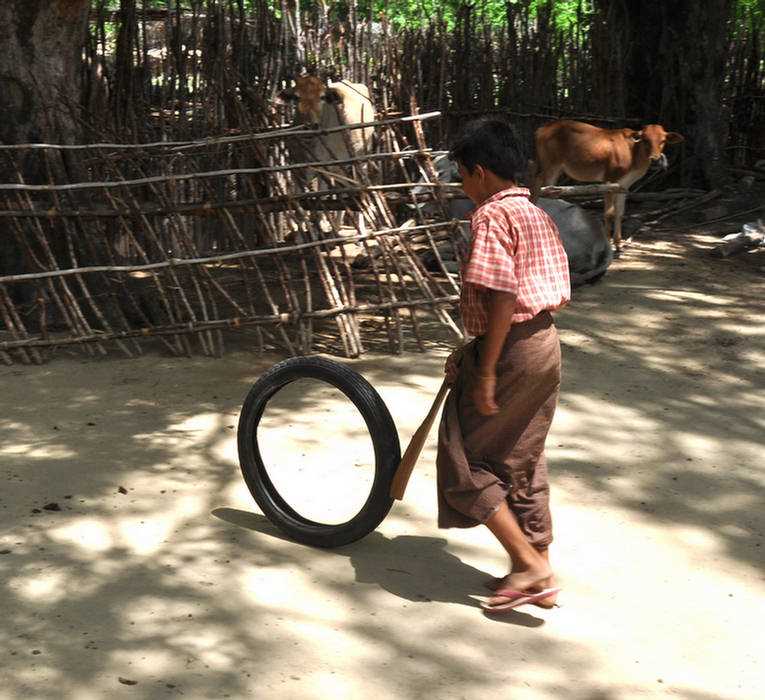
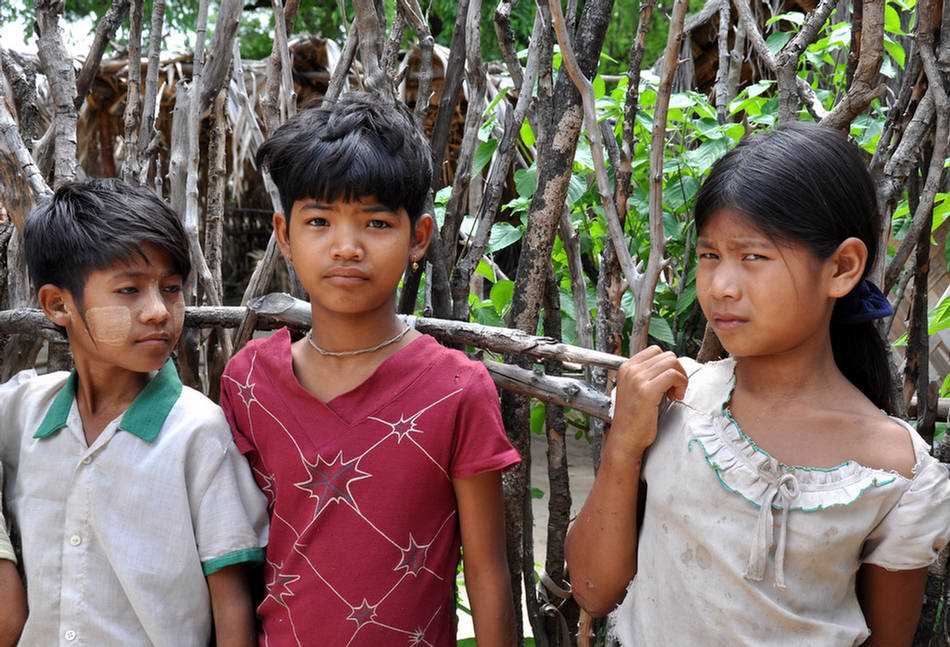
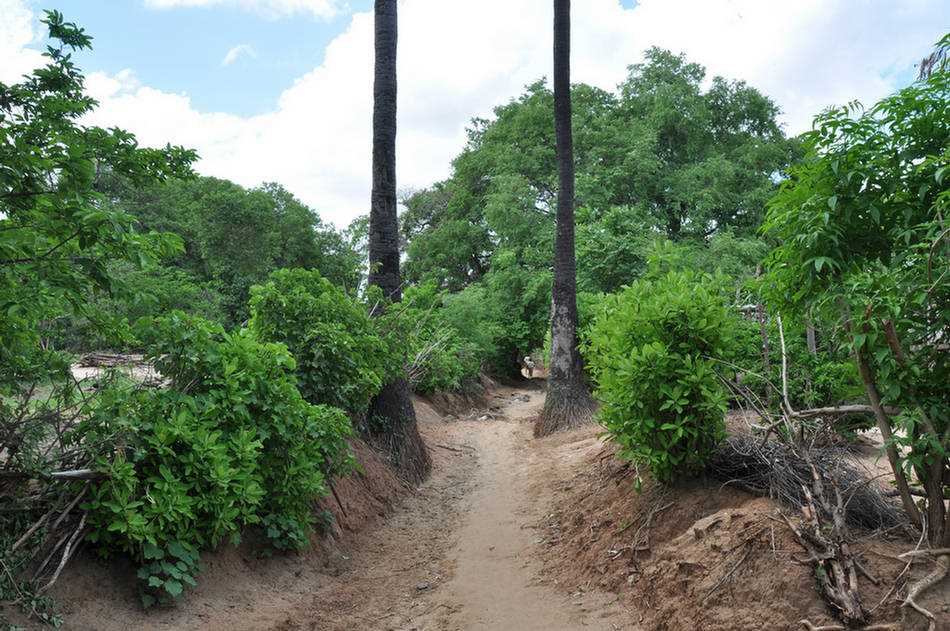

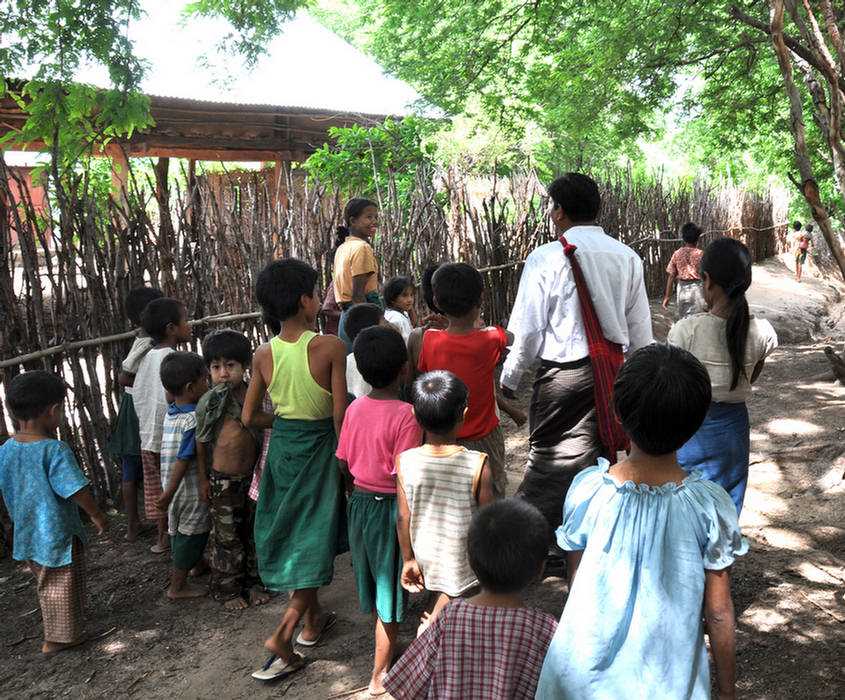
We were a bit like the pied-piper with a mob of children following us.
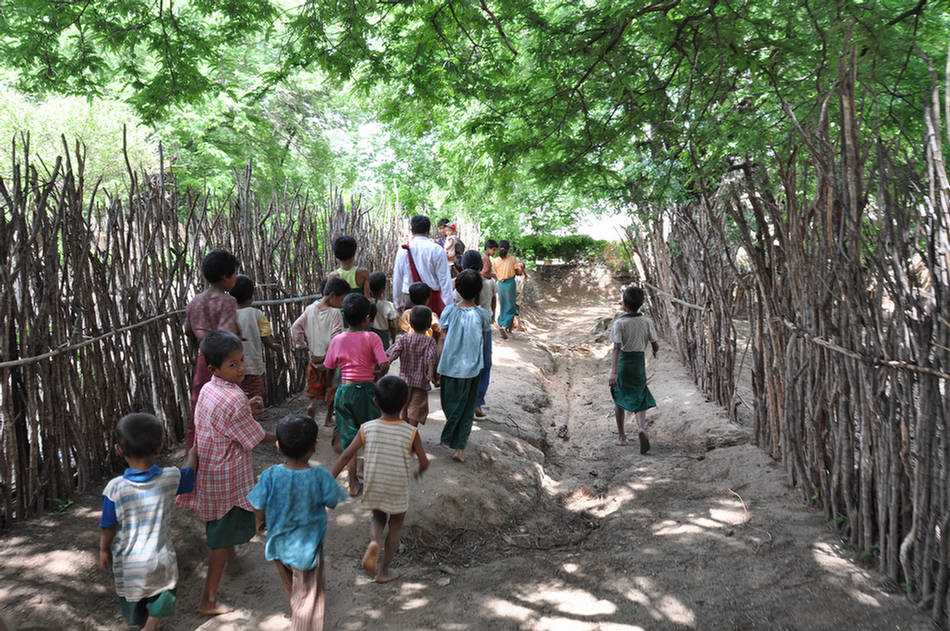

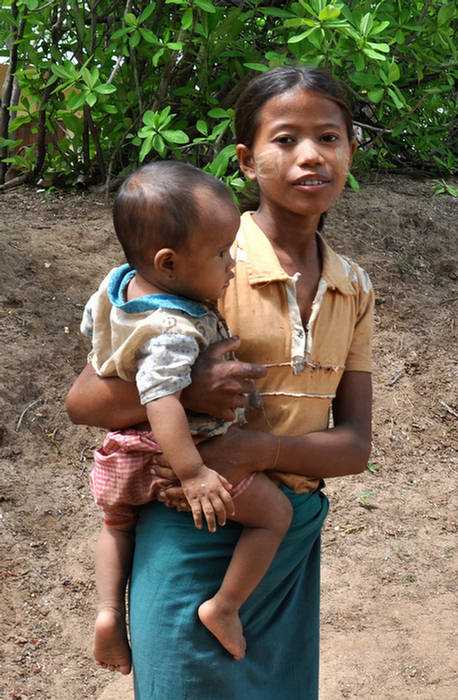
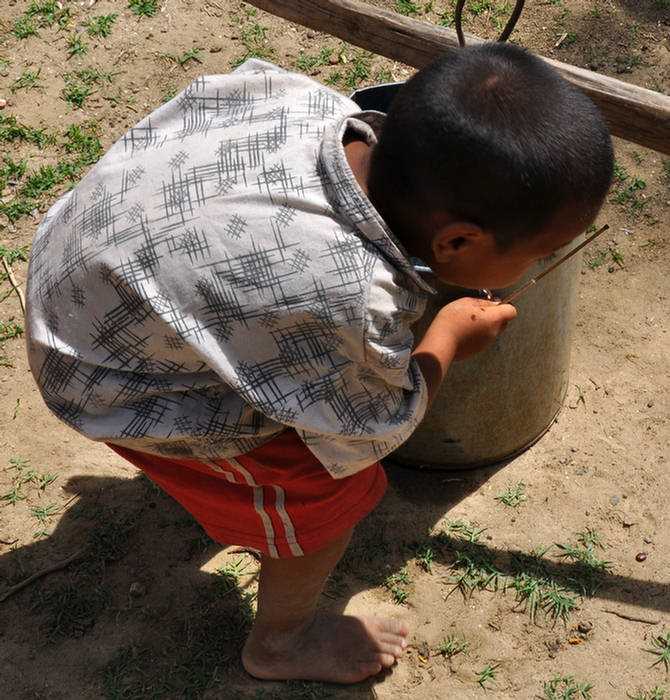
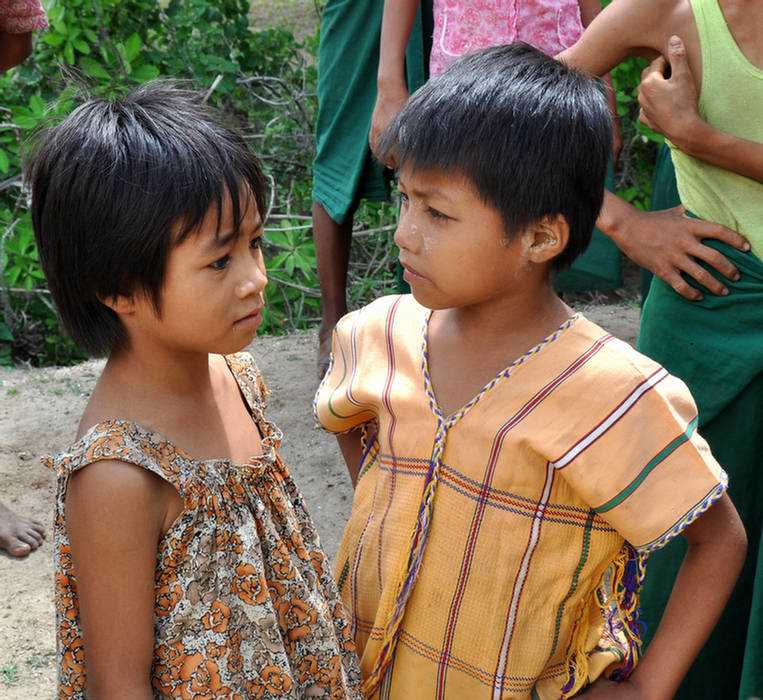
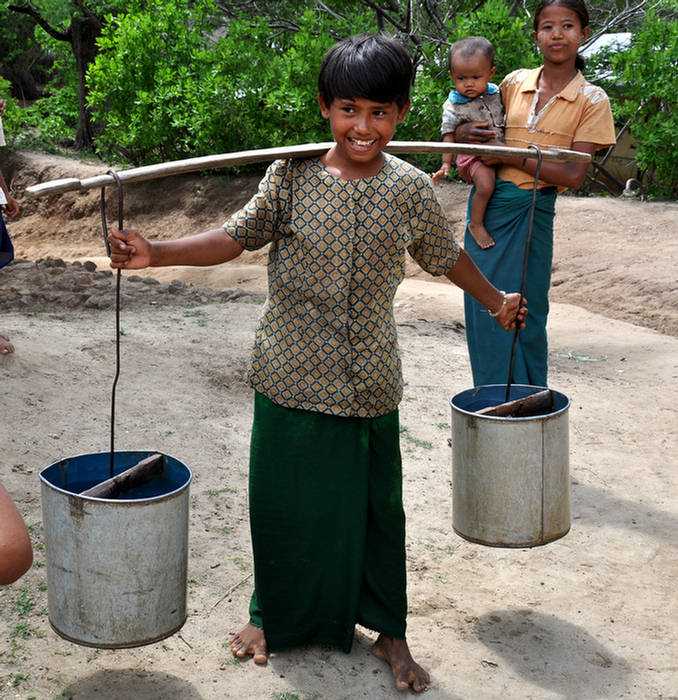
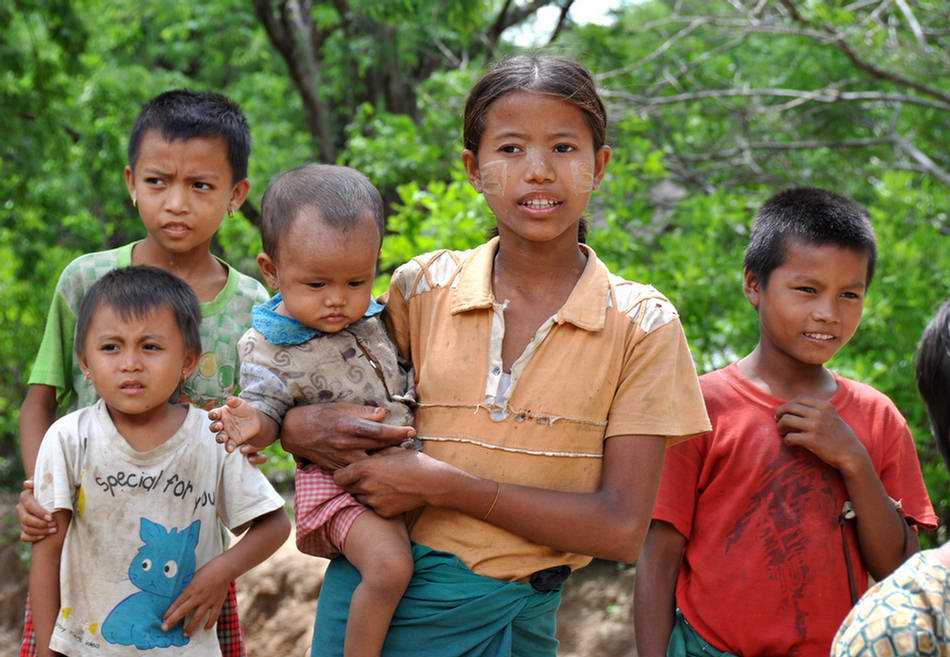
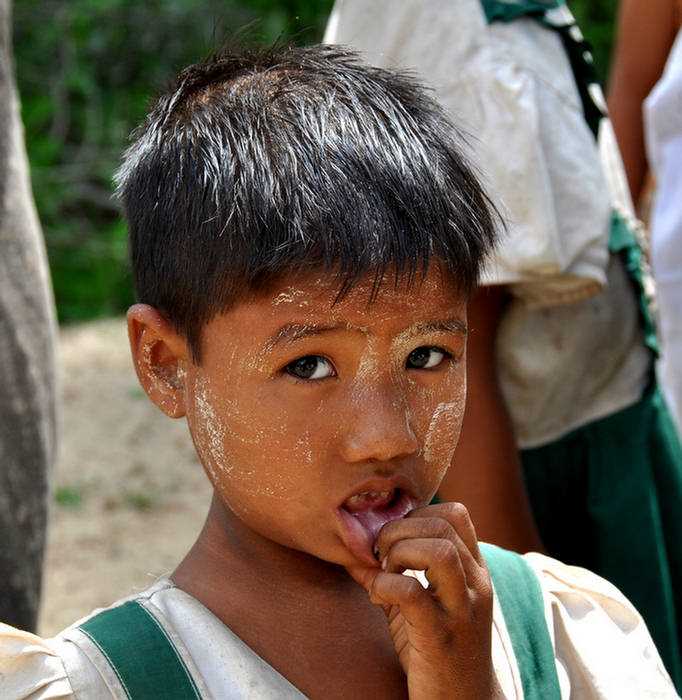

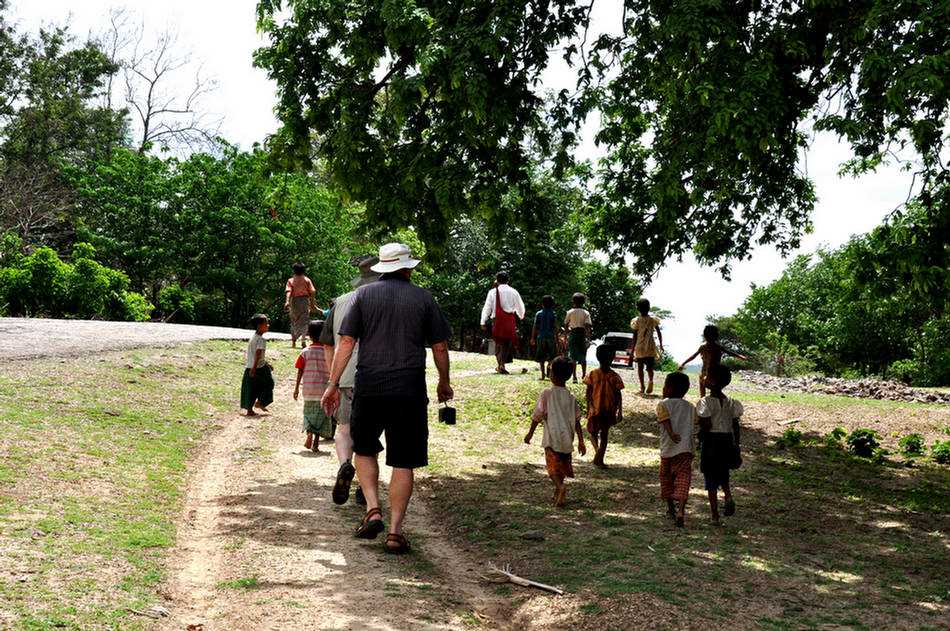
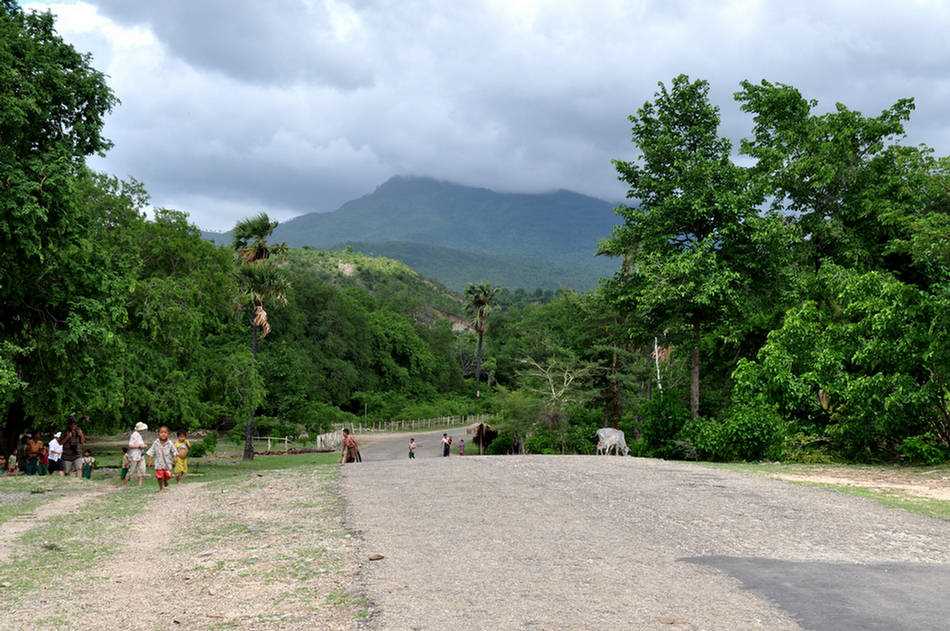

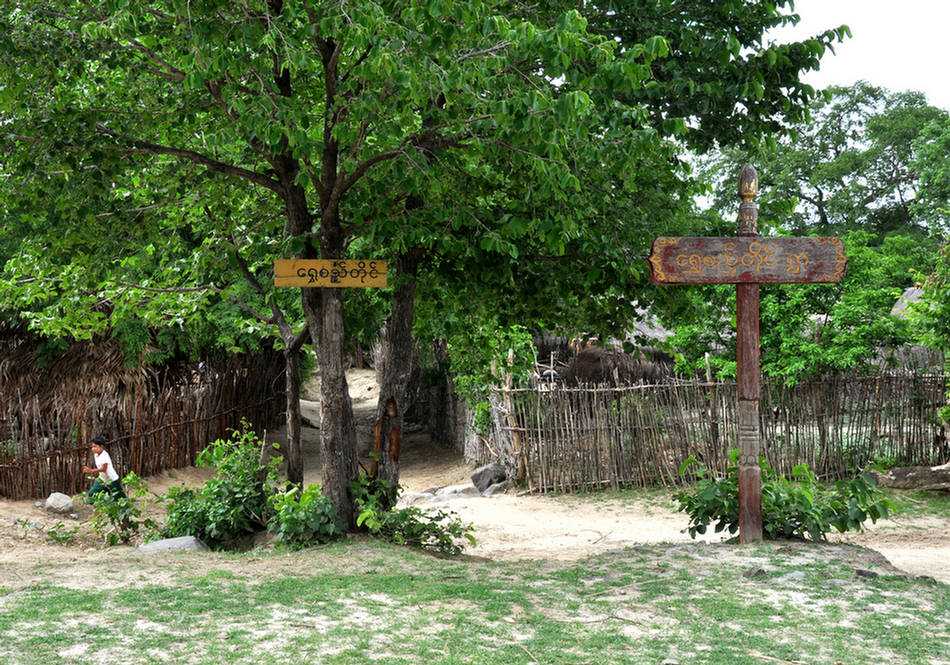


A great way to finish our sightseeing at Bagan.
Normally this tour would have travelled by ferry from Mandalay to Bagan down the Ayeyarwady River.
However we were visiting in the off-season and the ferry was not running, so we went in a mini-van.

The Bagan Plain
There are over 4000 pagodas, temples and stupas on the Bagan plain.
Some are now just piles of stone-work.
Bagan became the capital of Burma in 874.
Bagan's golden age ended in 1287 when the Kingdom and its capital city was invaded and sacked by the Mongols.












Tapestry remnants on the wall in this temple.









Scenes at Bagan market



























Shwezigon Pagoda
Construction of the Shwezigon Pagoda began during the reign of King Anawratha
and was completed during the reign of King Kyanzittha, in 1102.
The pagoda is believed to enshrine a bone and tooth of Gautama Buddha.












Wetkyi-in Temple, which has an Indian-style spire, was built in the early 1200s.


Nwar Pya Gu Temple was also built in the 1200s.
We were able to climb it for the view over the Bagan plain.














Htilo Min Lo Temple
This large temple was built by King Nantaungmya in 1218.






Nyi Nyi, our tour leader, pointing out a fertility Buddha.



There were some intricate plaster carvings inside the temple.


As well there were inticate carvings on the exterior sandstone.


We had a pleasant lunch at a restaurant overlooking the Ayeyarwady River.



Making lacquer boxes and other gifts.




Rubies everywhere ...



An old reprobate with some new friends in Bagan.



More temples, pagodas and stupas on the Bagan plain.
Temples are hollow usually with Buddhas inside.
Pagodas are solid structures with terraces.
Stupas are pagodas without terraces.
Manuha Temple.


This temple was built in 1059 by a Mon king named Manuha, who had been defeated
and brought to Bagan as a captive by Anawrahta.

Legend has it that Manuka constructed this temple to represent his displeasure at captivity.
There are bronze Buddhas on the pillars.


There is a huge reclining Buddha which seems too large for its enclosure
and said to represent the distress of the captive king.


It is said that the reclining Buddha, in the act of entering Nivana has a smile on its face,
showing that for Manuka, only death was a release from his suffering.











We climbed Myazedi Temple for a another great view of the Bagan plain.










Ananda Phaya
Ananda Phaya is one of the finest, largest, best preserved and most revered of the Bagan temples.
It suffered considerable damage in the 1975 earthquake but has been totally restored.
It is thought to have been built around 1105 by King Kyanzittha.

The ground plan of the temple and its entrance ways makes a perfect Greek cross.

Amongst more than 4000 Buddhas inside there are 4 large Buddhas.




A small fertility Buddha has been polished by many hands.









More temples on the Bagan plain.

Our last pagoda for the day was She San Daw Paya which we climbed to view the sun setting over the Bagan plain.
Shwe san Daw was built in 1057 by King Anawwrahta.
It was a steep climb to the top.














During the day we had been followed by some very pretty teenagers trying to sell us souvenirs.
They were friendly and loved having their photos taken.










The end of a great day on the Bagan plain ... many, many temples!
Palm sugar, wine, spirits and face cream are some of the products made from the palm tree.










The cream is used for make-up as well as a sunscreen.


Grinding seeds into sesame oil.

Mt. Popa
At Mt. Popa there is a Buddhist monastery on the summit of a rocky crag.
The outcrop is a volcanic plug.
The name Popa is believed to come from the Sanskrit word "popa" meaning flower.

There were 777 steps along a covered walkway to the top.

Nats are spirits worshipped in Myanmar in conjunction with (and pre-date) Buddhism.
Much like sainthood, nats can be designated for a variety of reasons, including those only known in certain regions.
Nat worship is less common in urban areas than in rural areas.











Which one is the monkey?





Yes, I saw lots of temples and rice paddies in Myanmar,
but the highlight of the trip for me was walking through the villages.
Particularly, this village near Bagan.
We were met by genuinely friendly, smiling children and adults.
They were pleased to see us and did not have their hands out asking for anything.


































We were a bit like the pied-piper with a mob of children following us.















A great way to finish our sightseeing at Bagan.